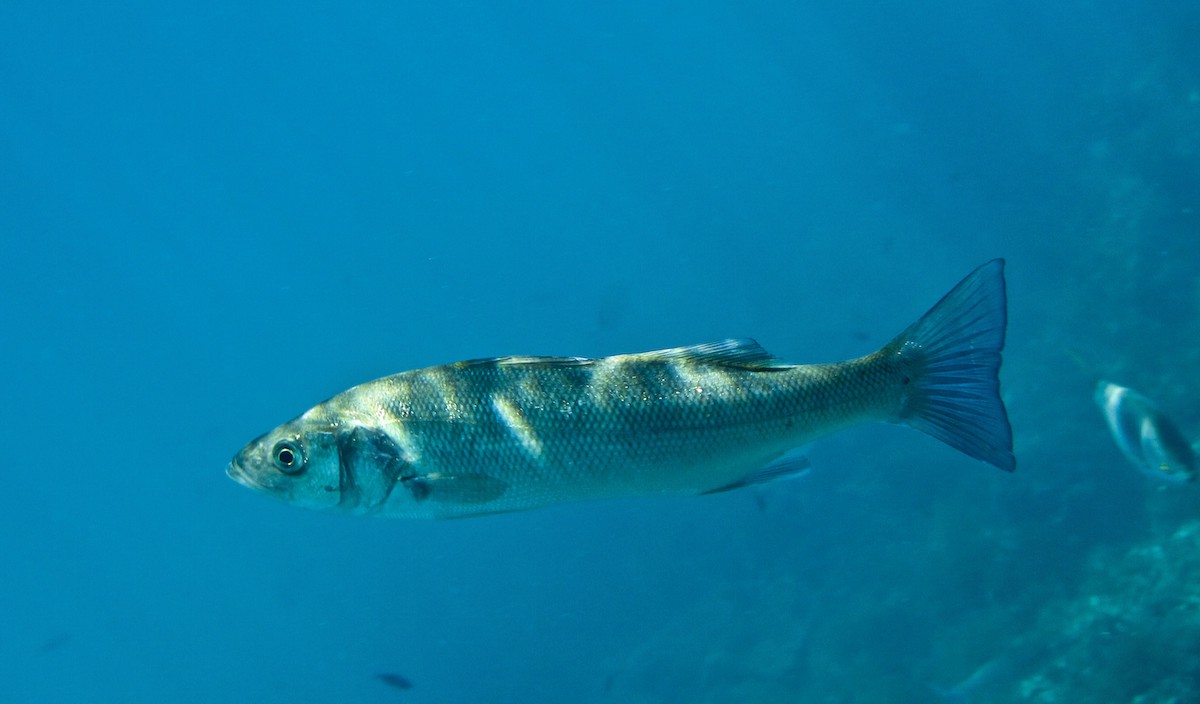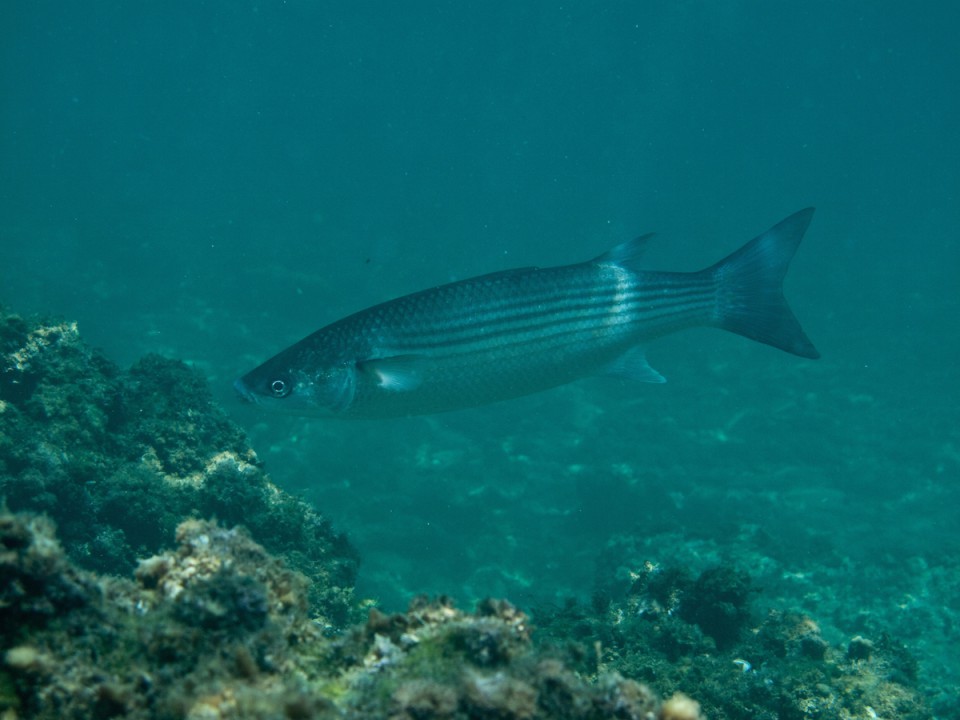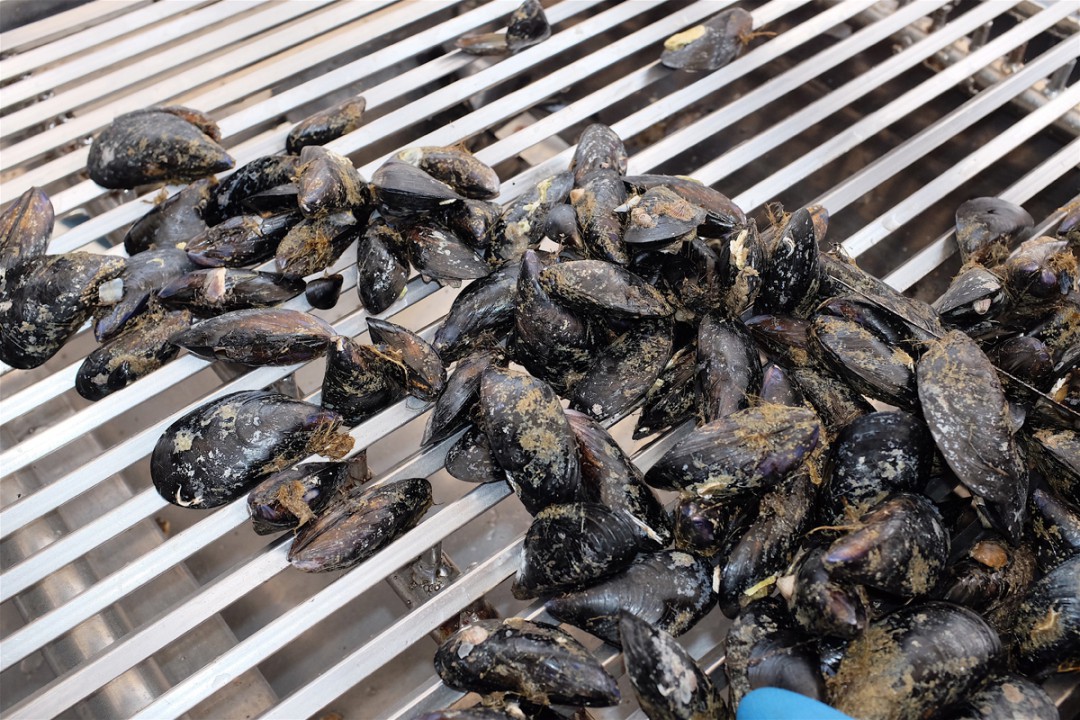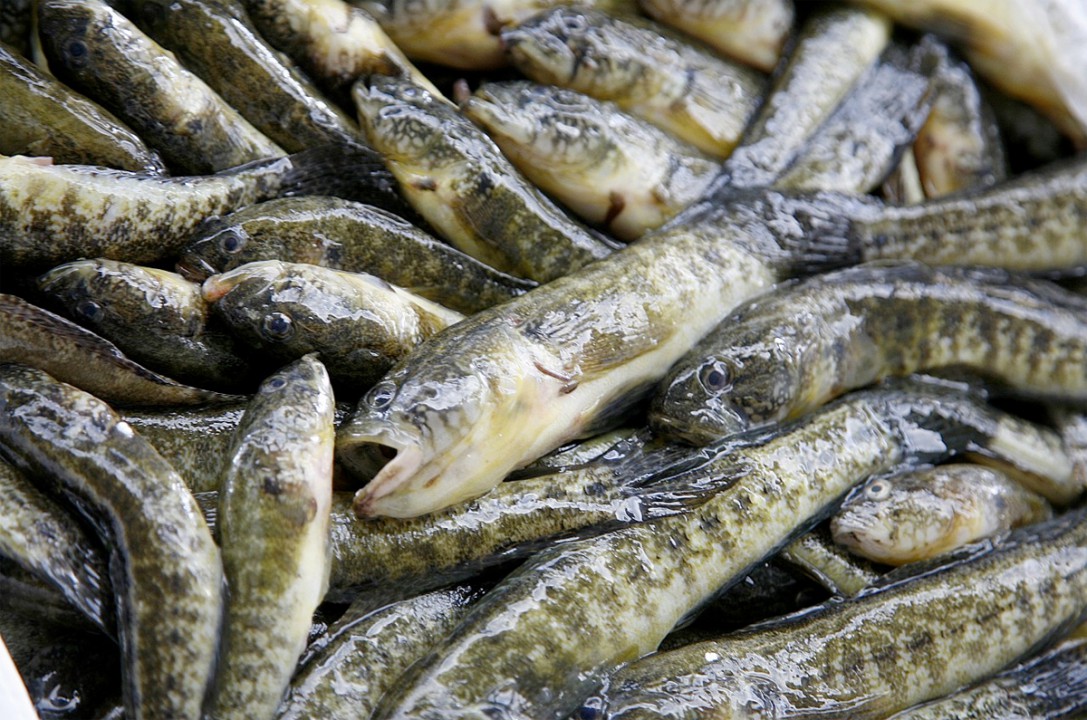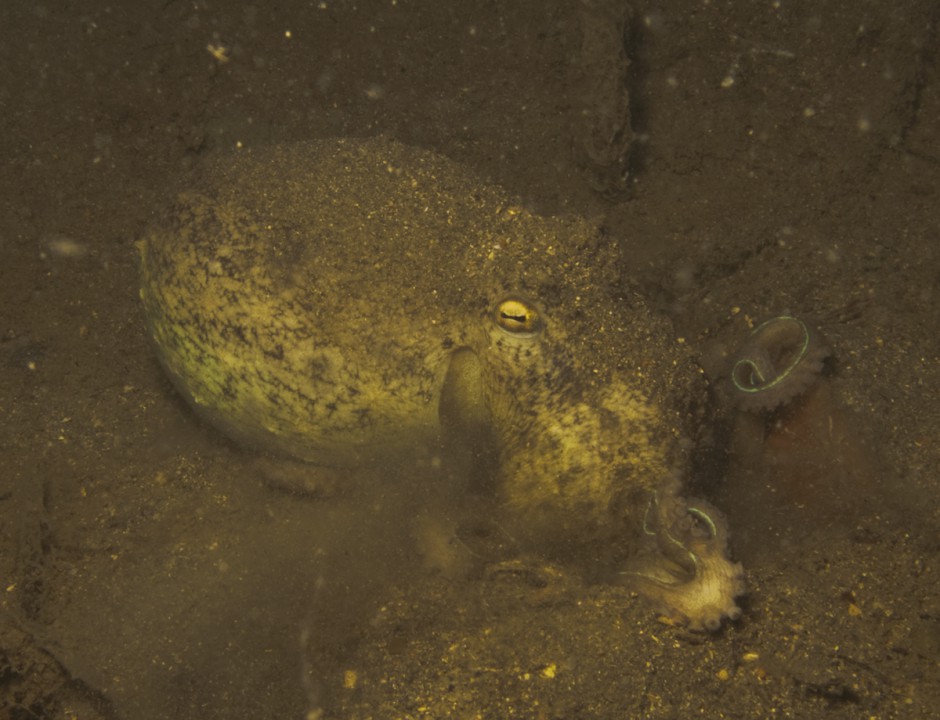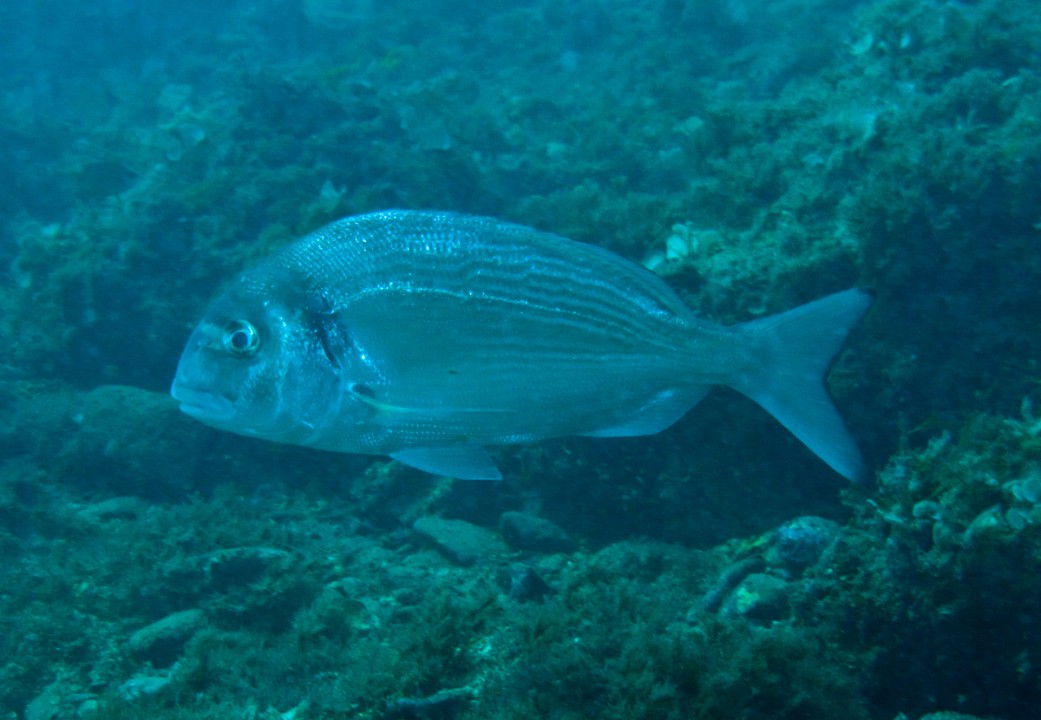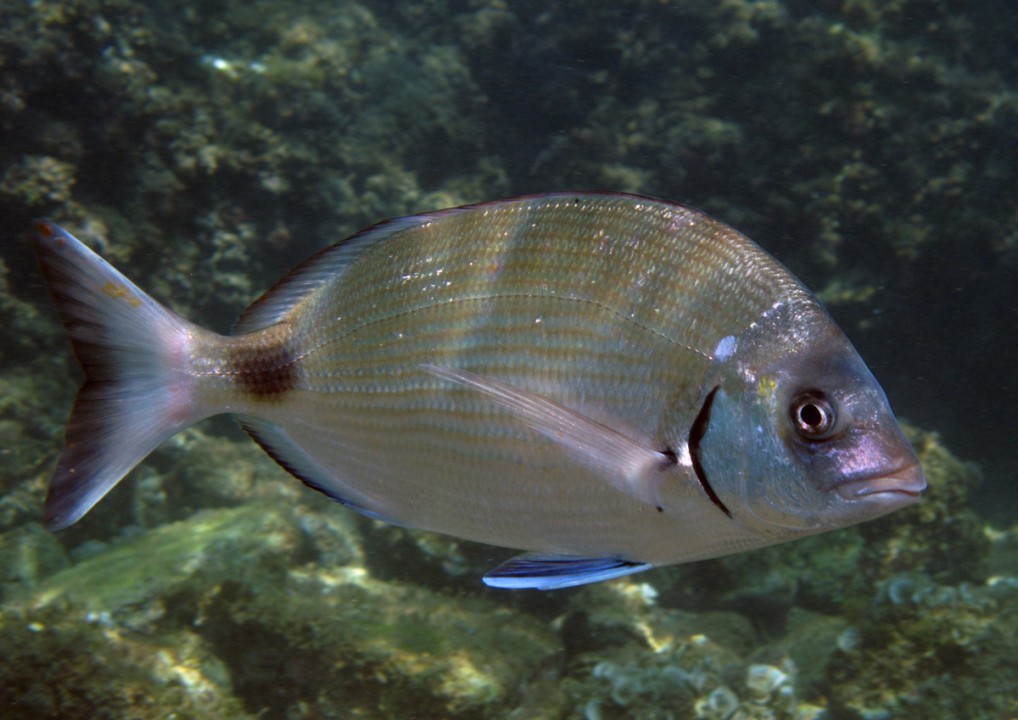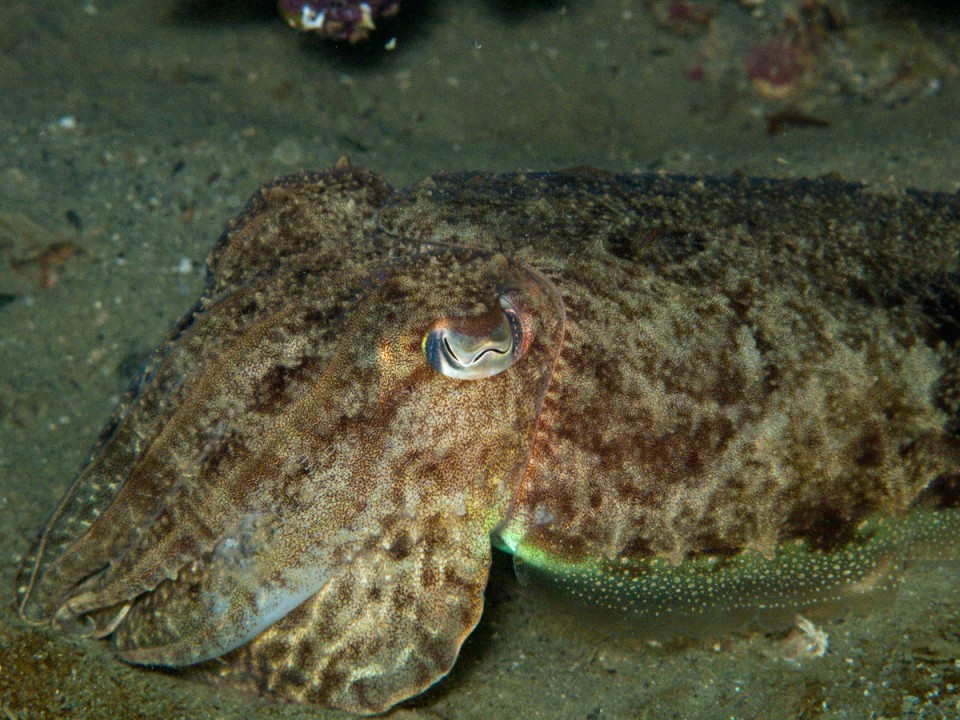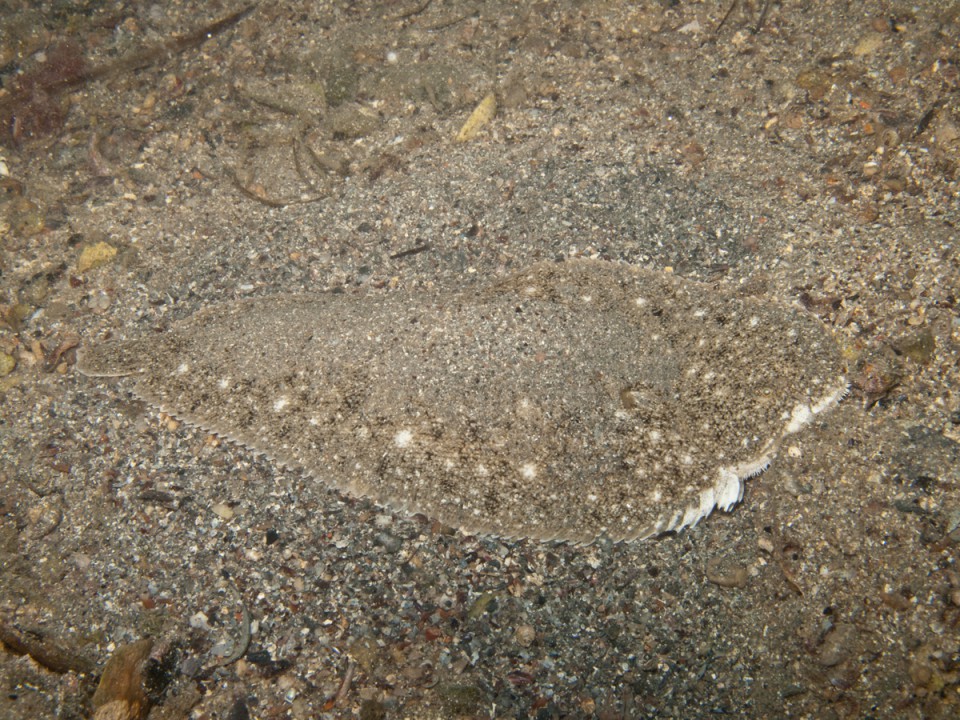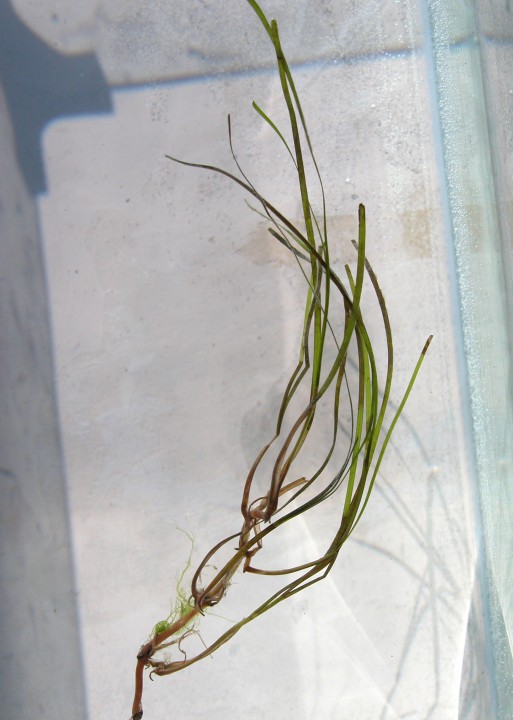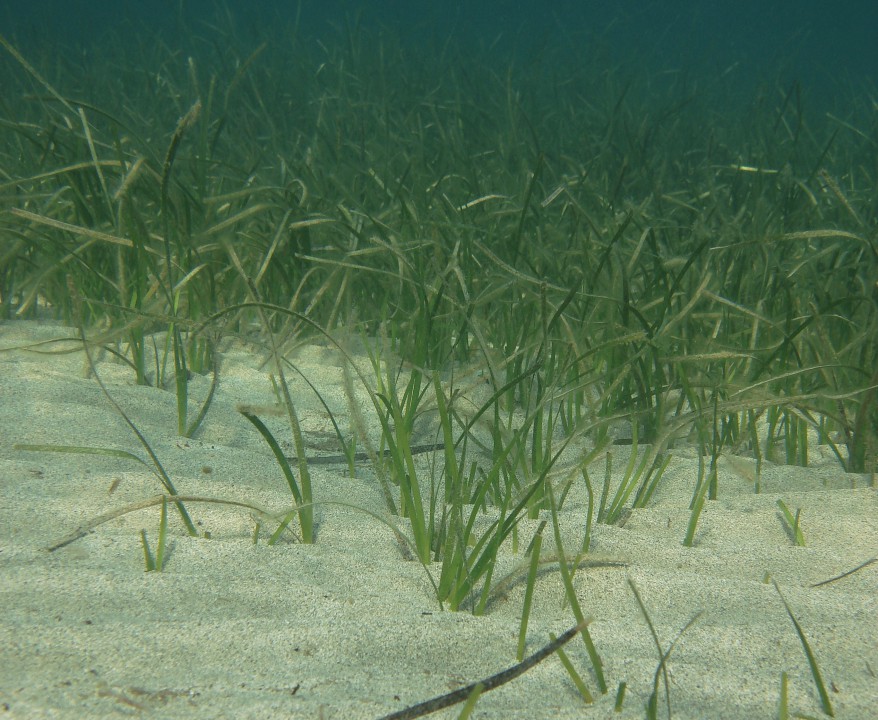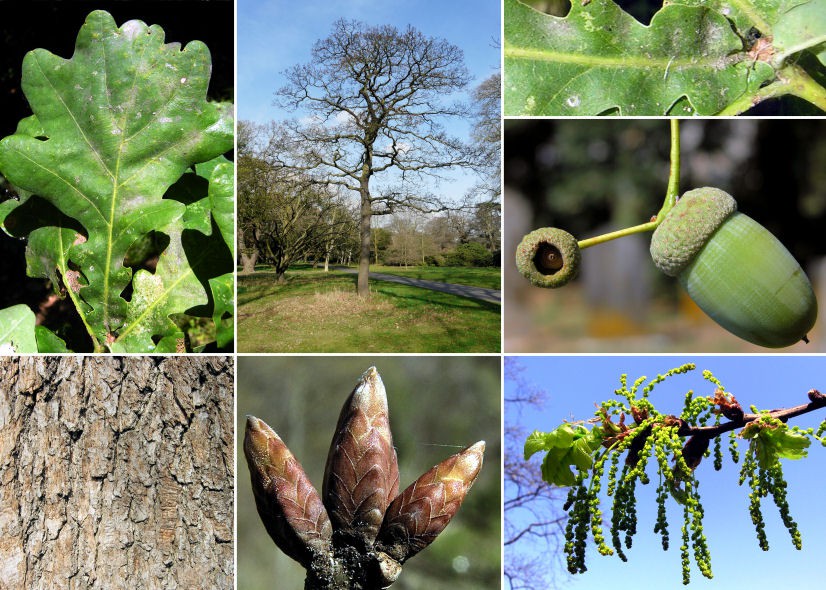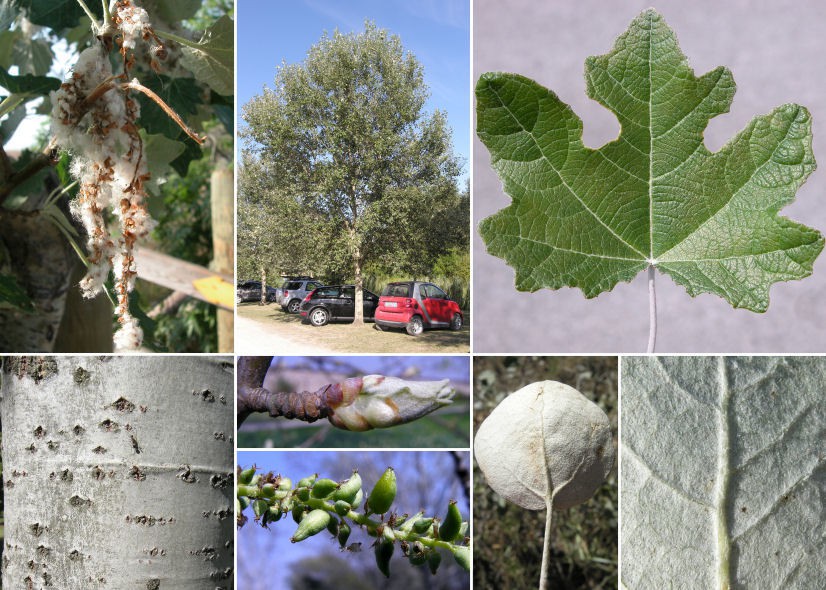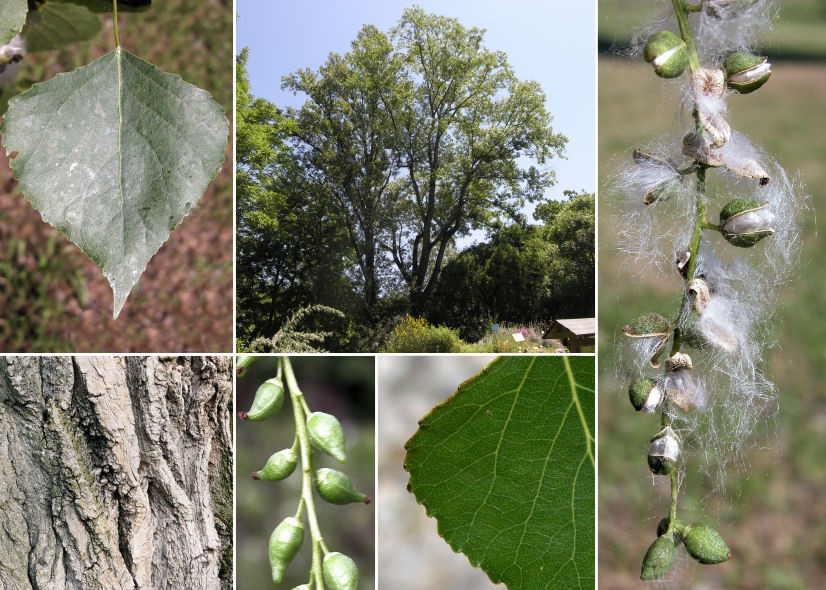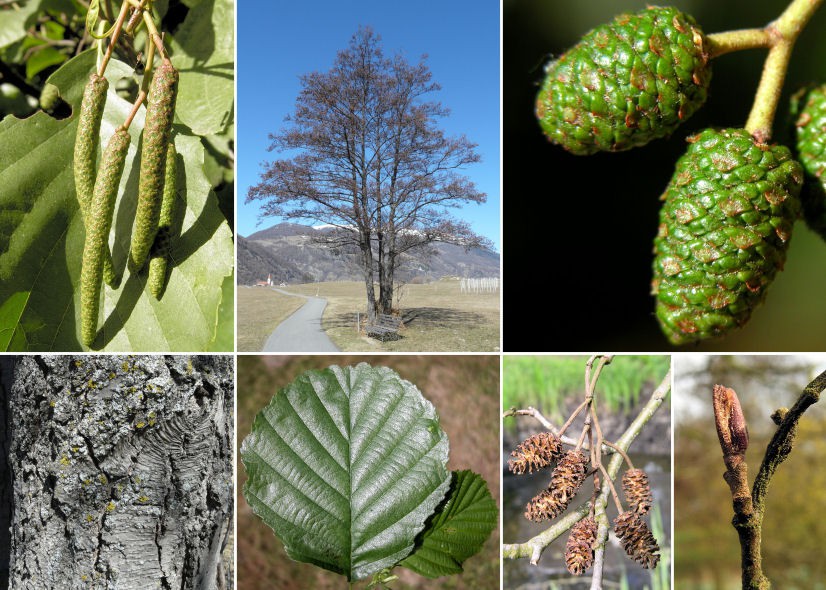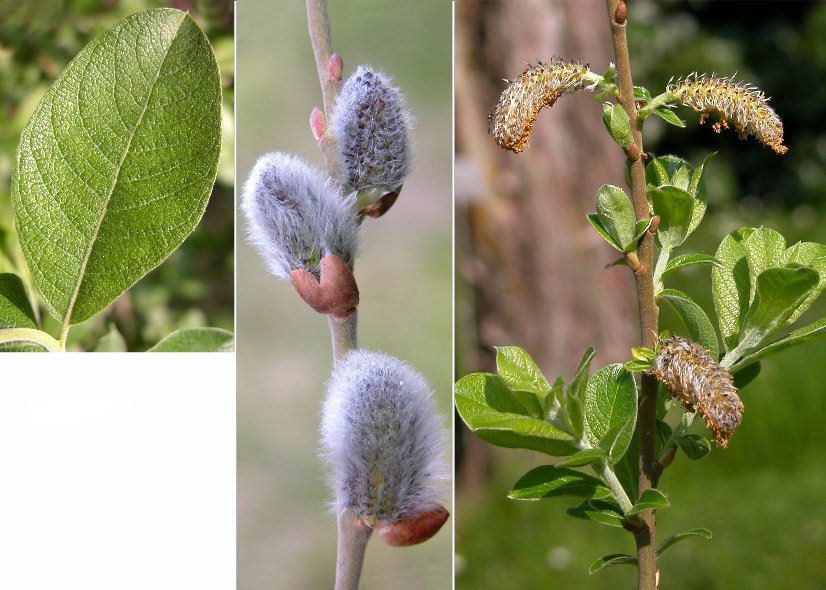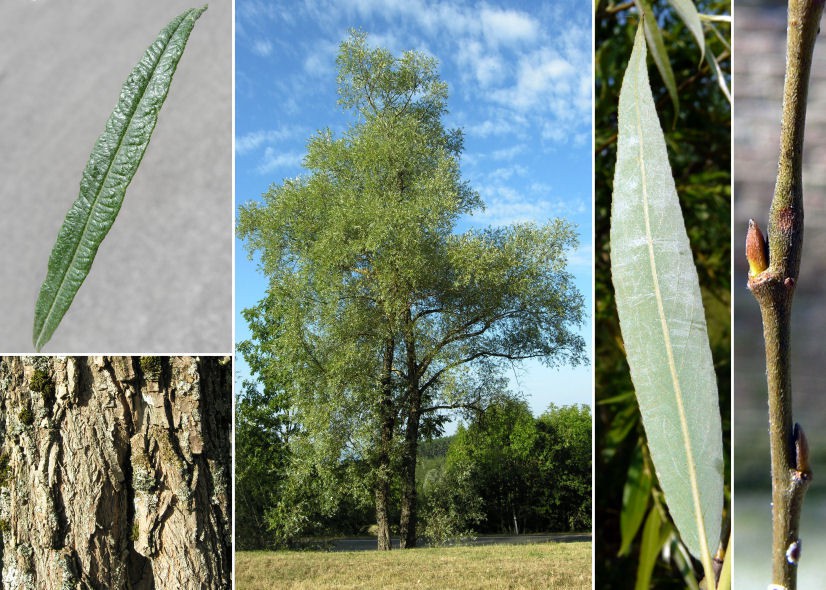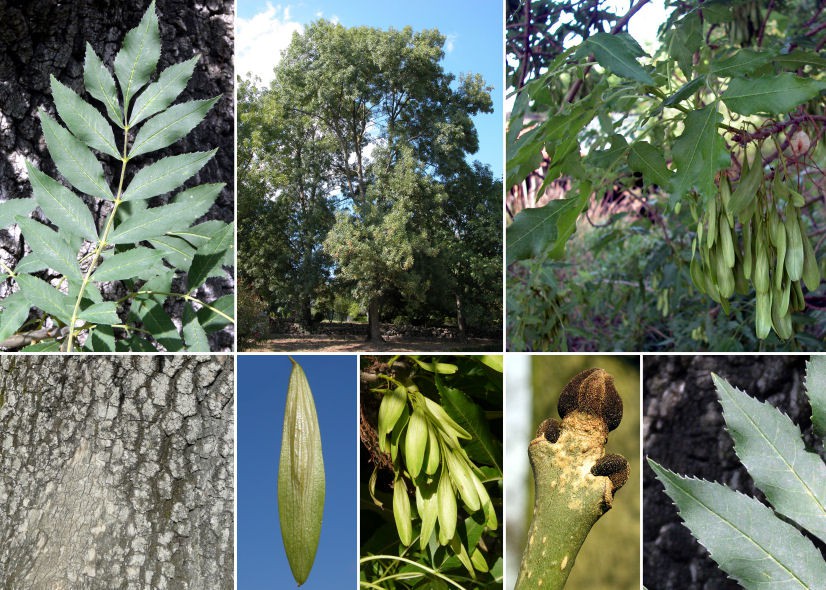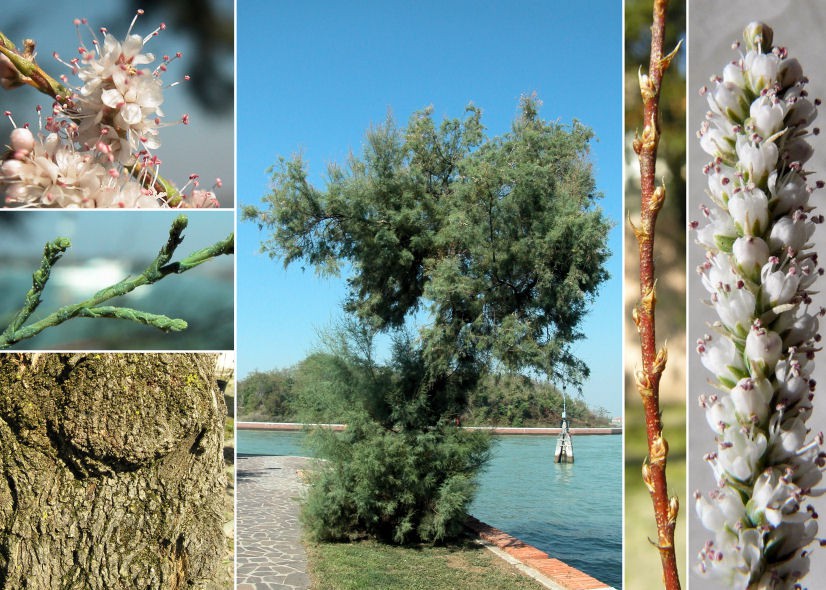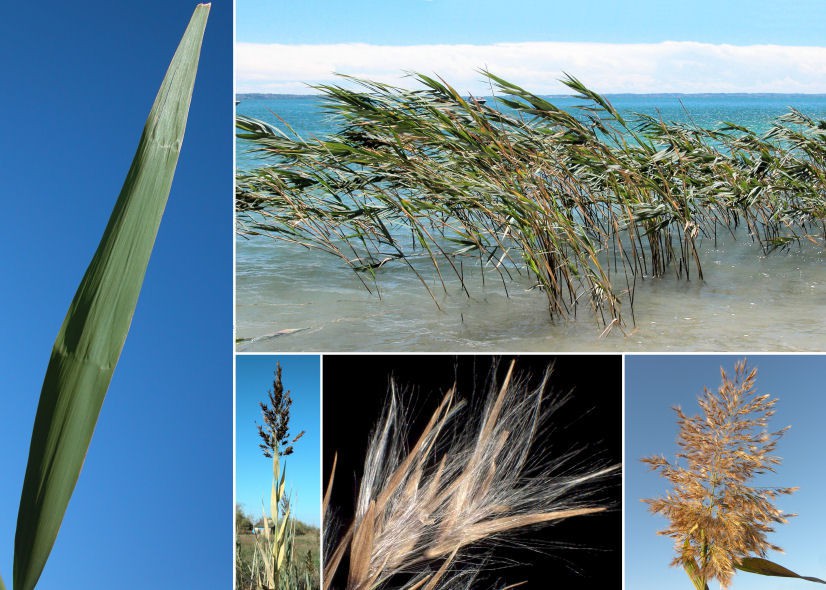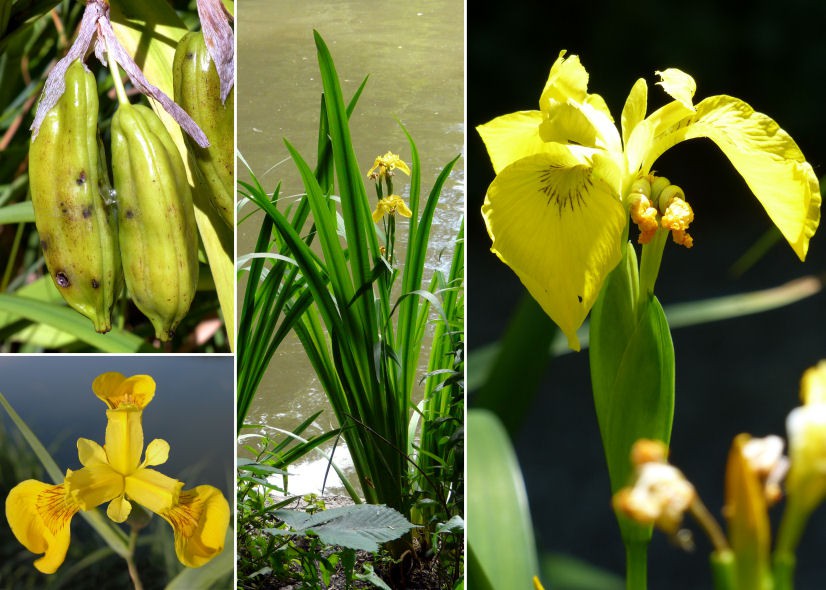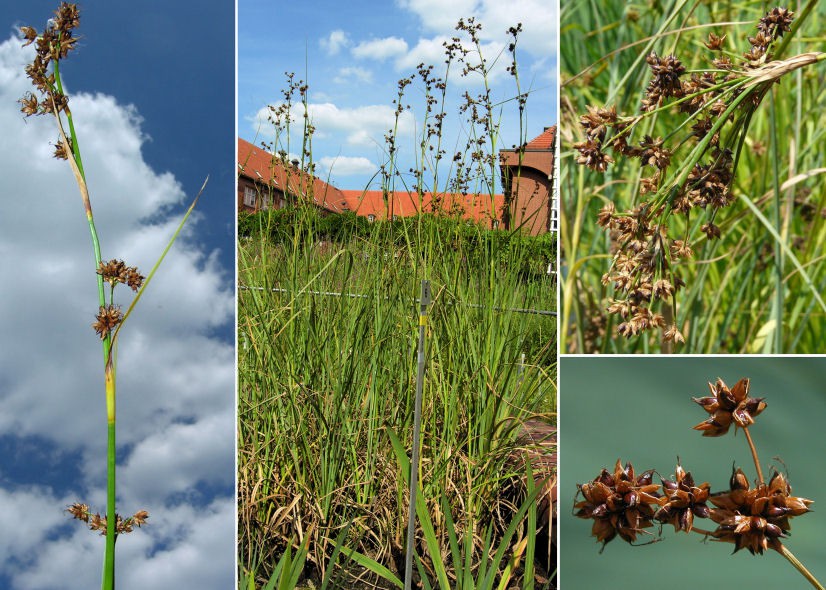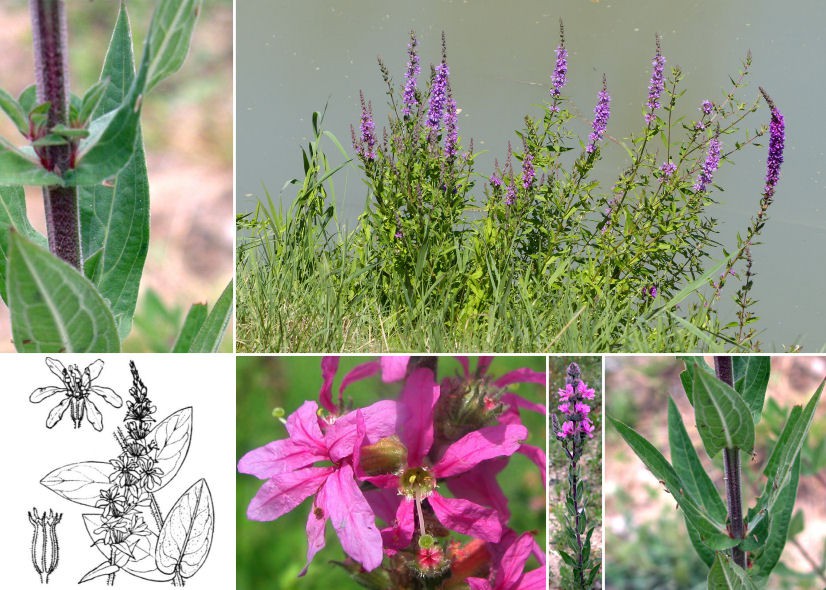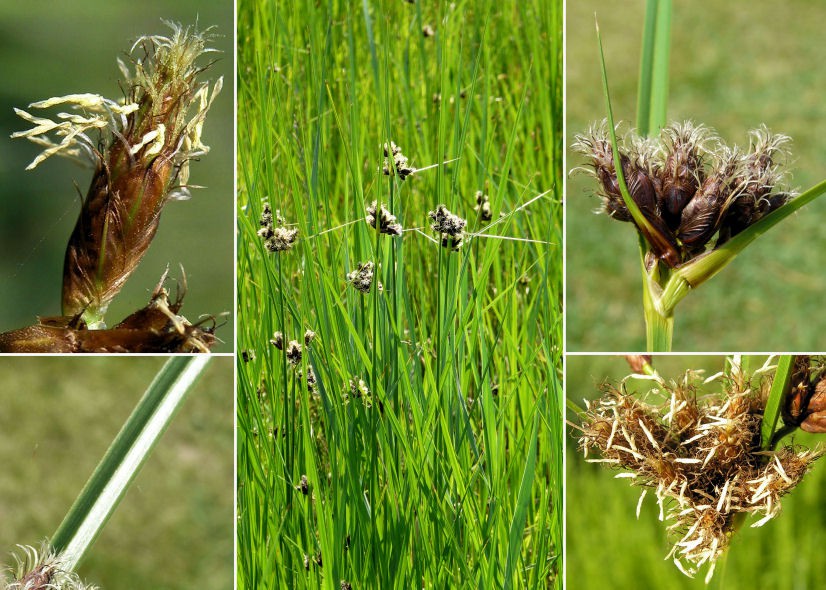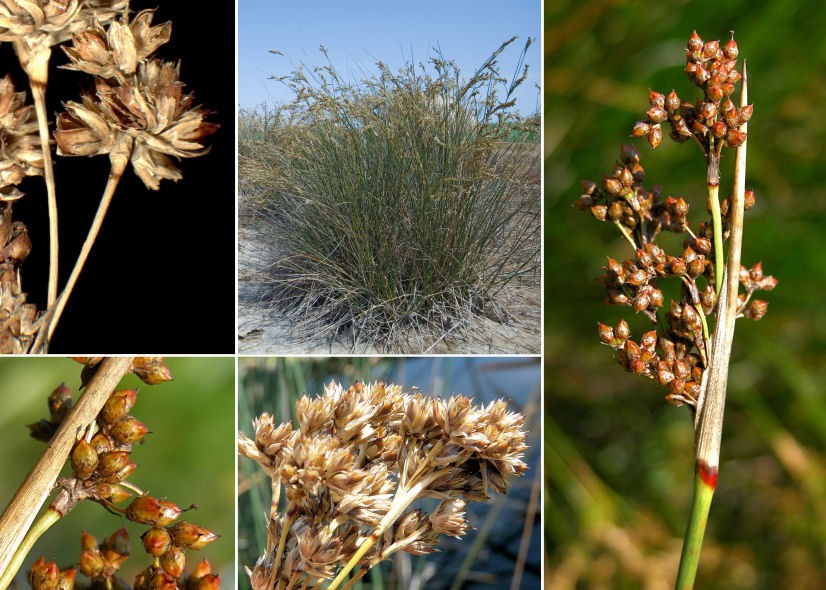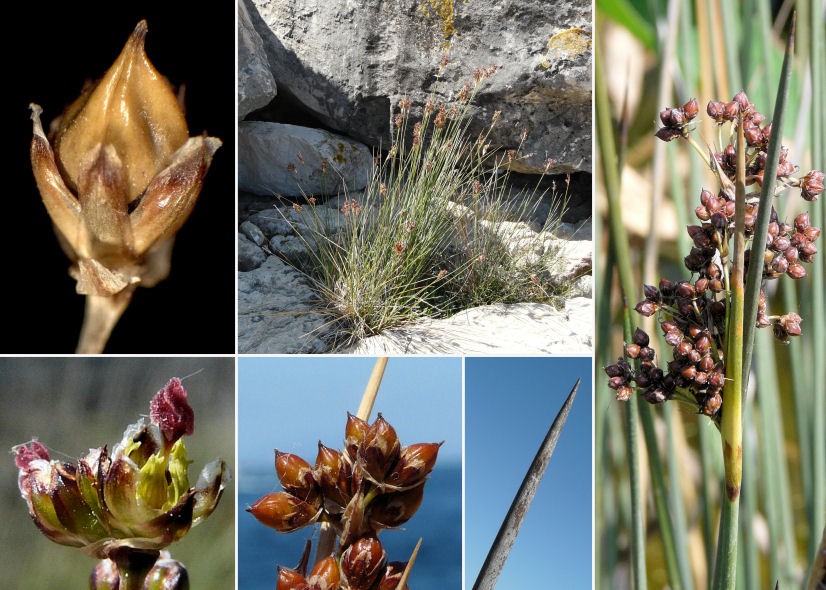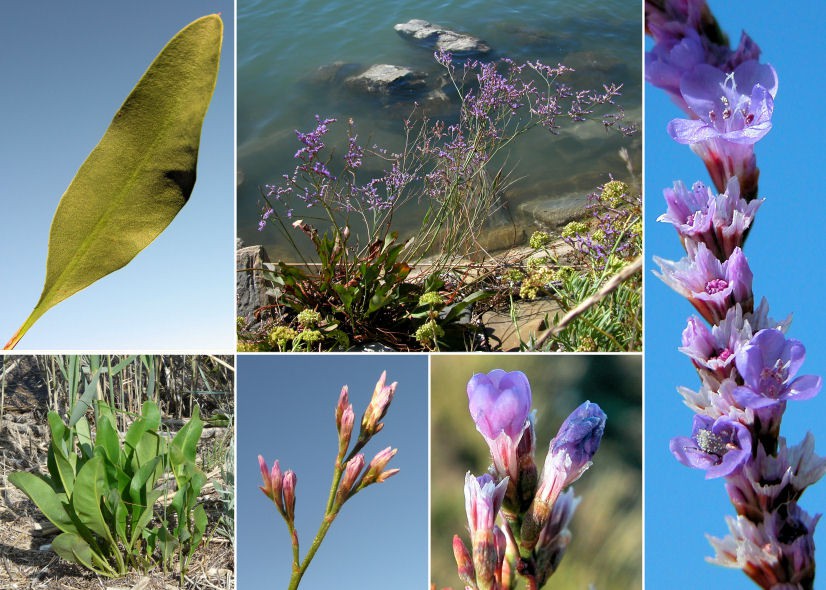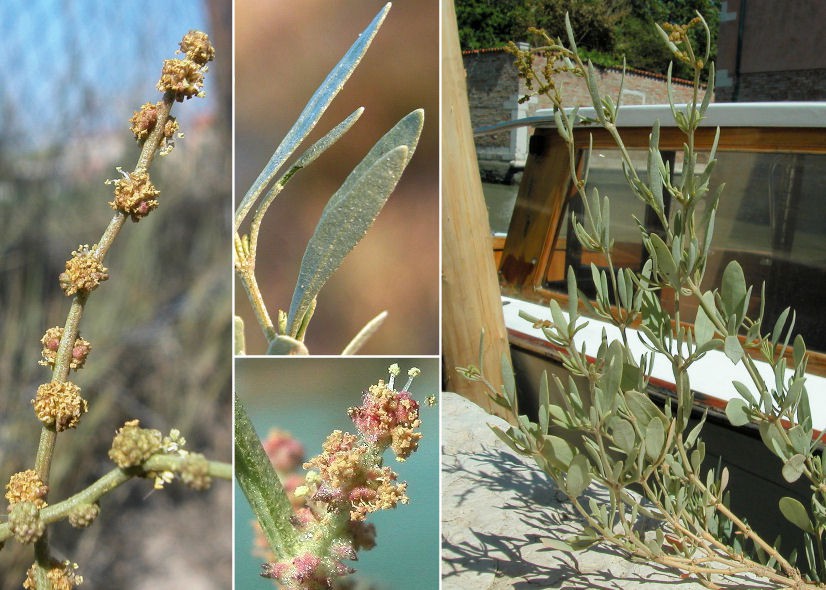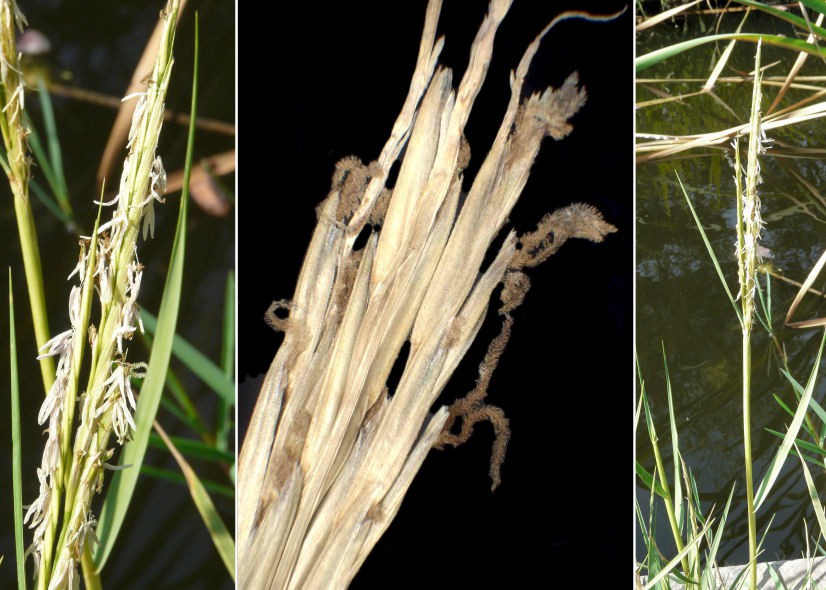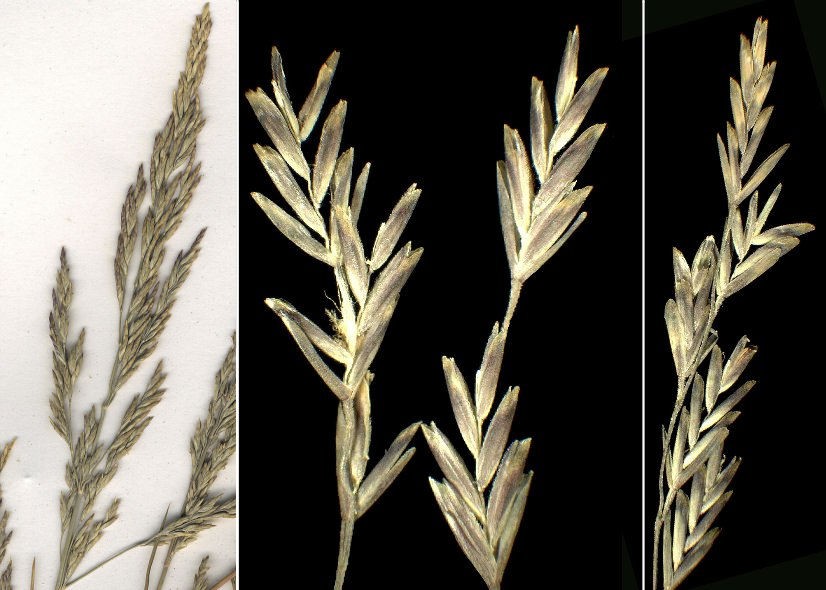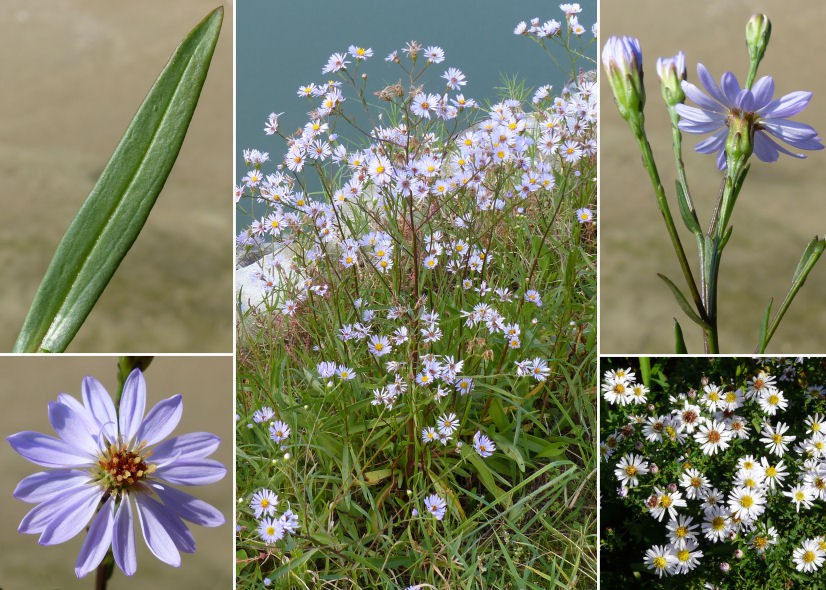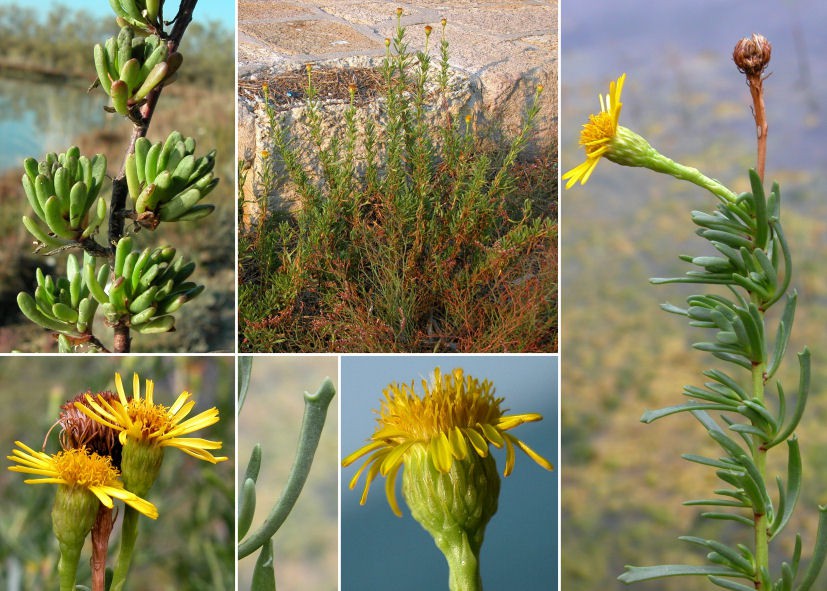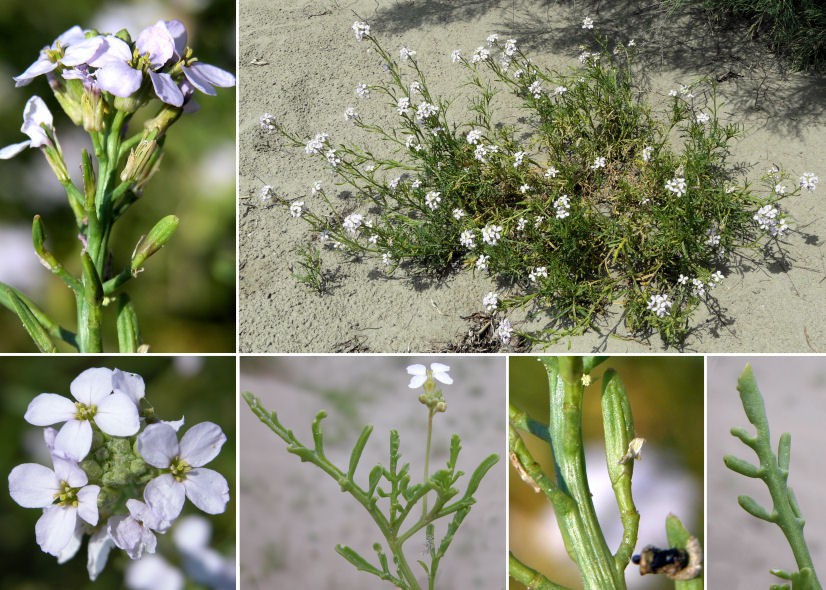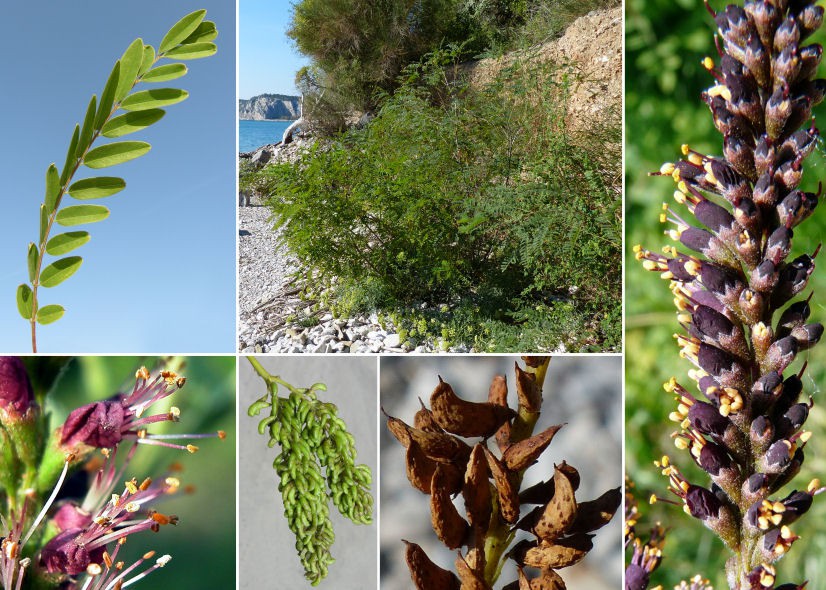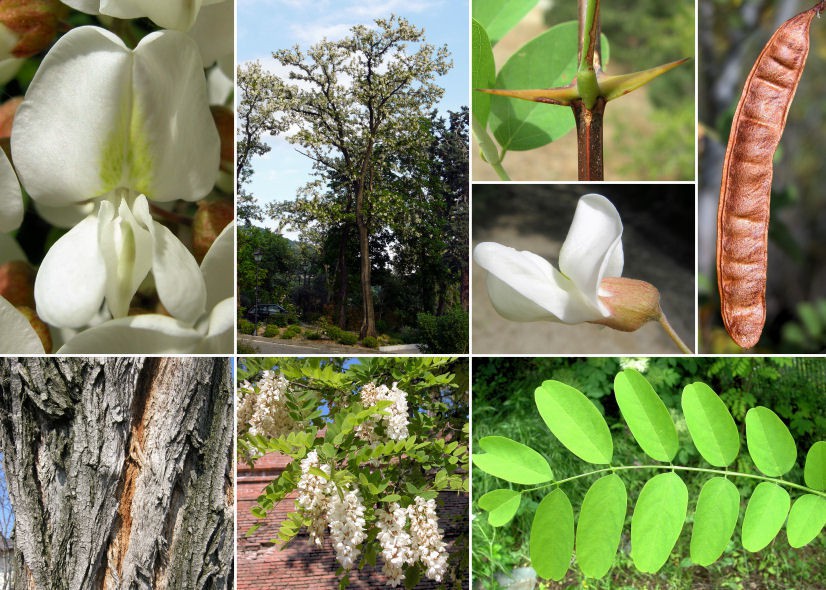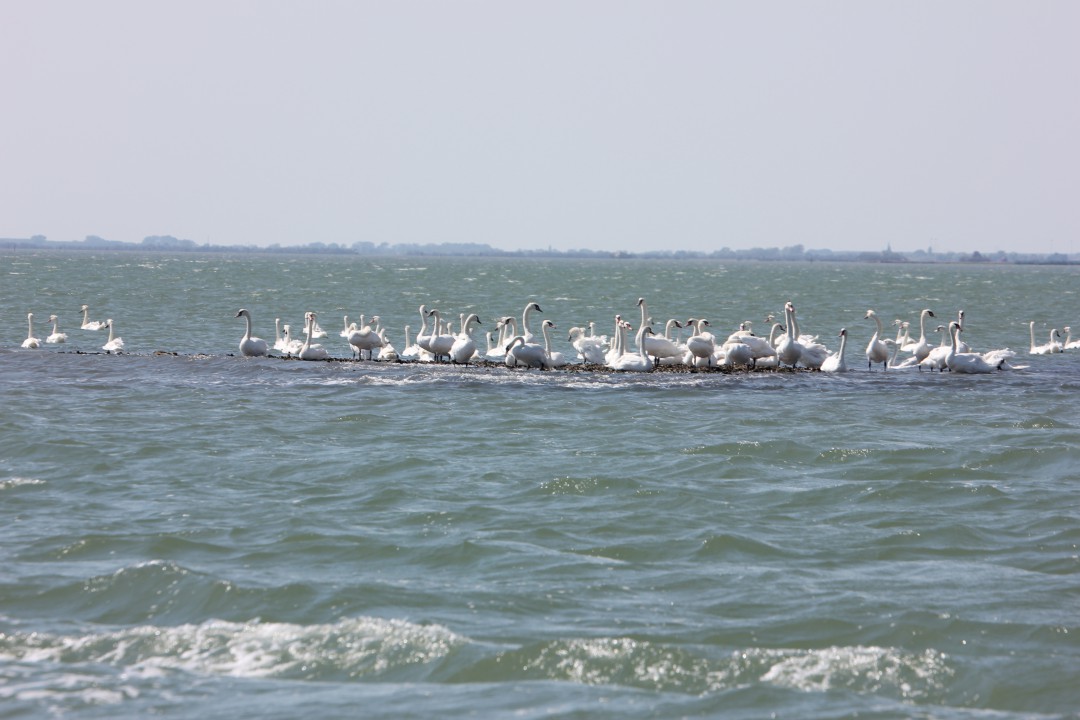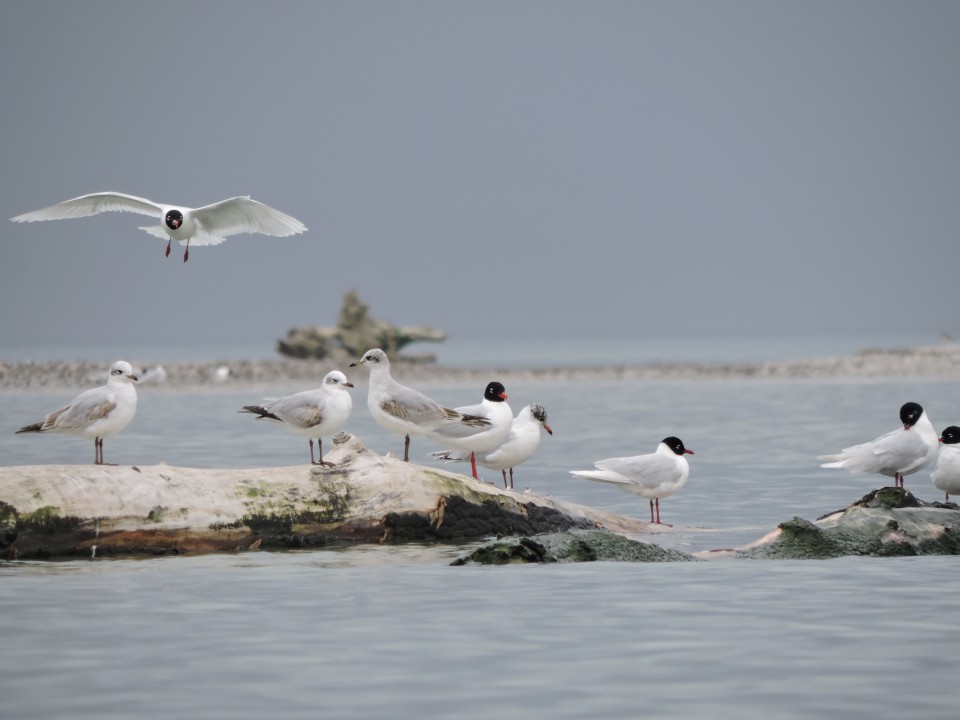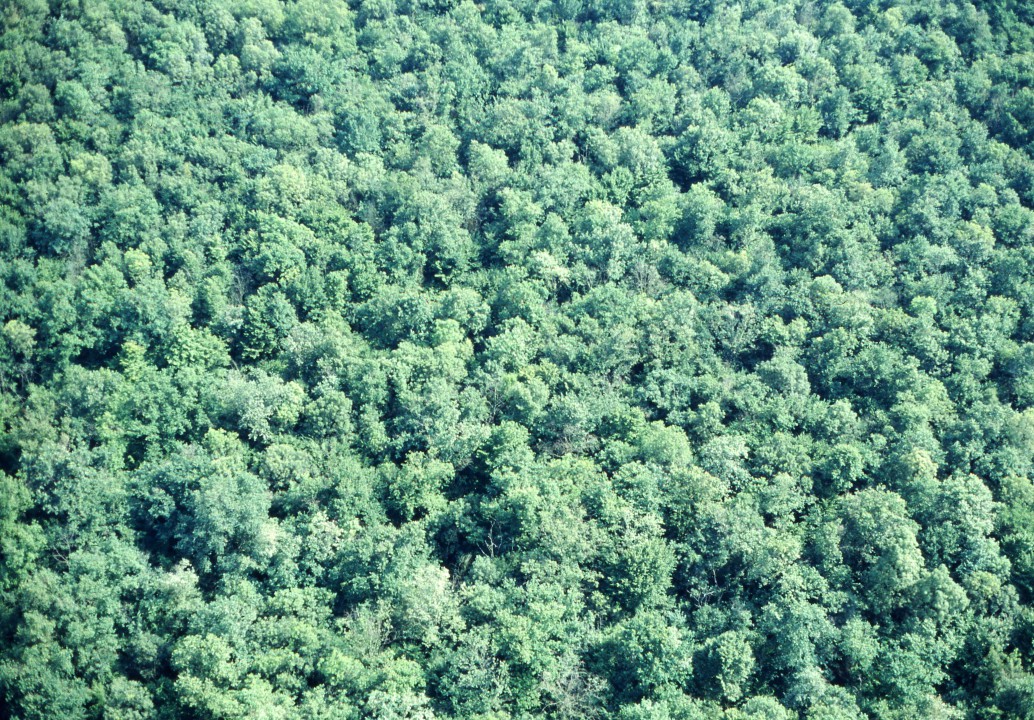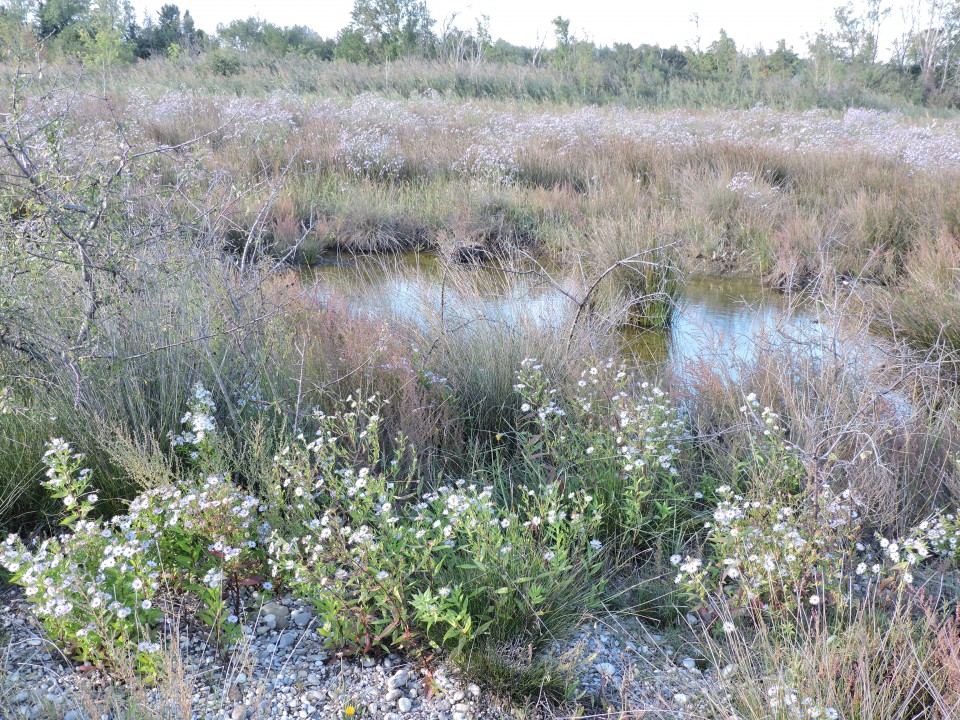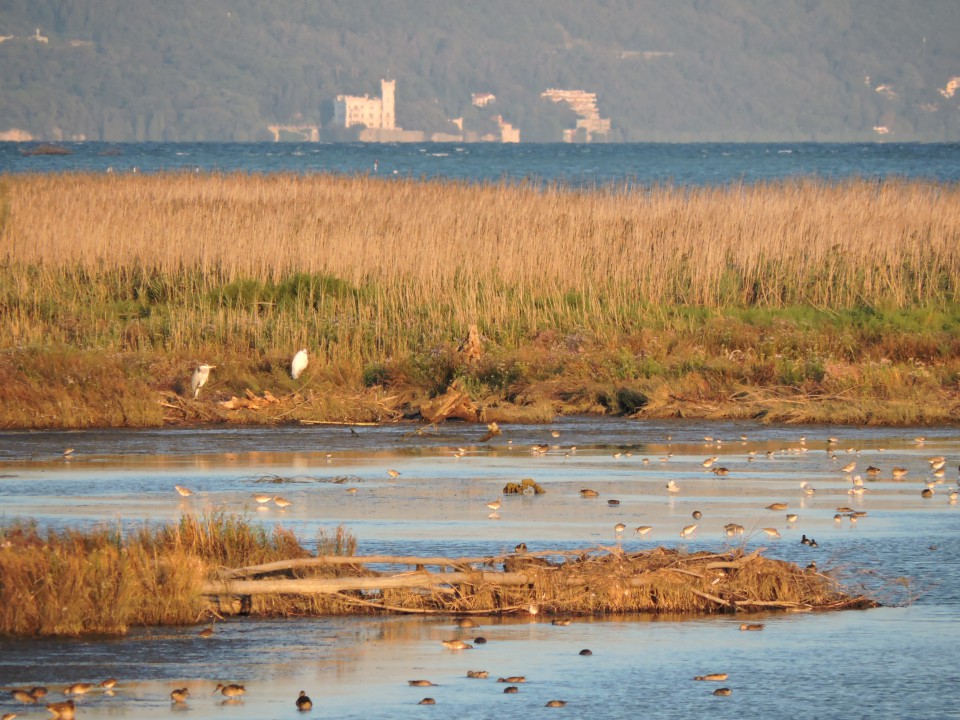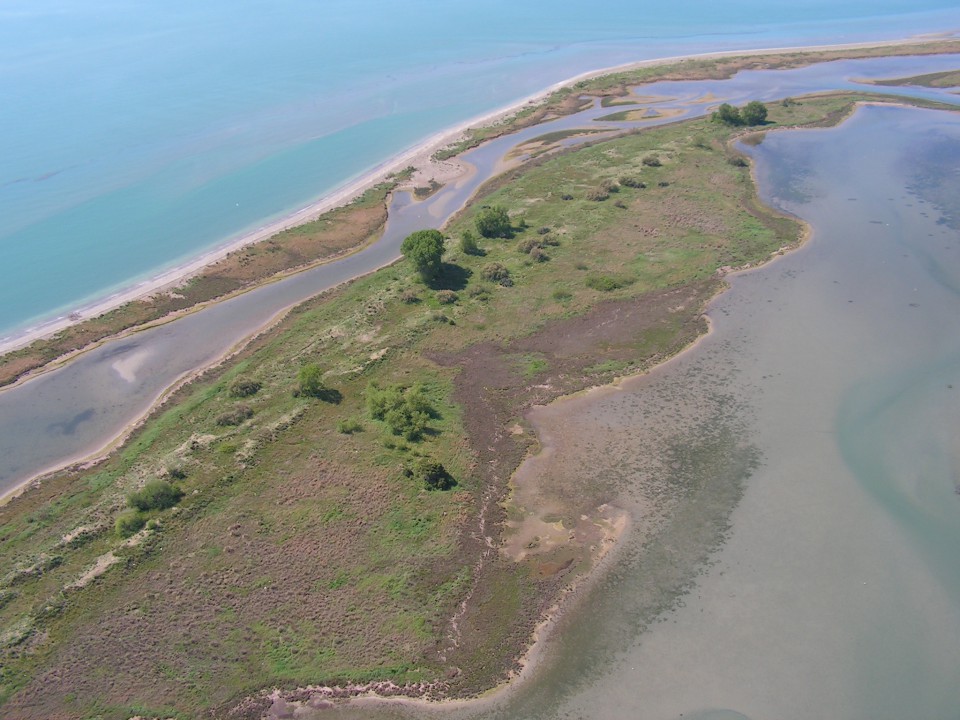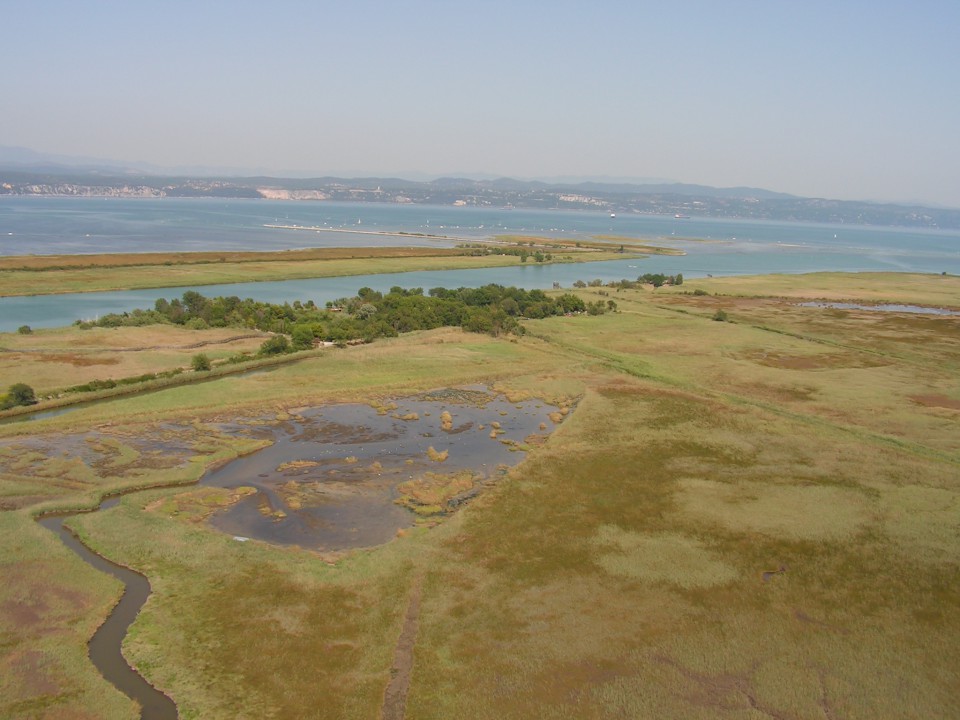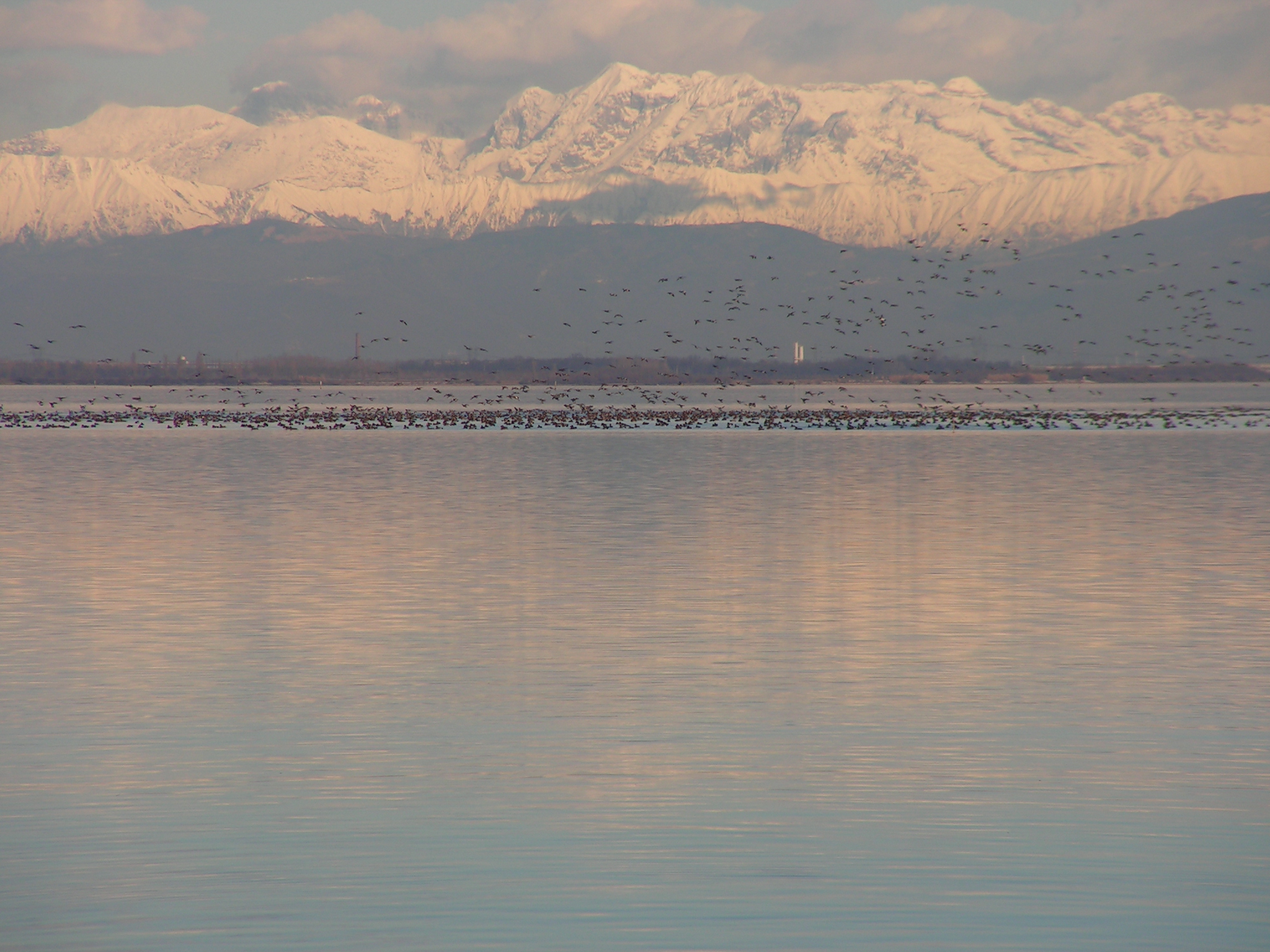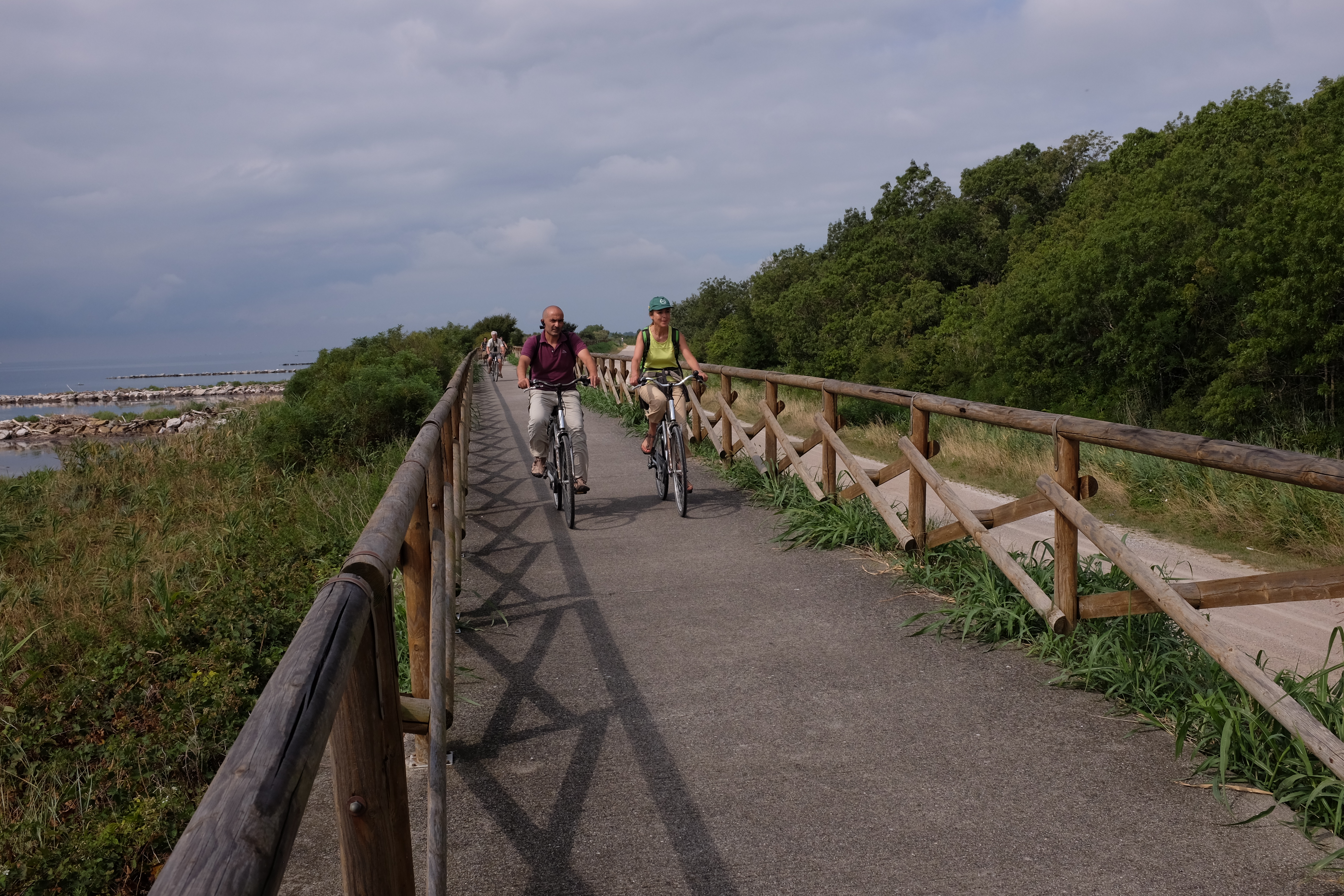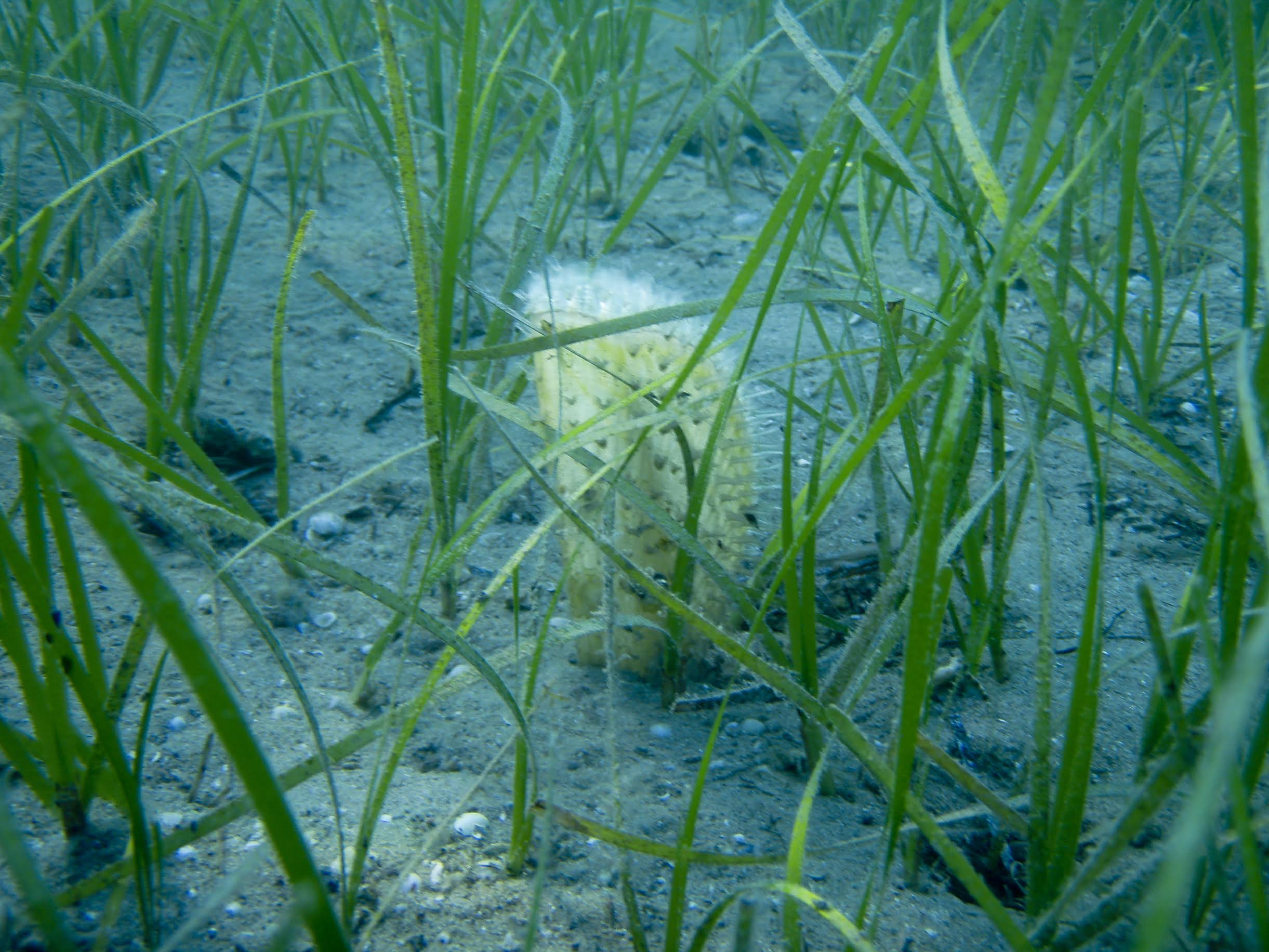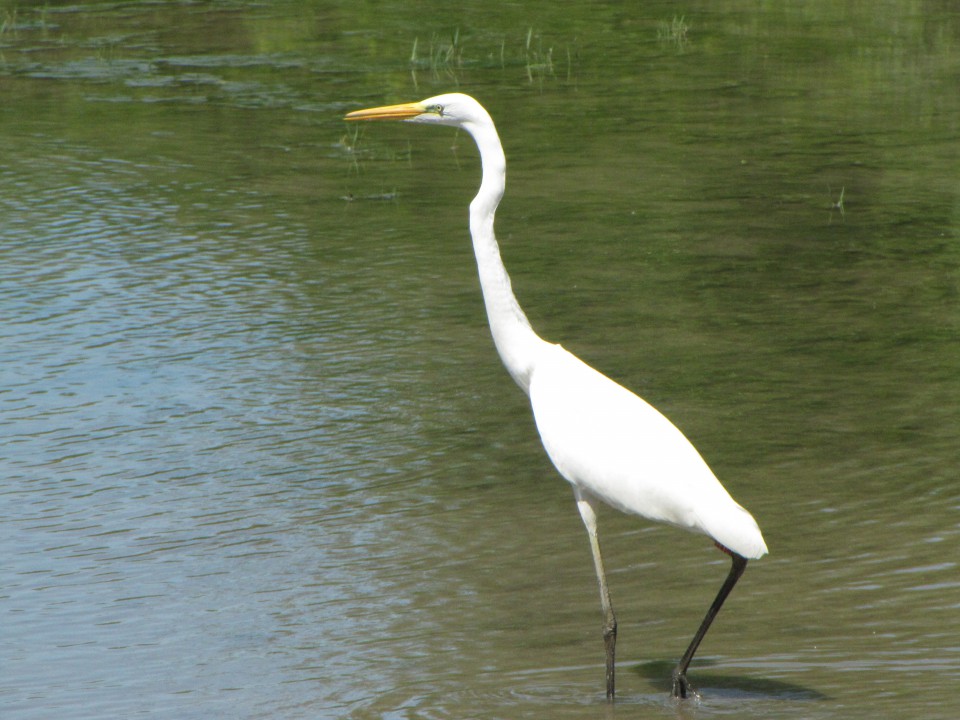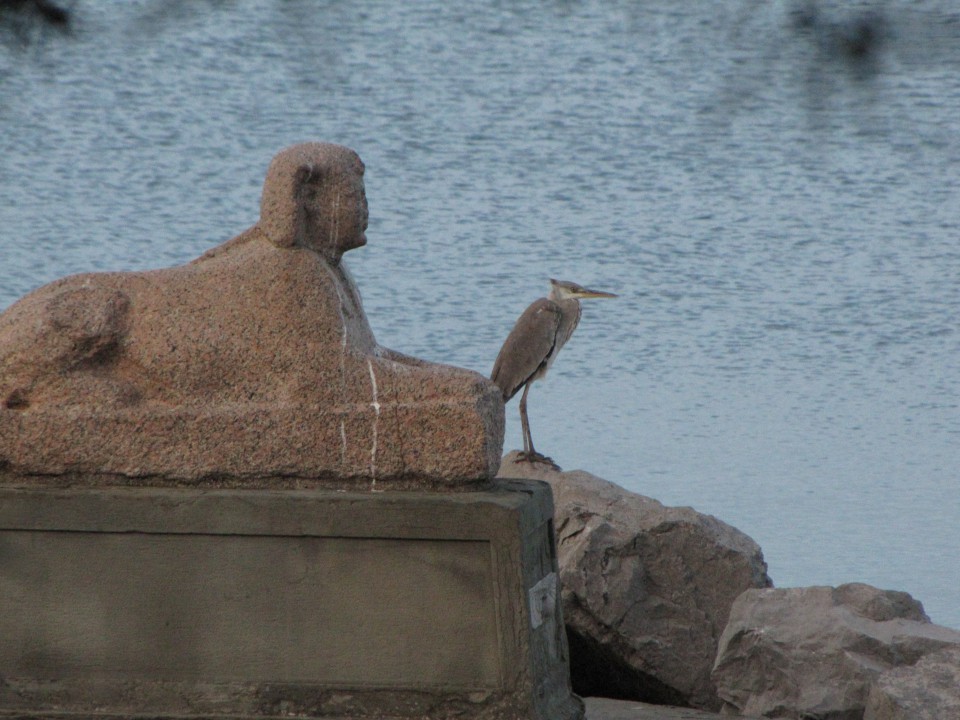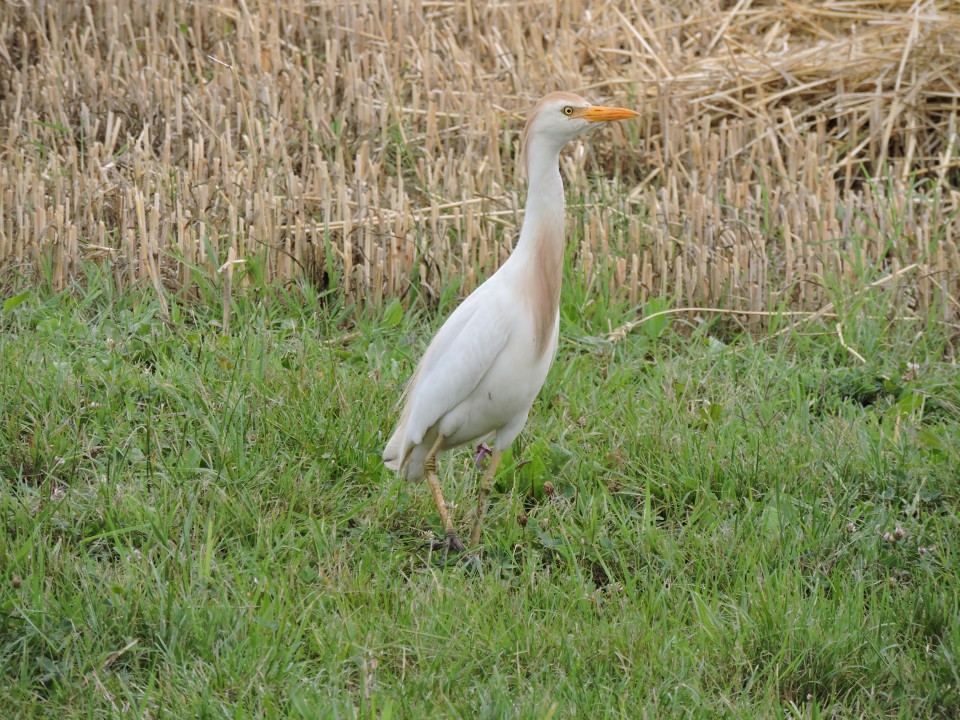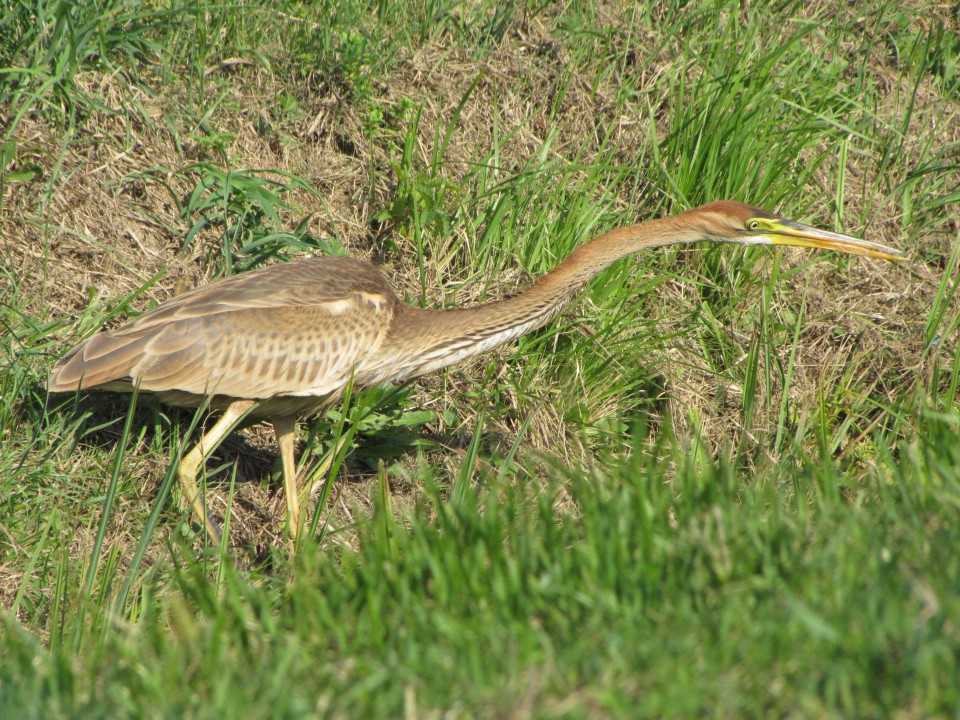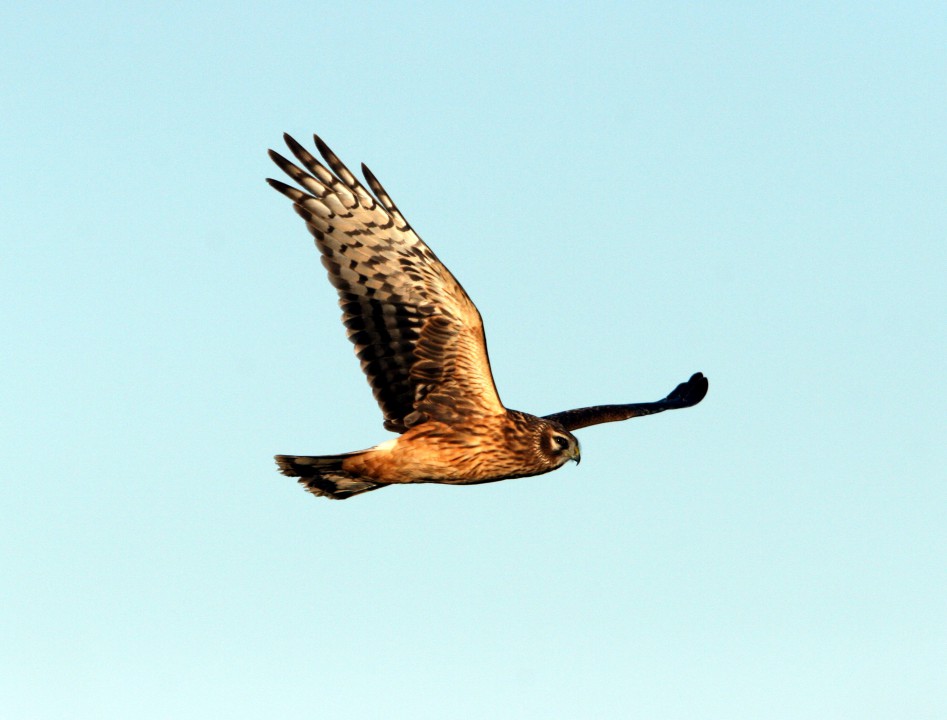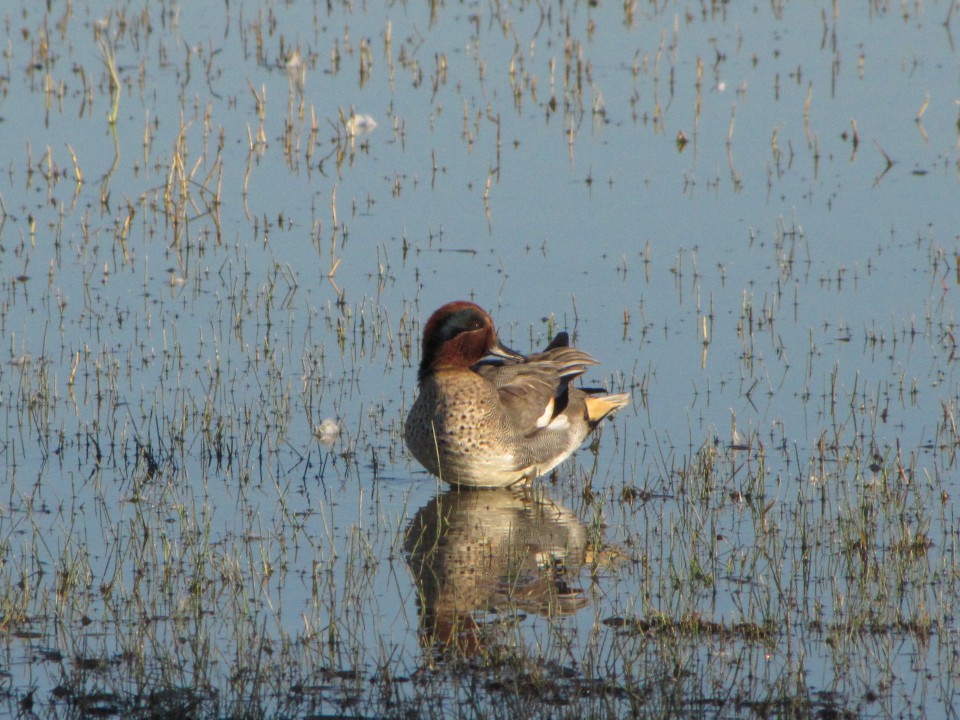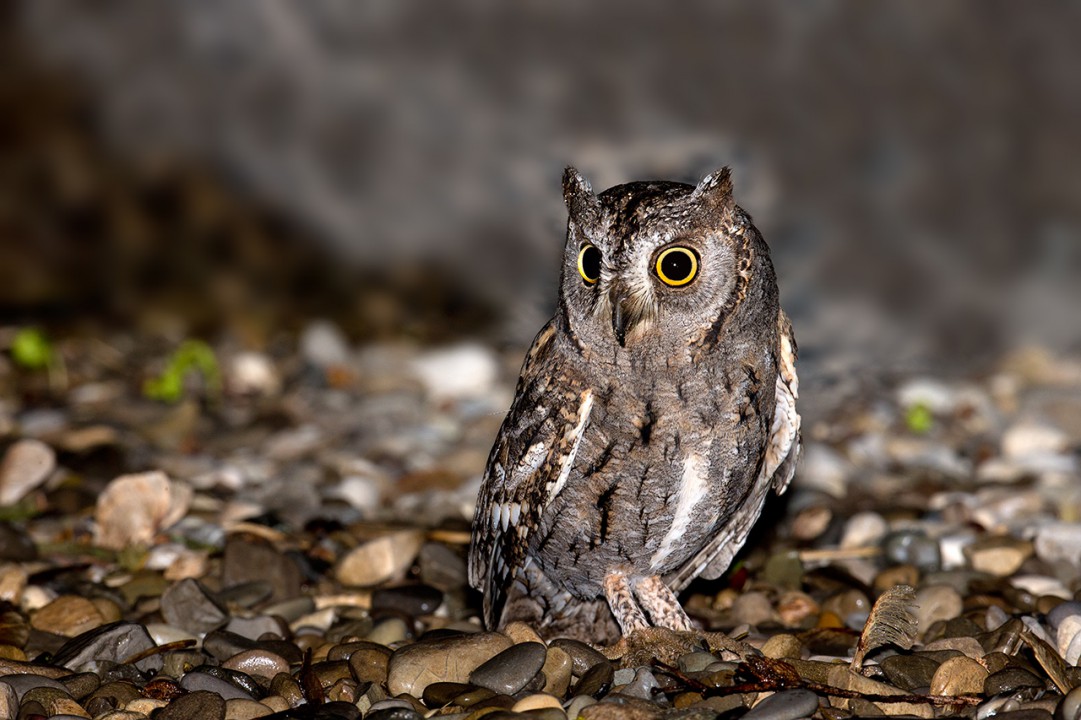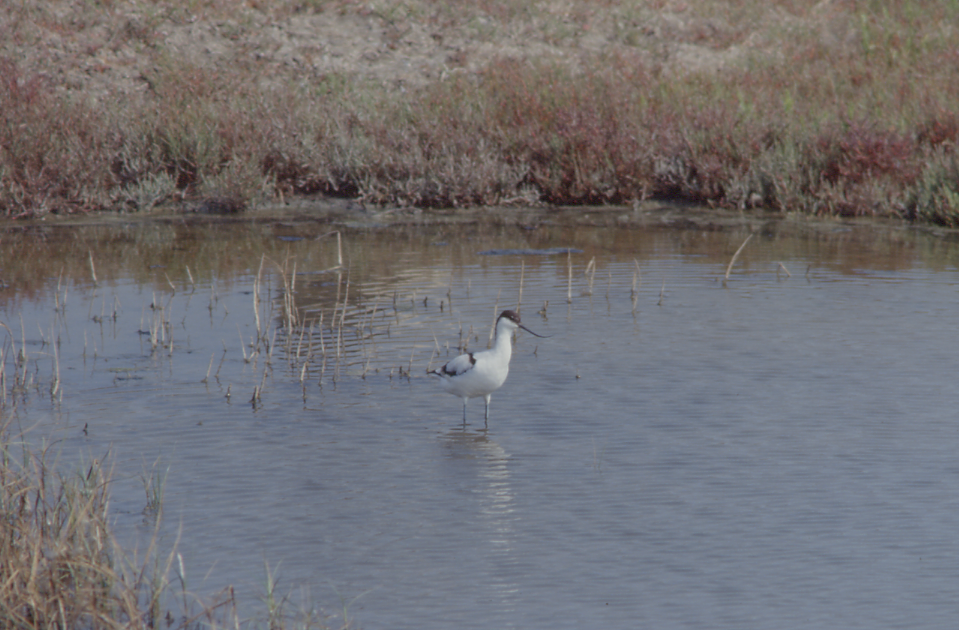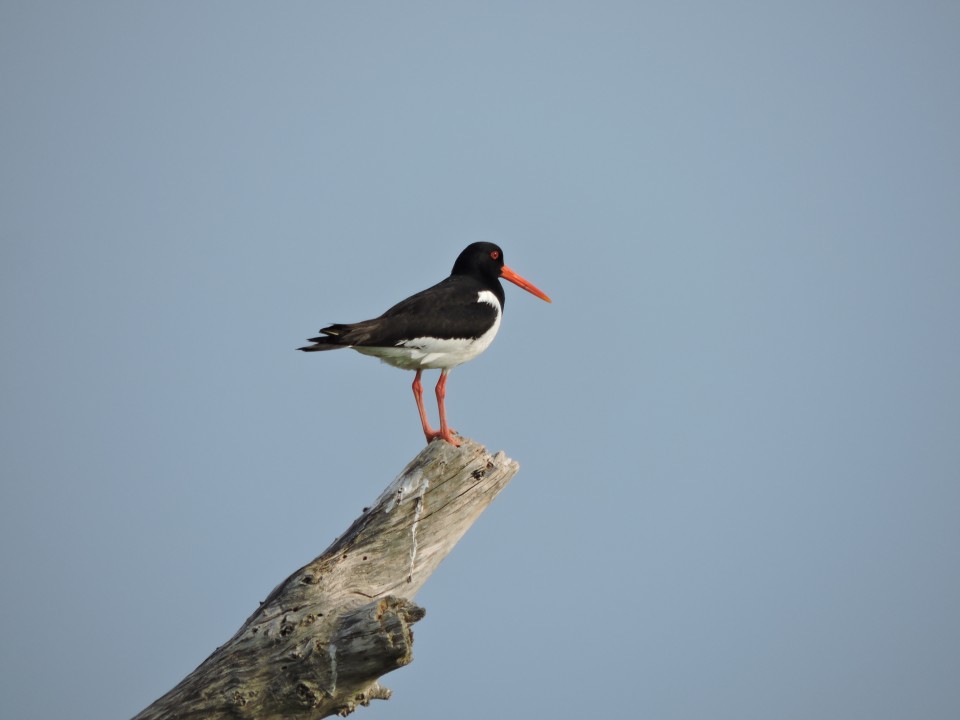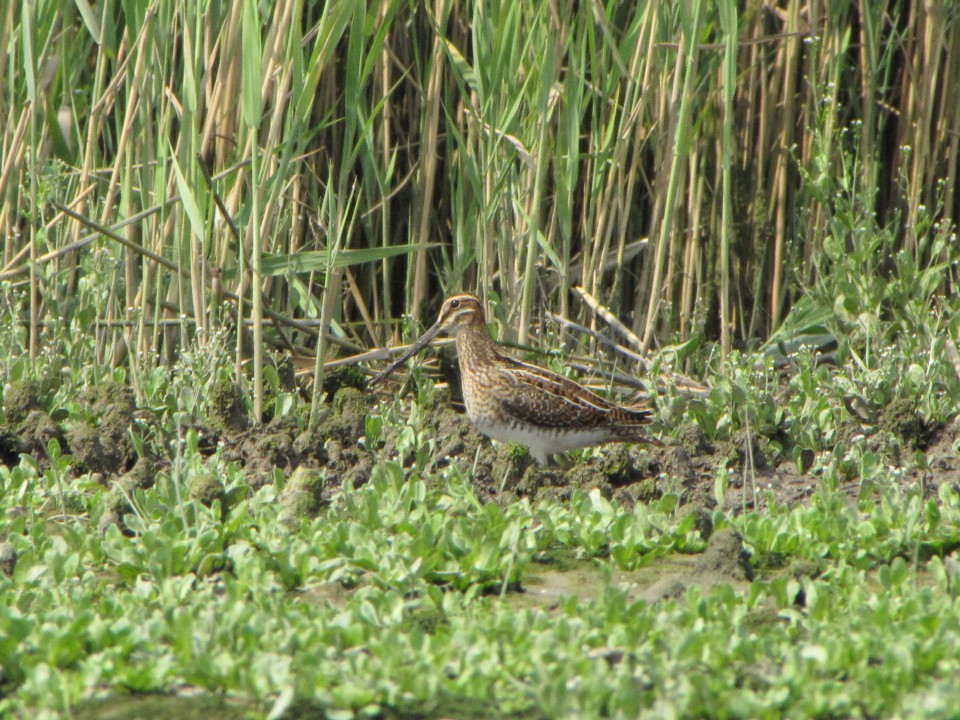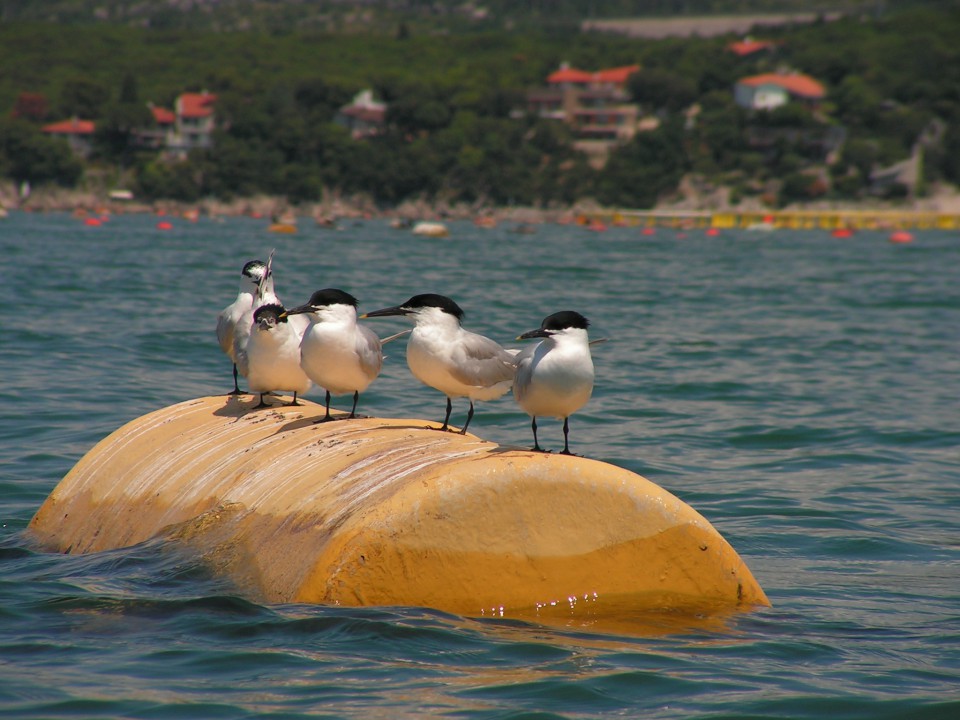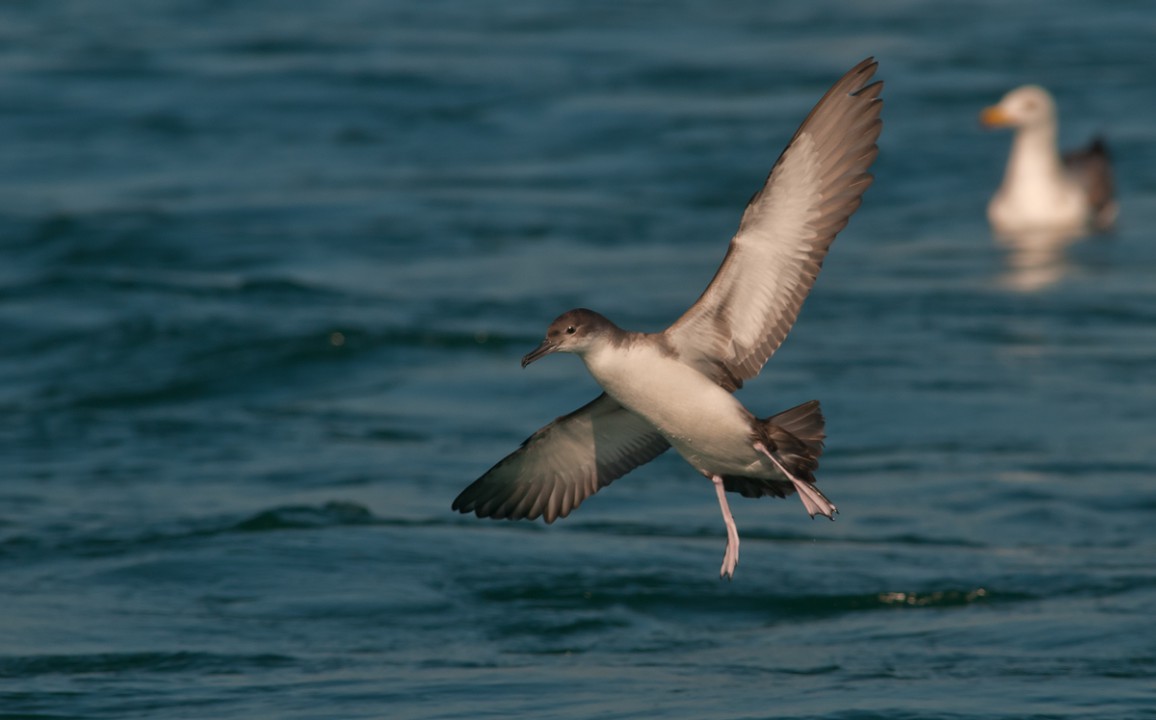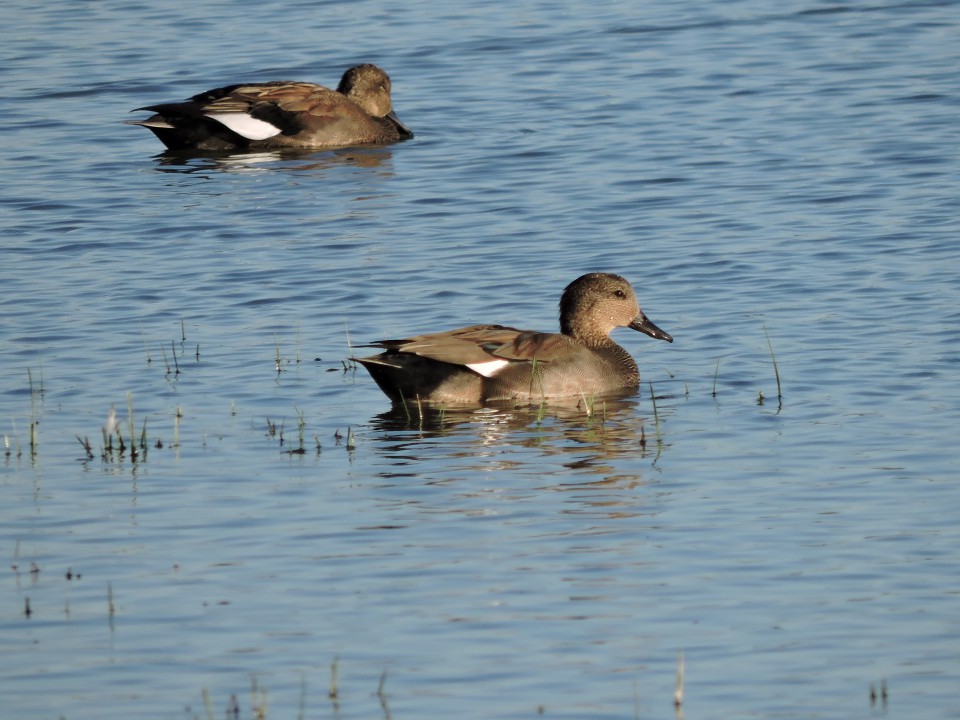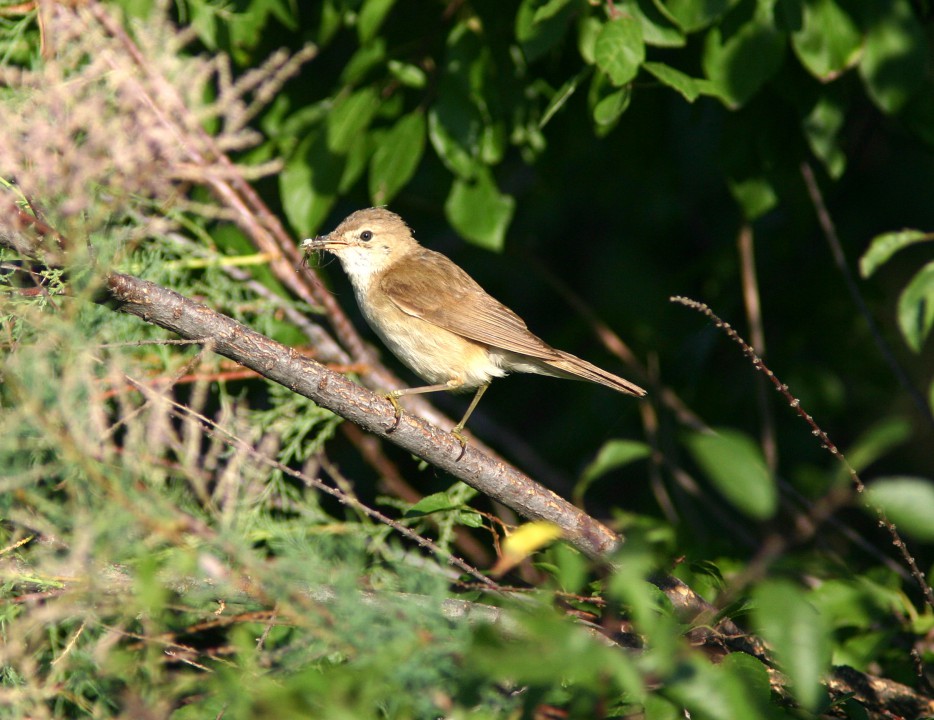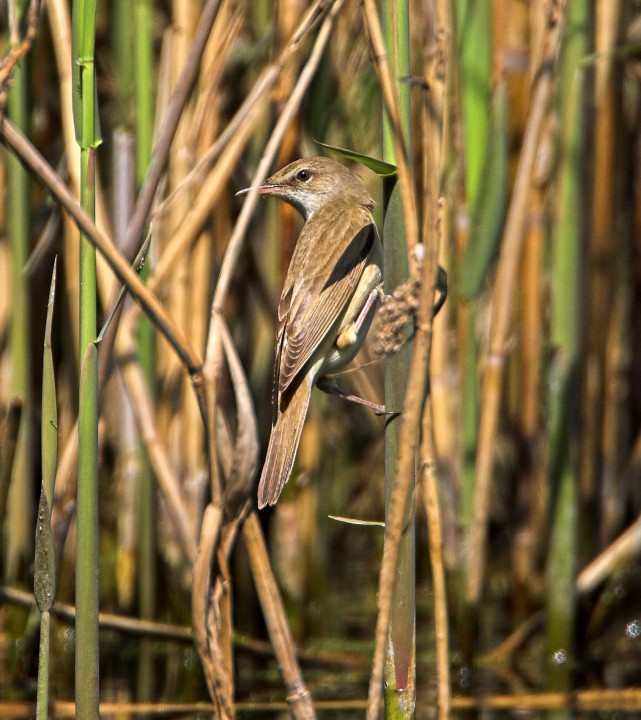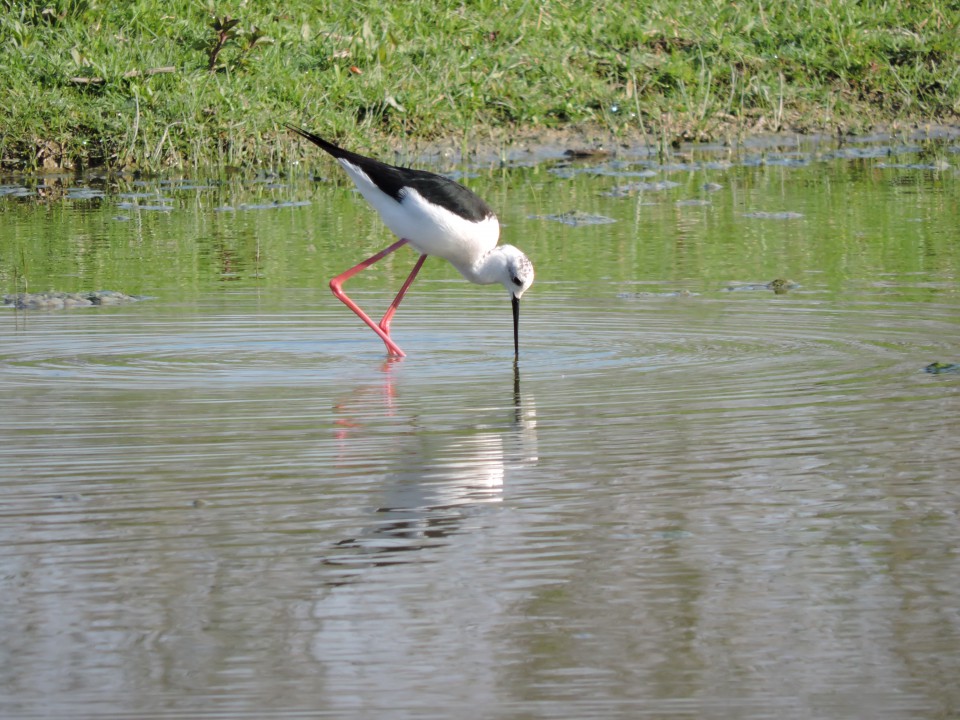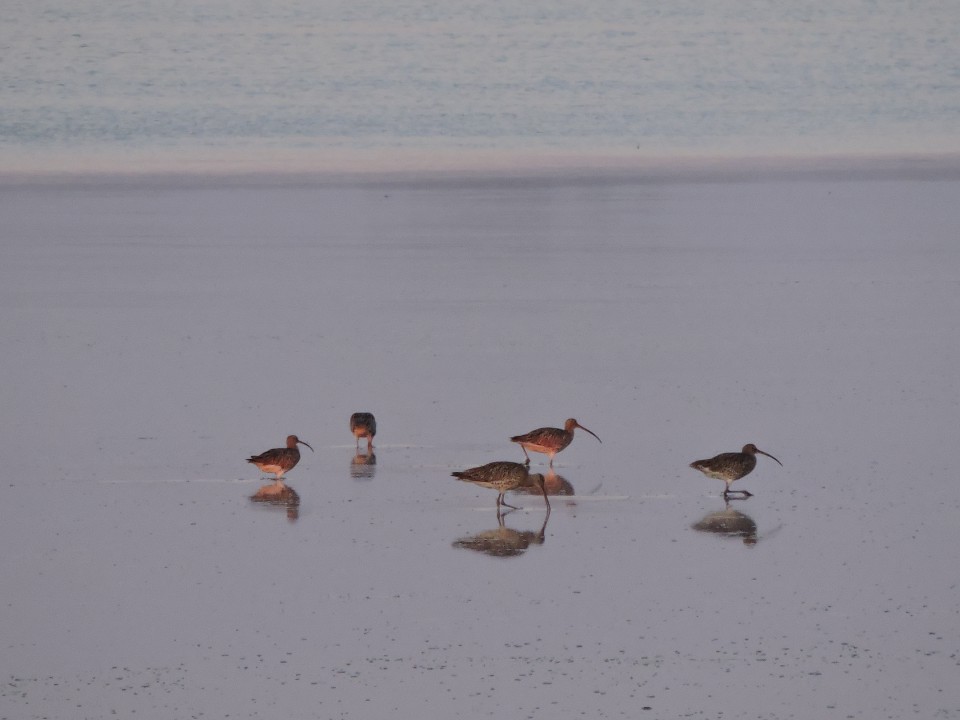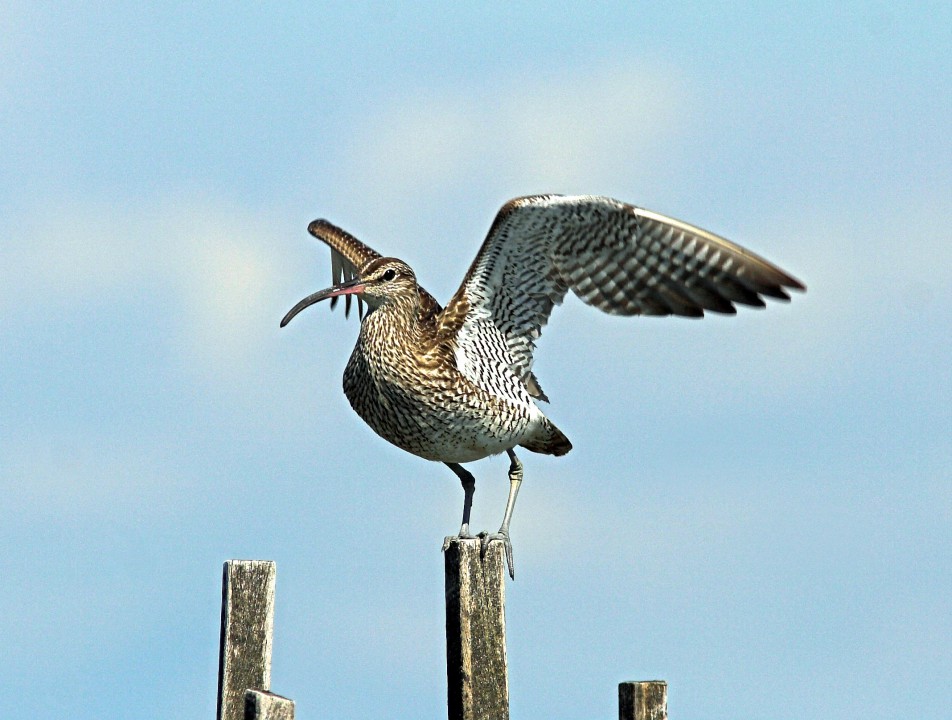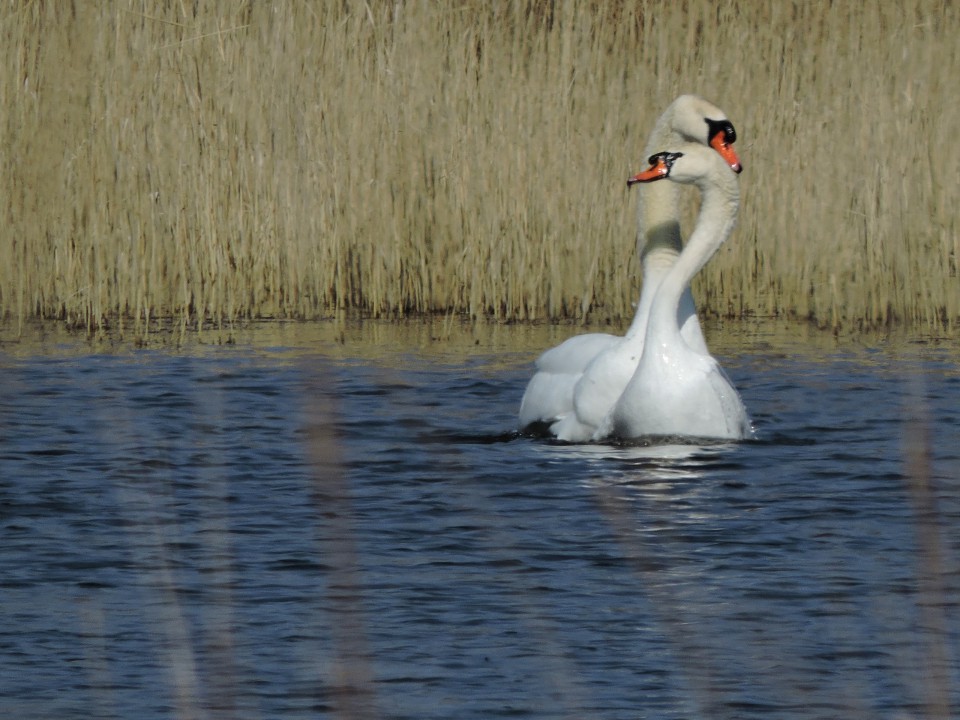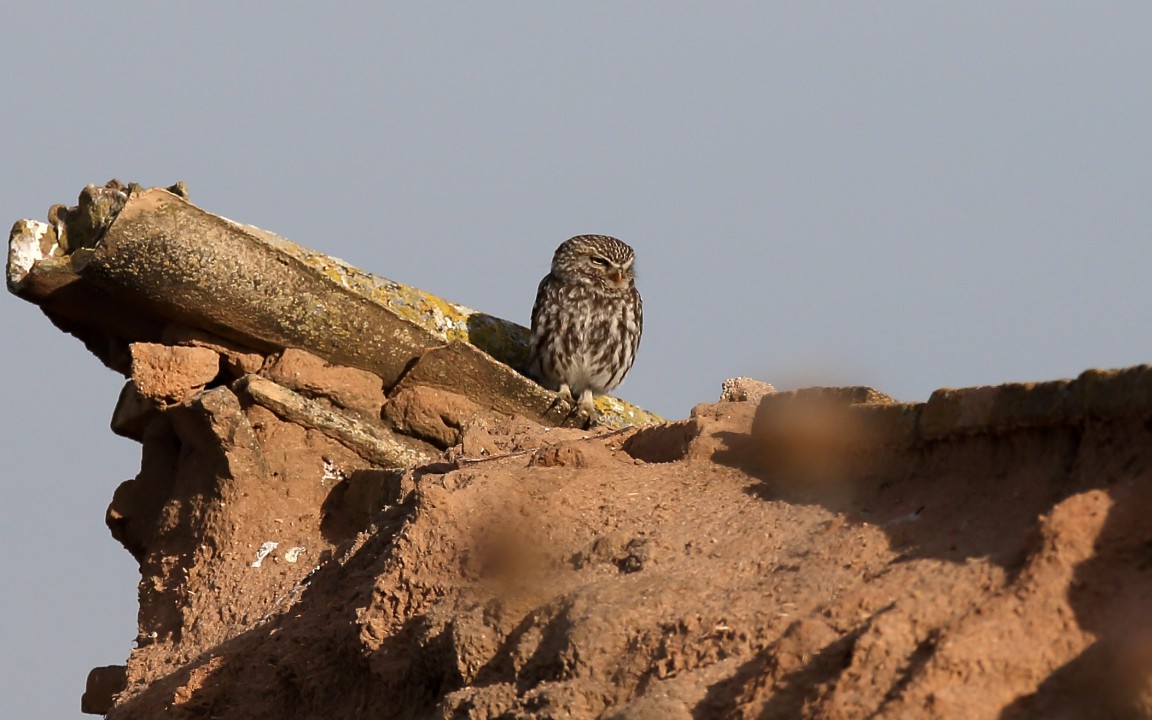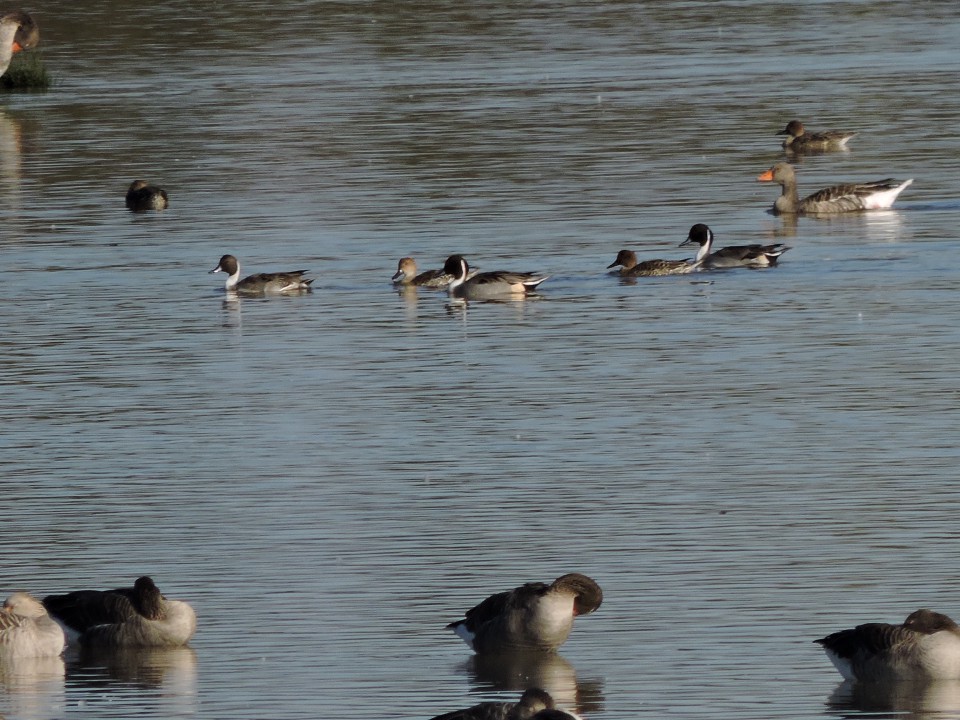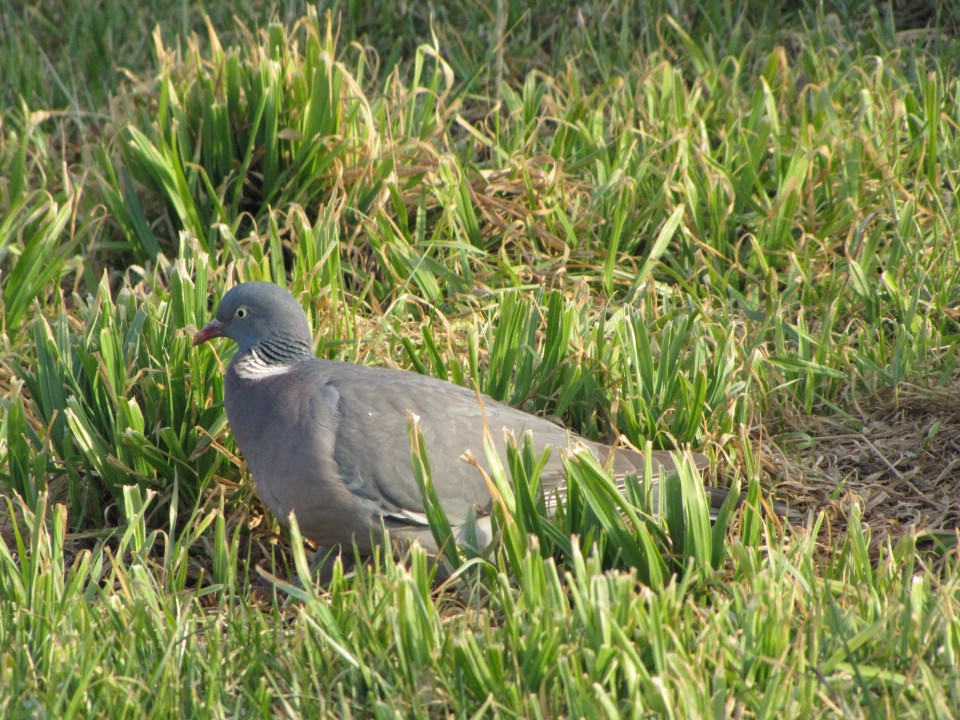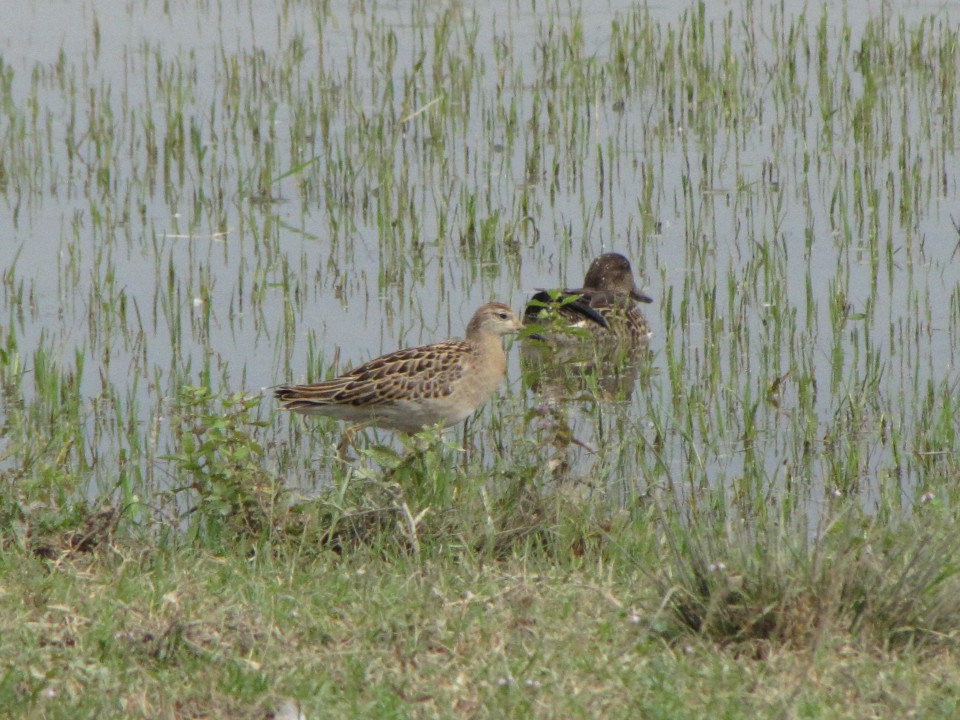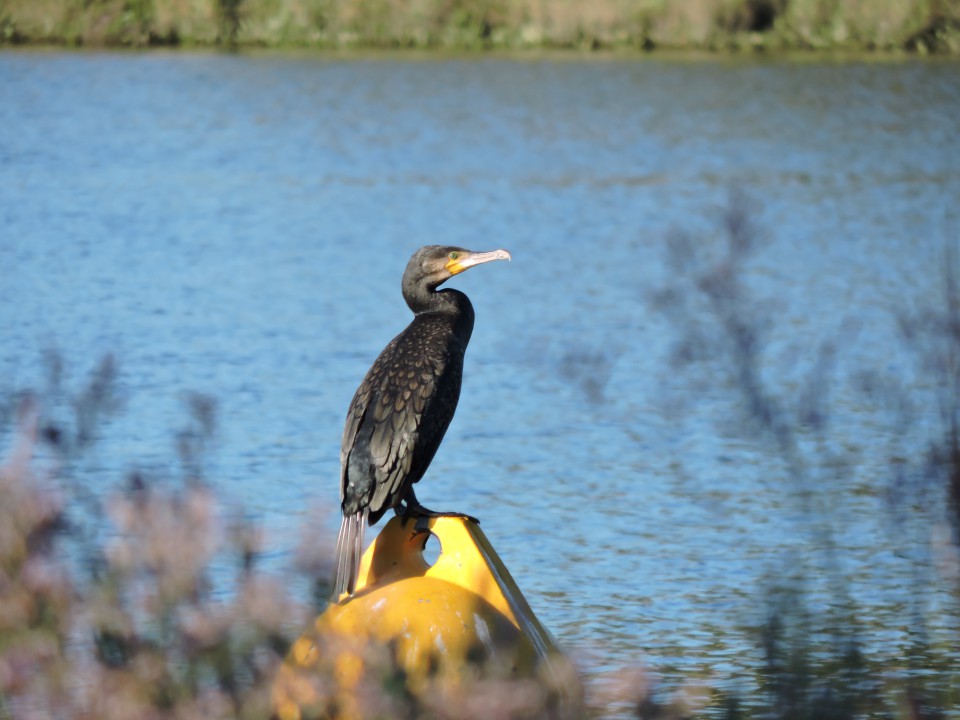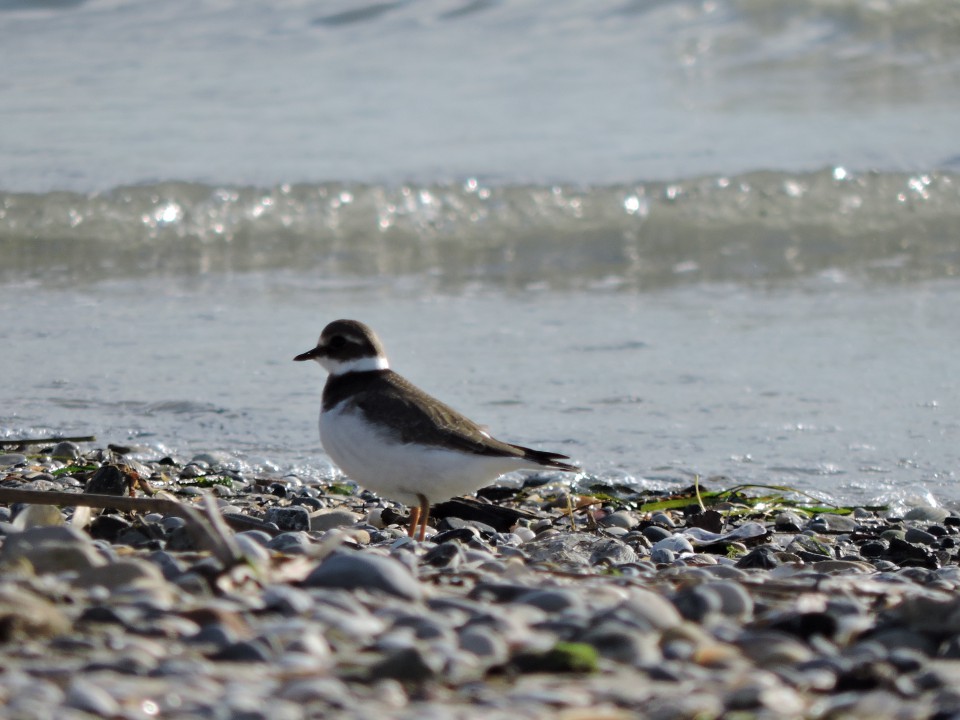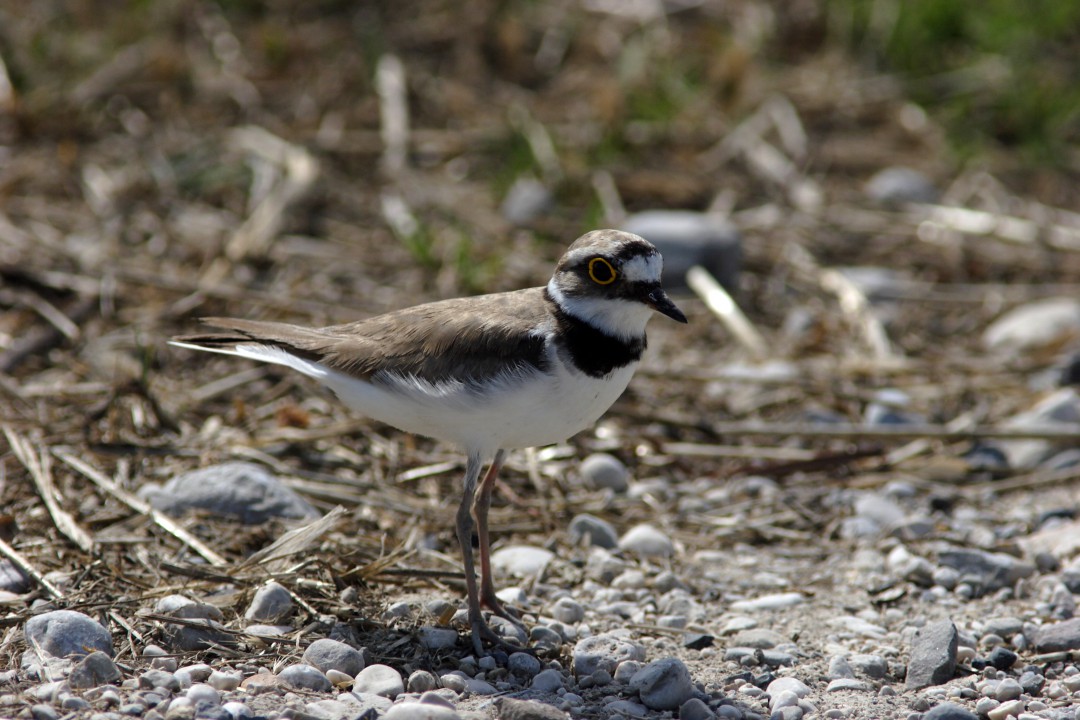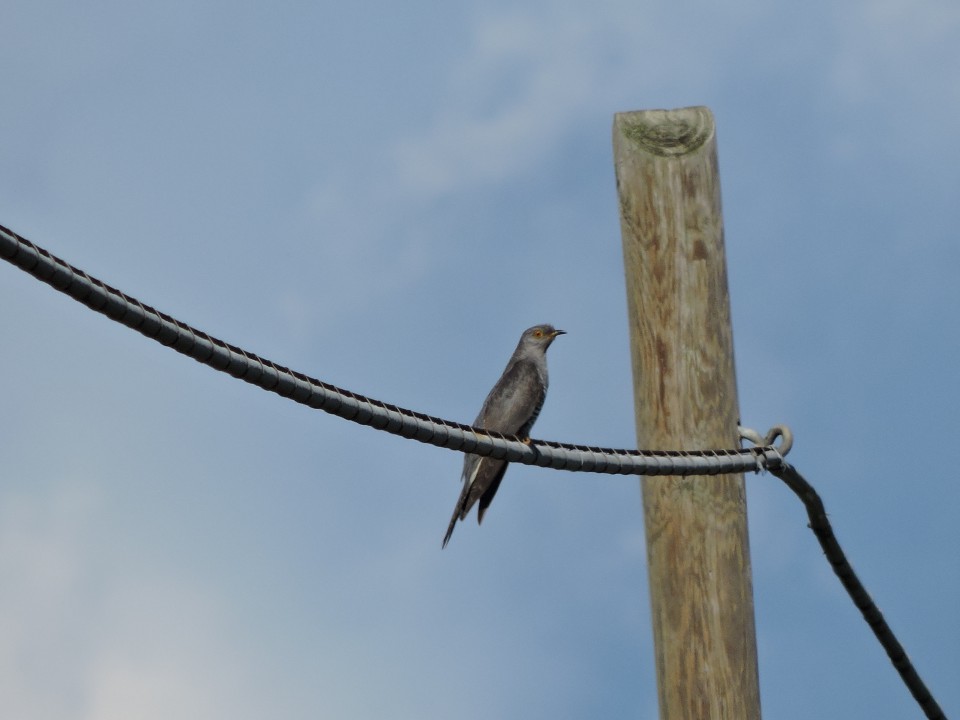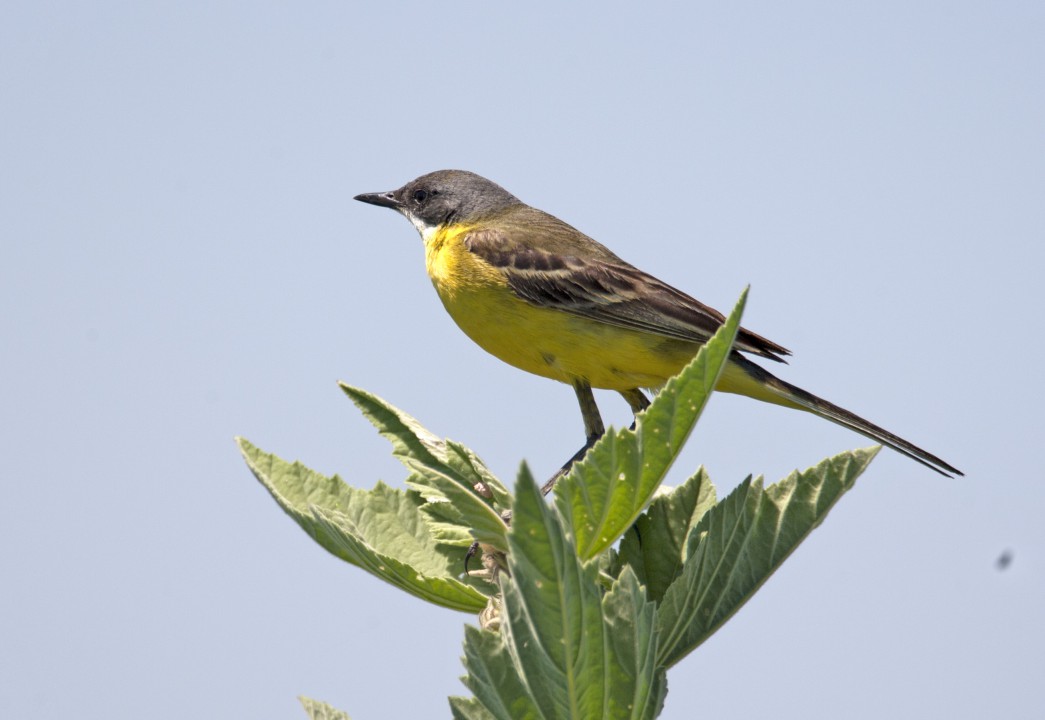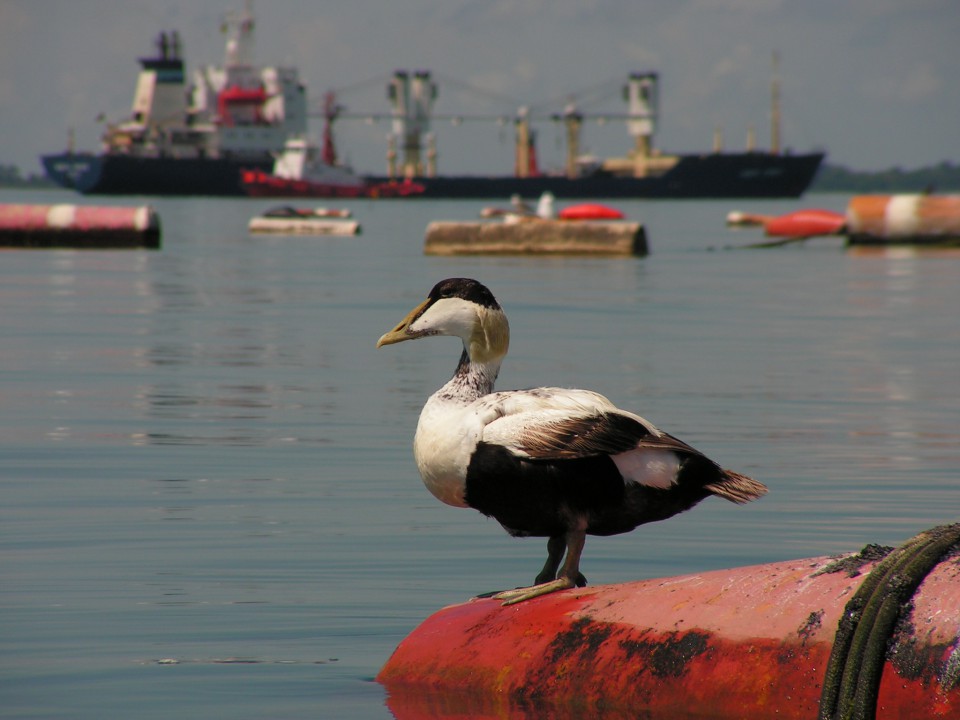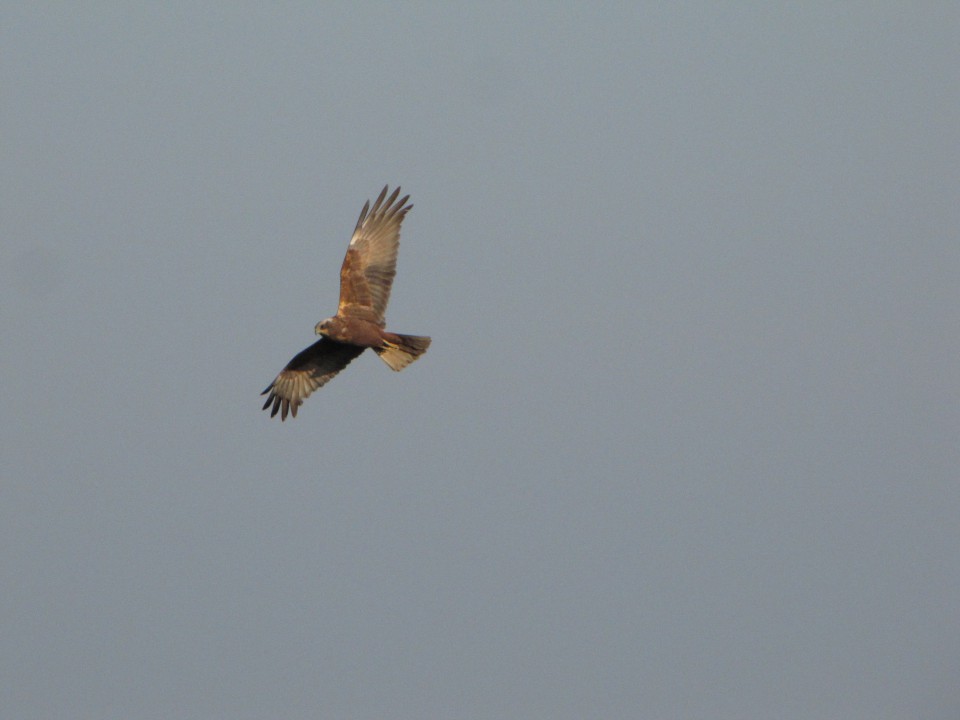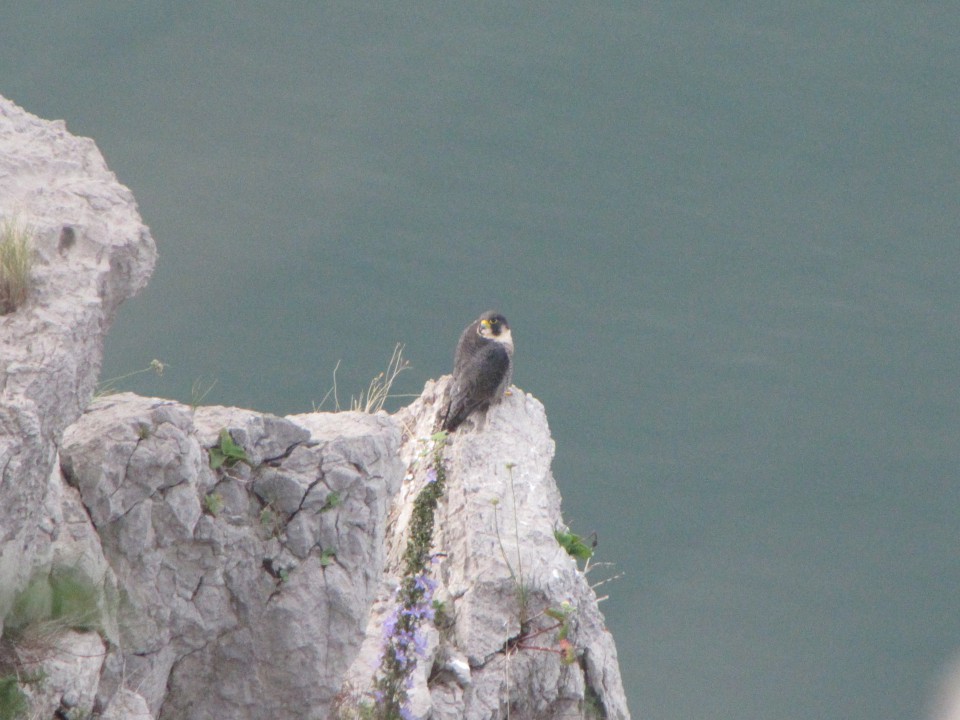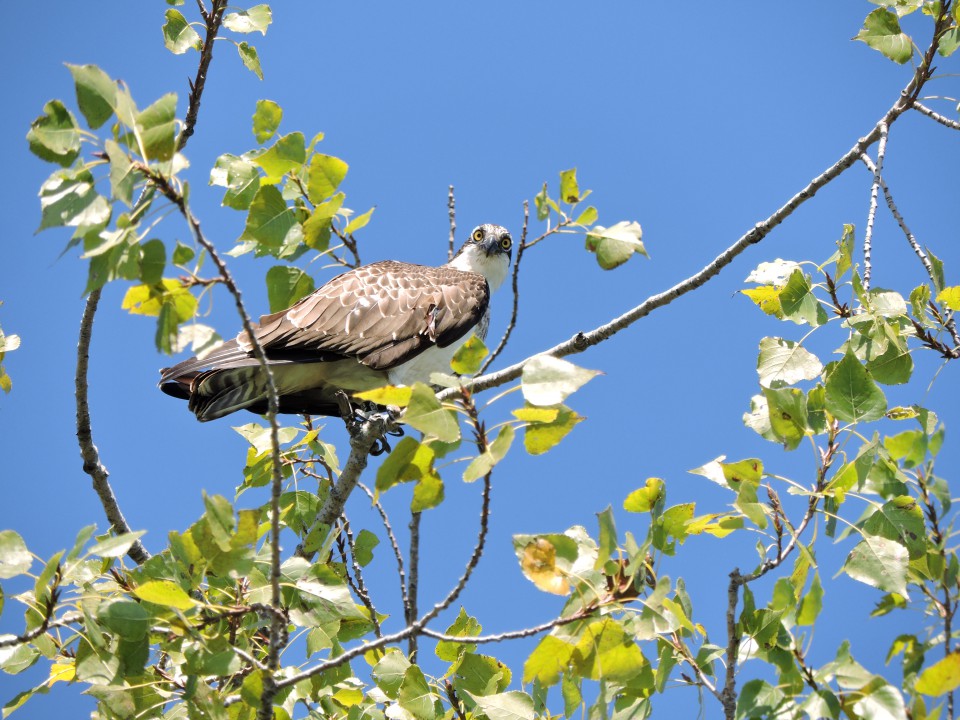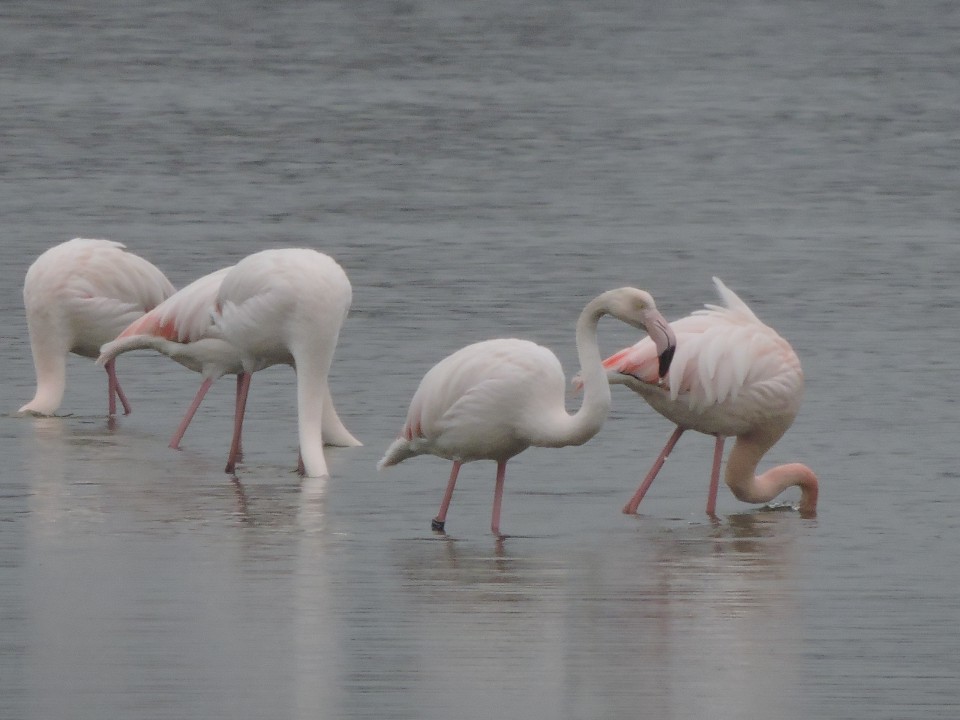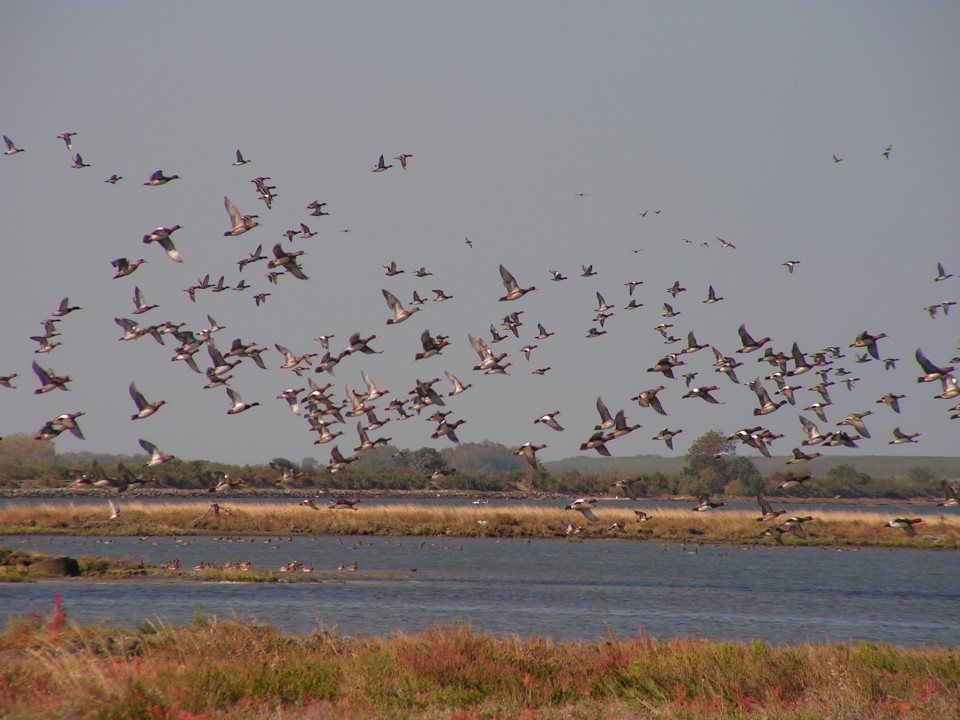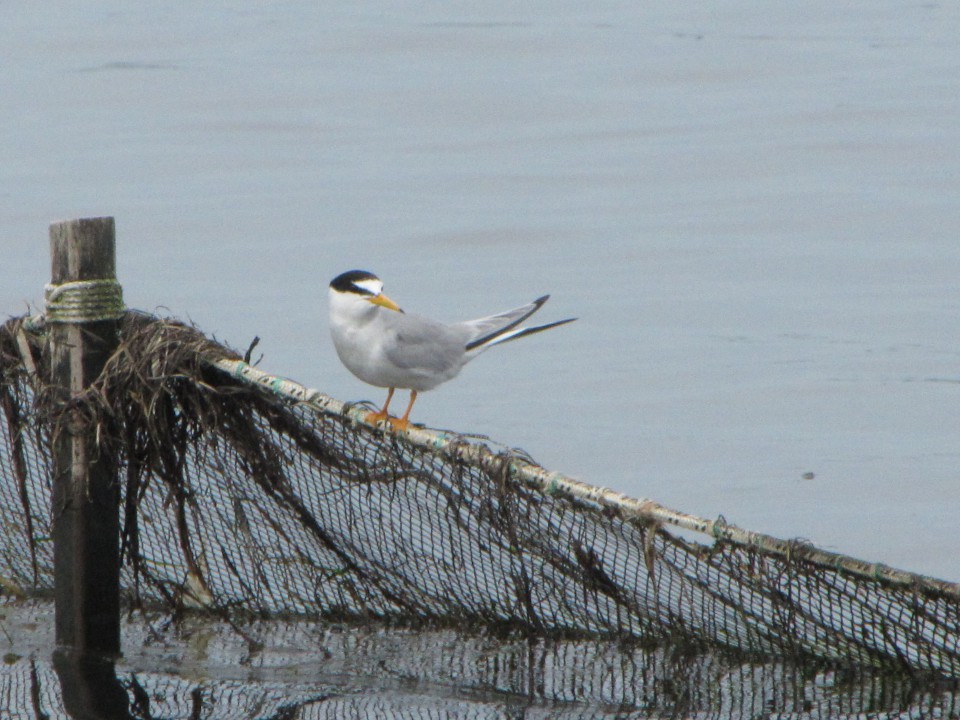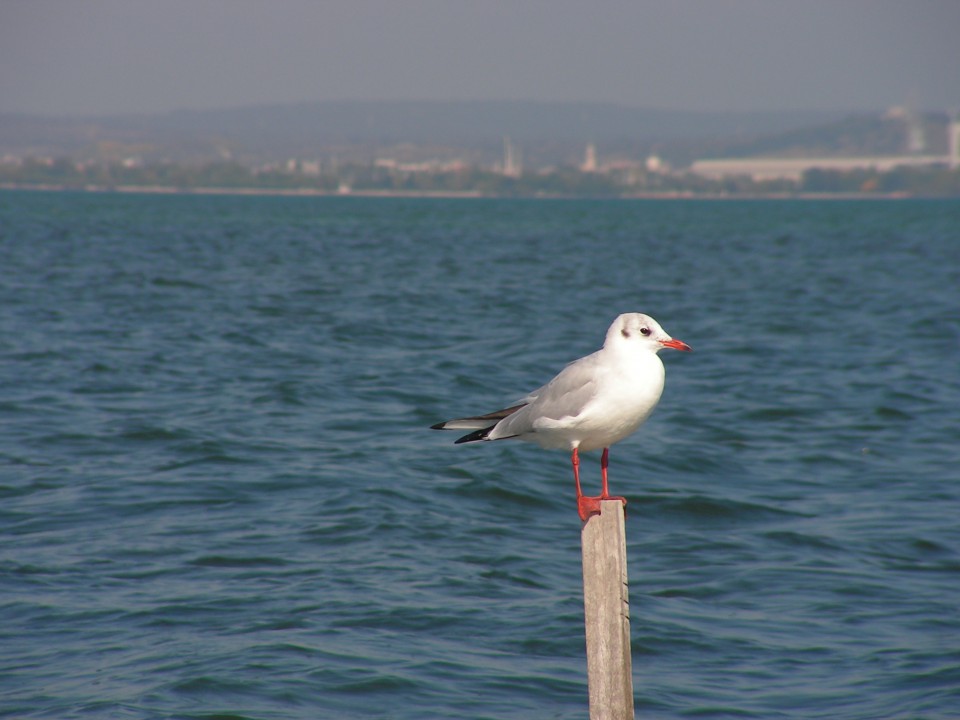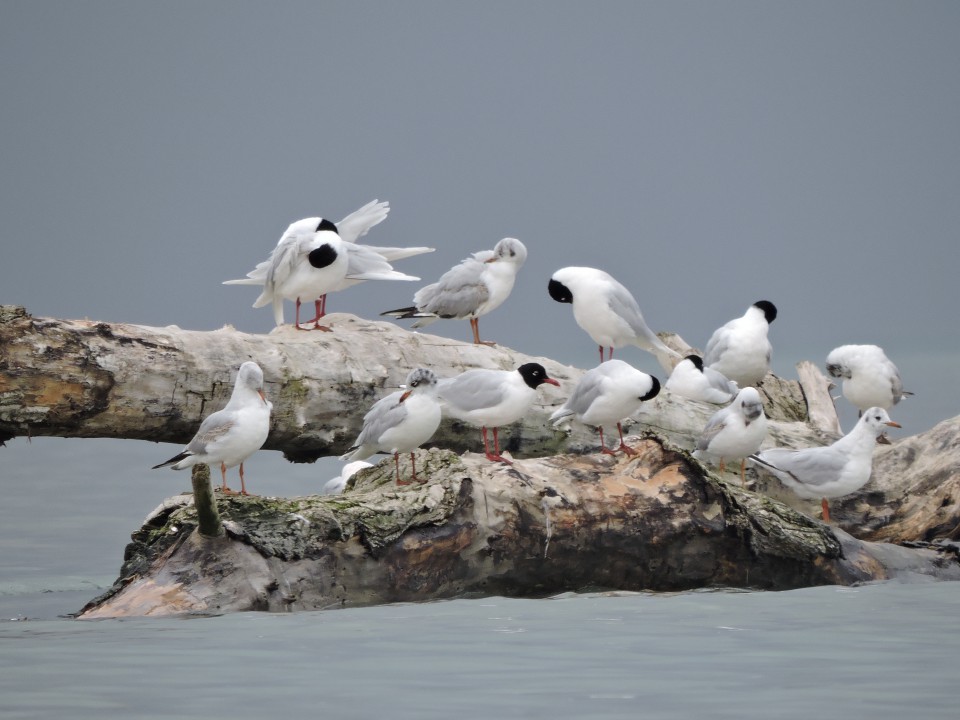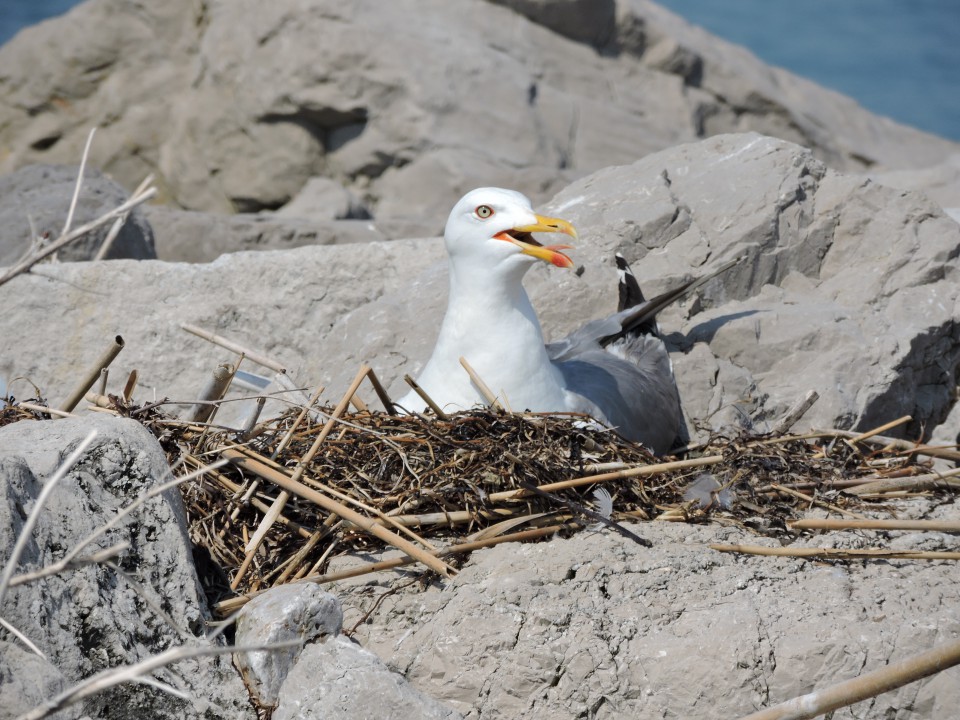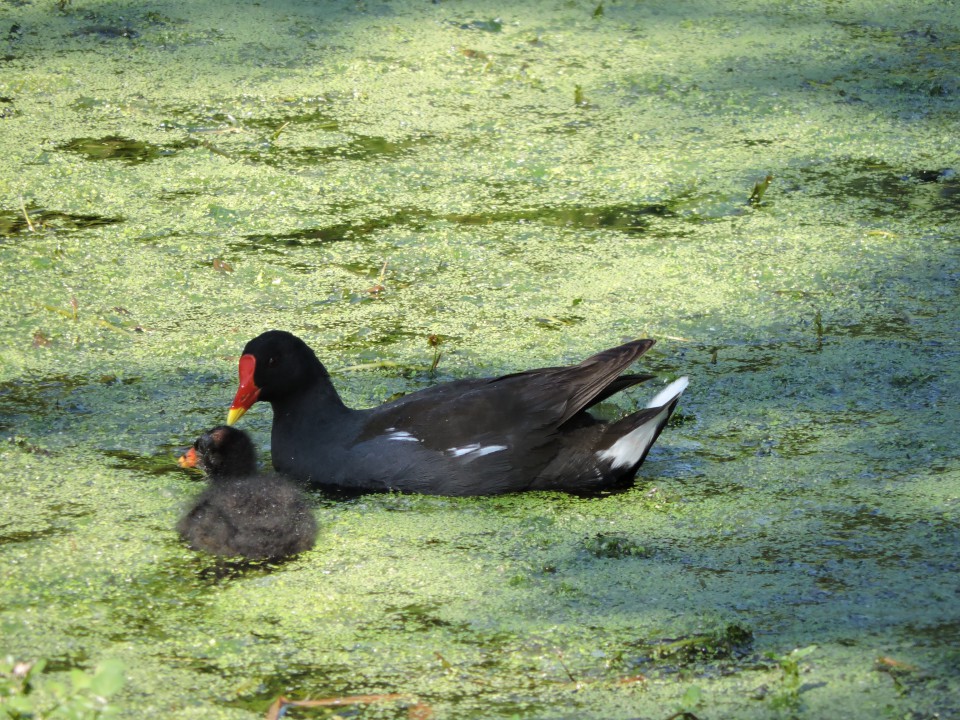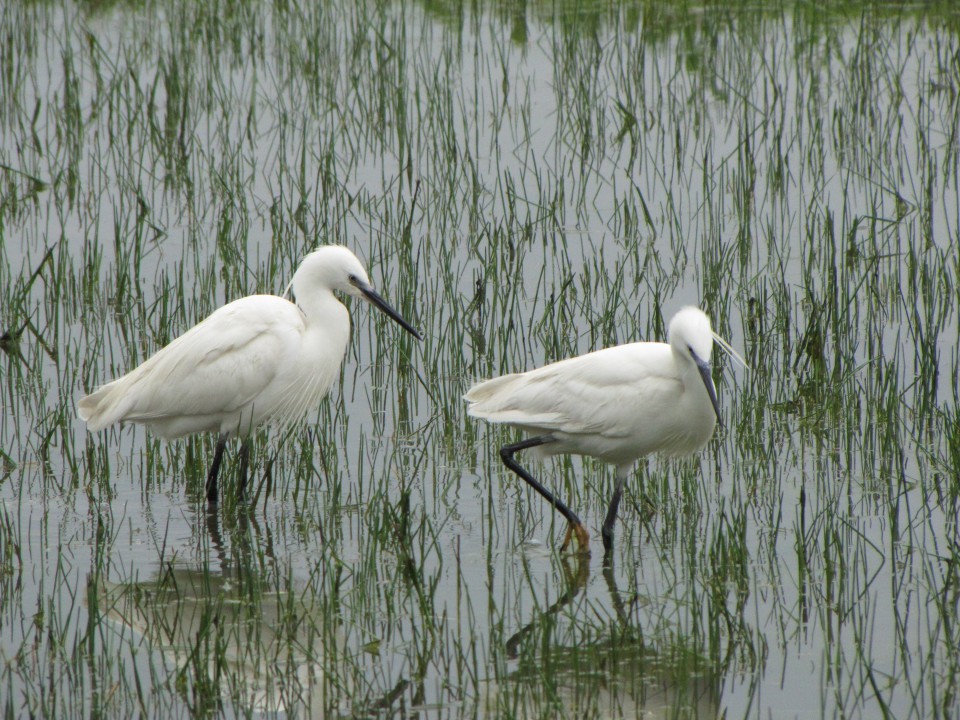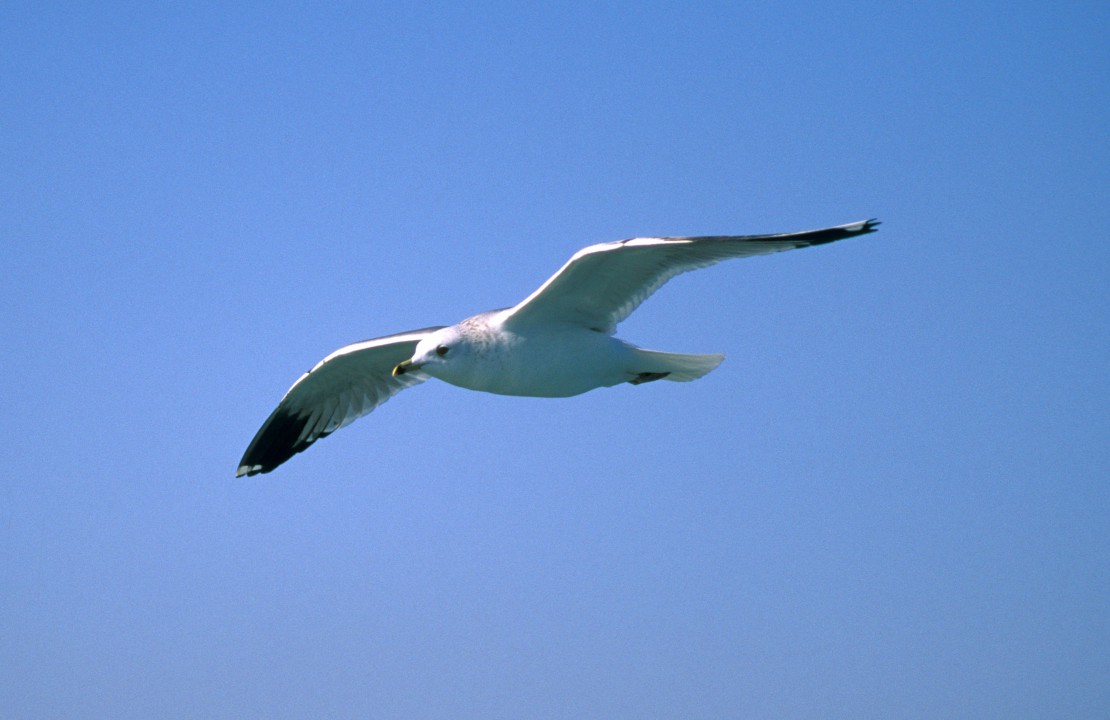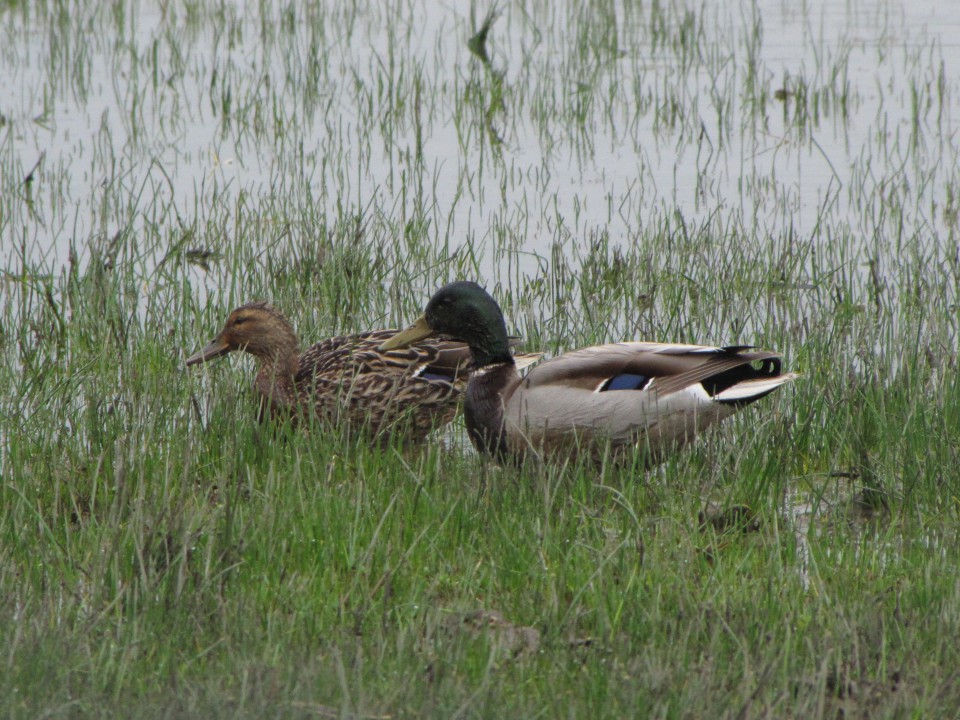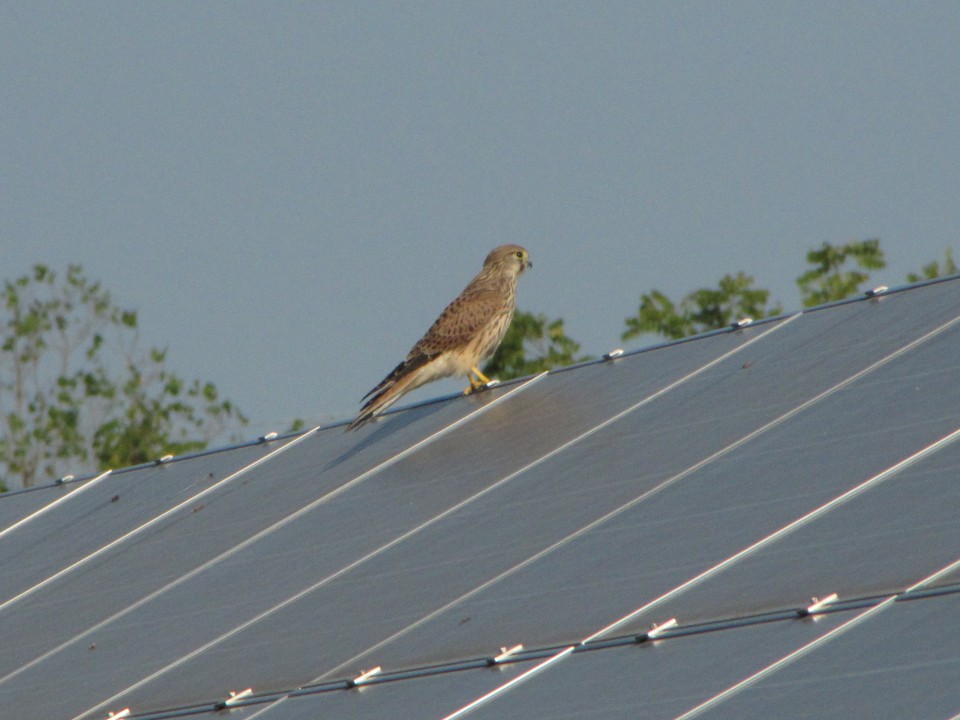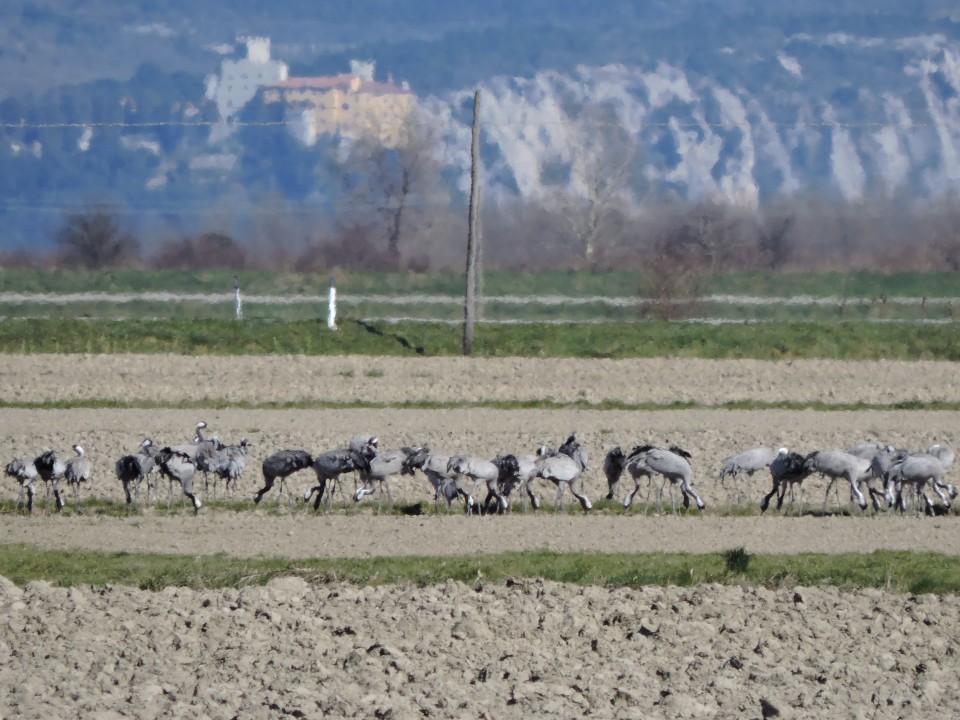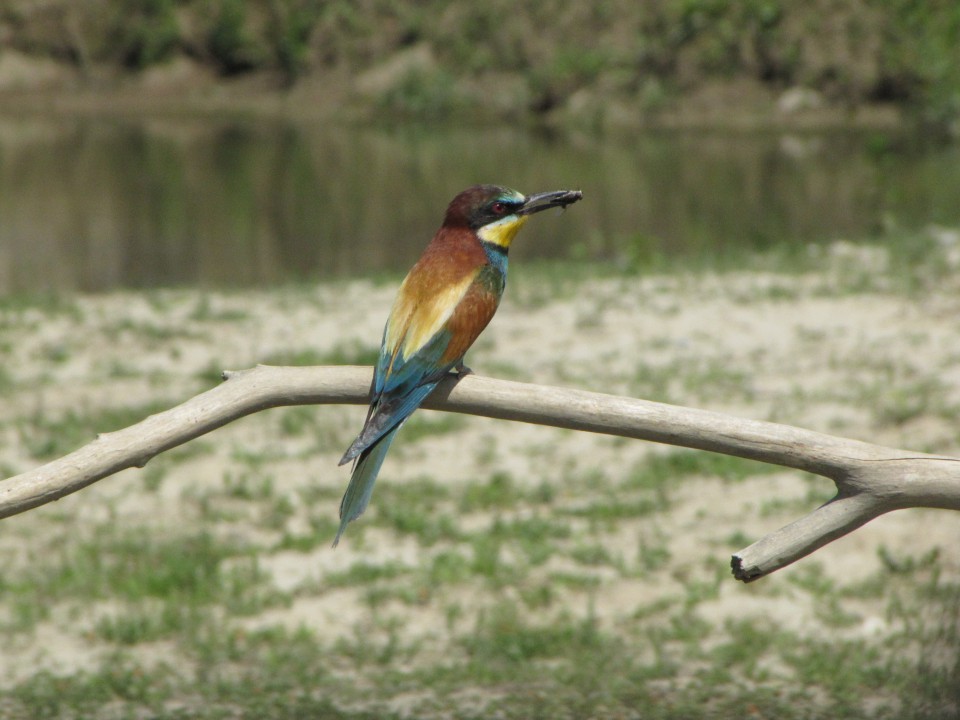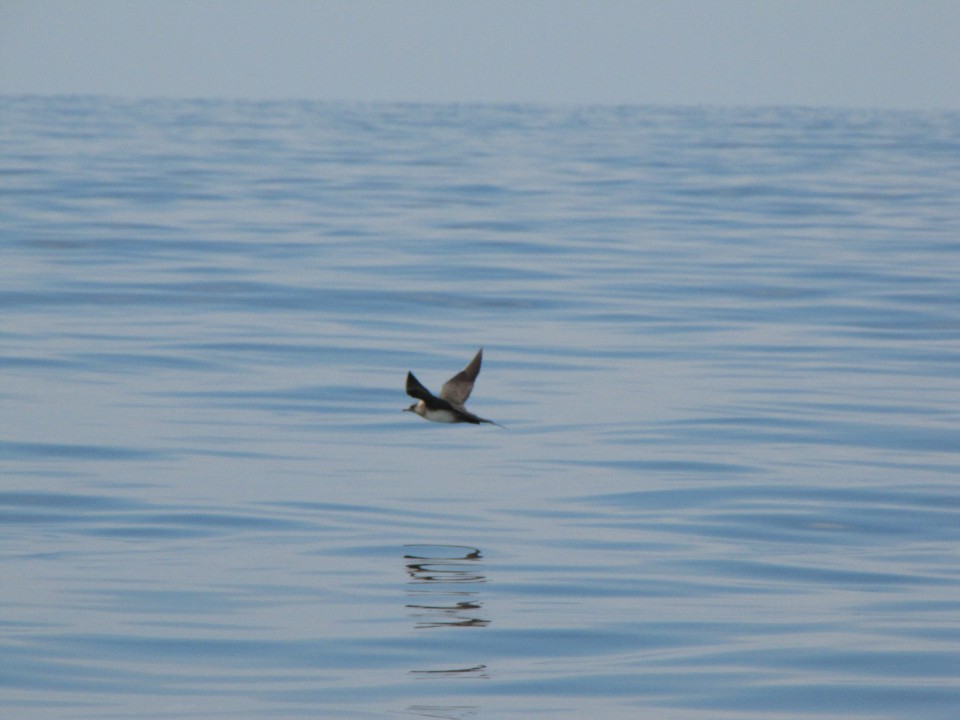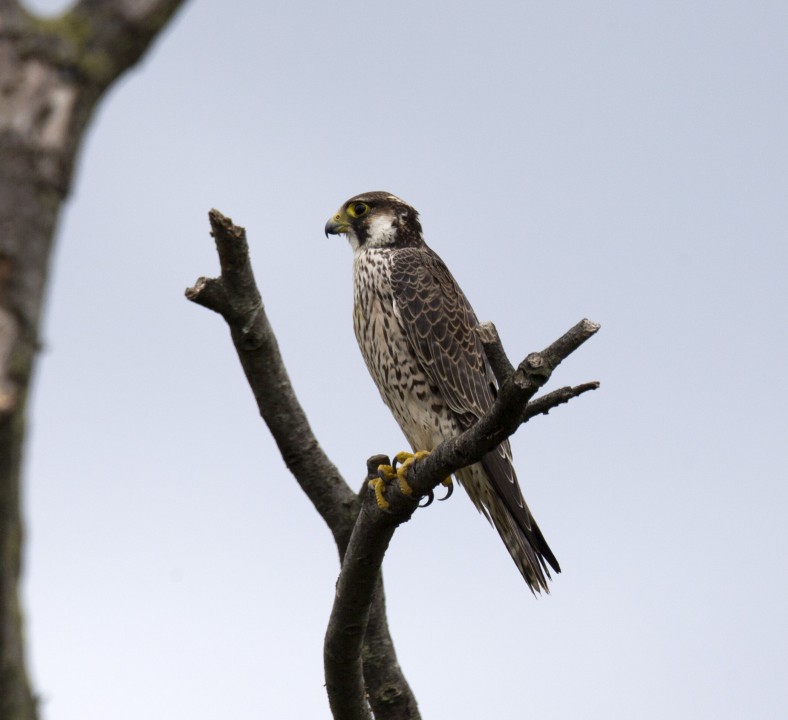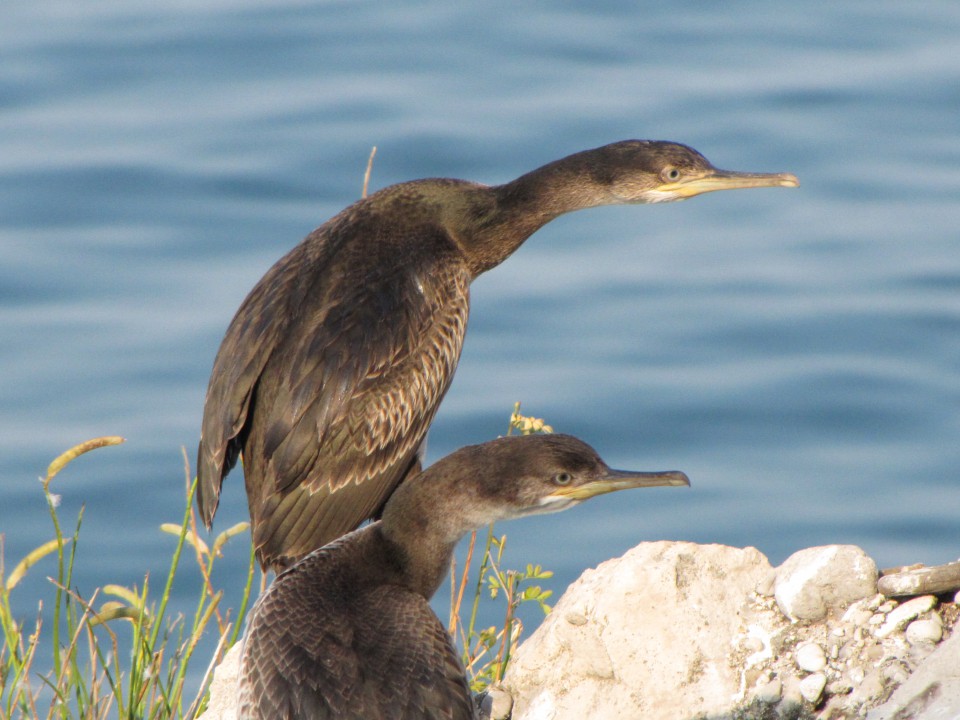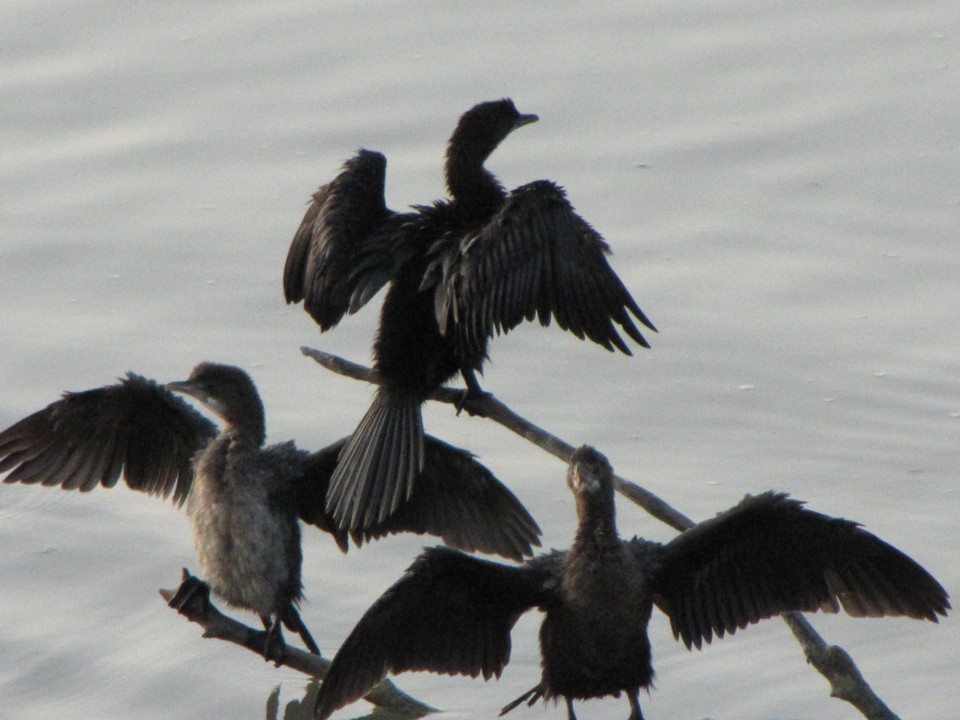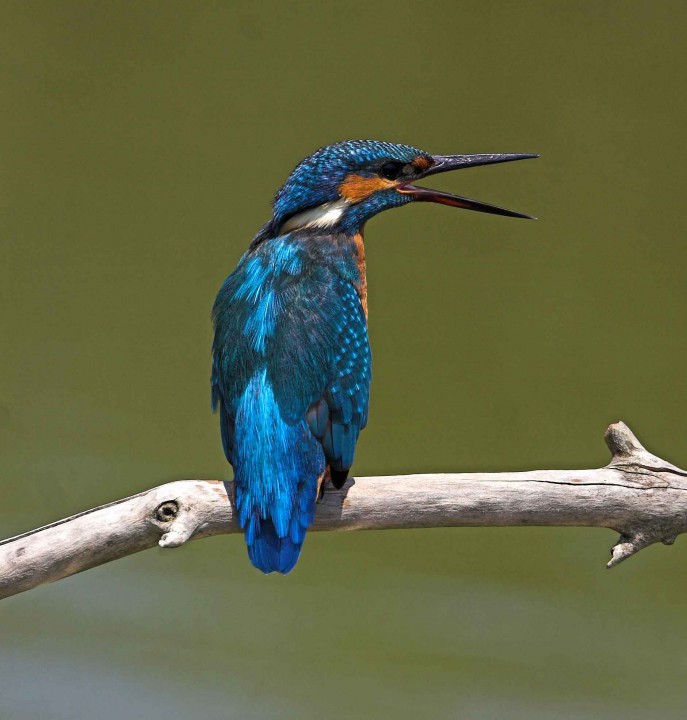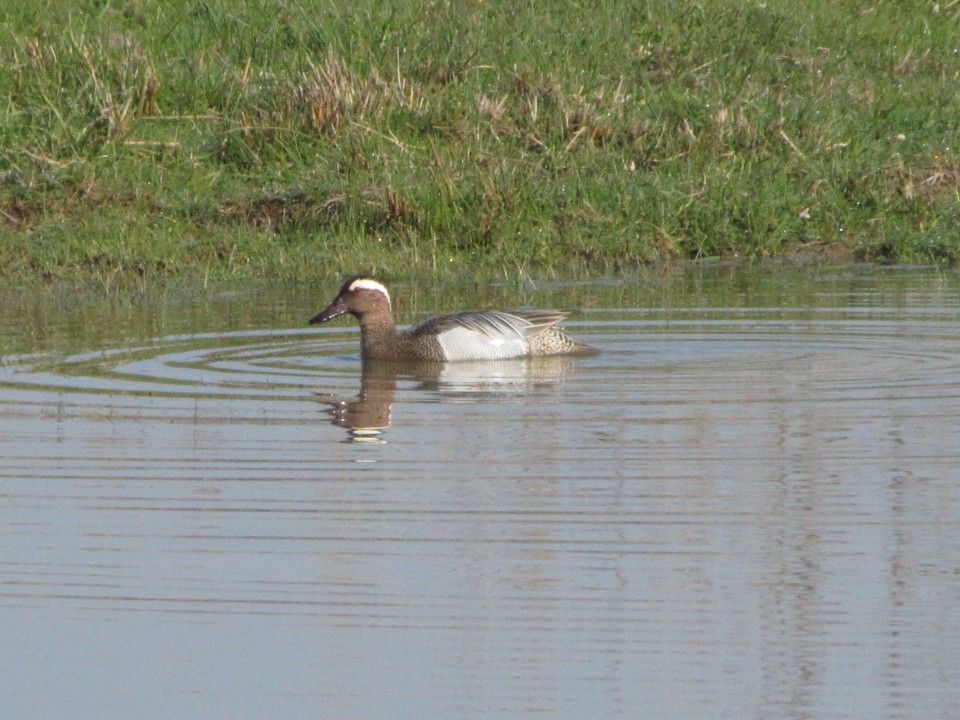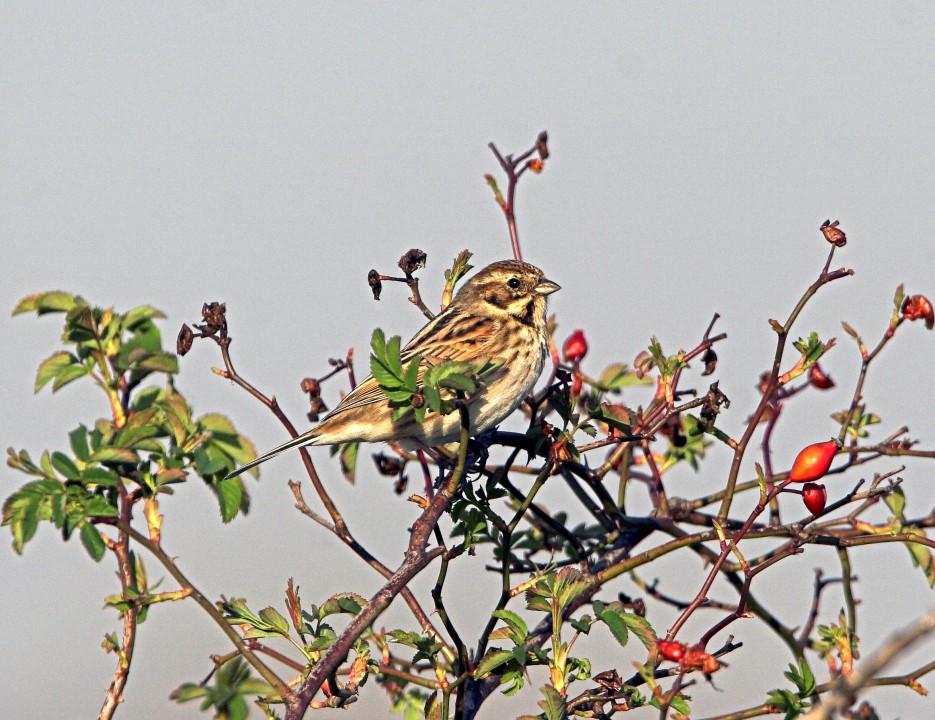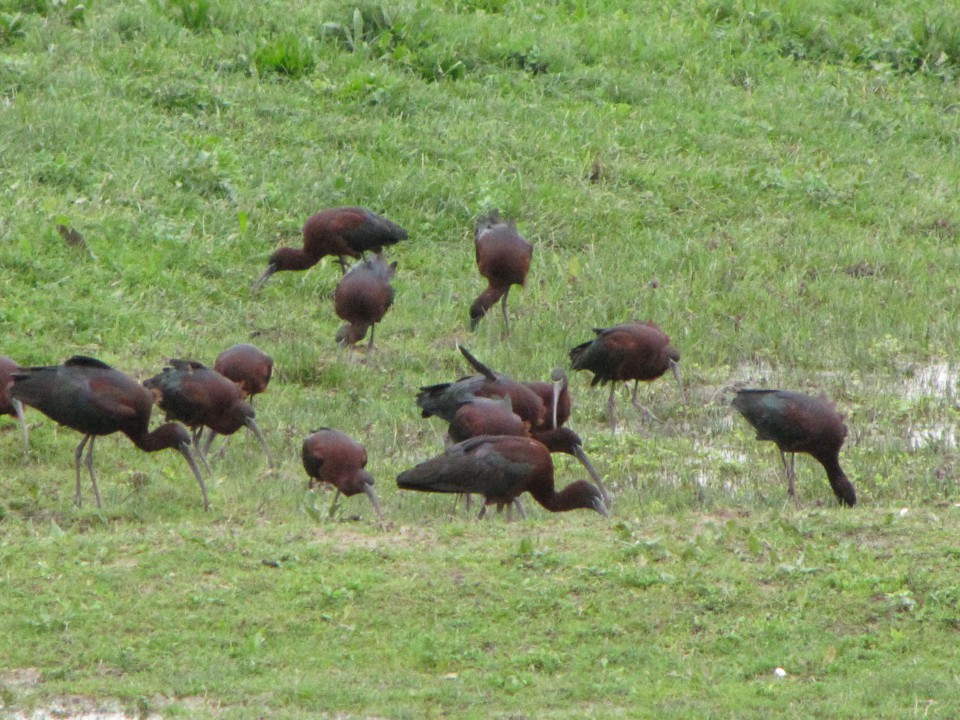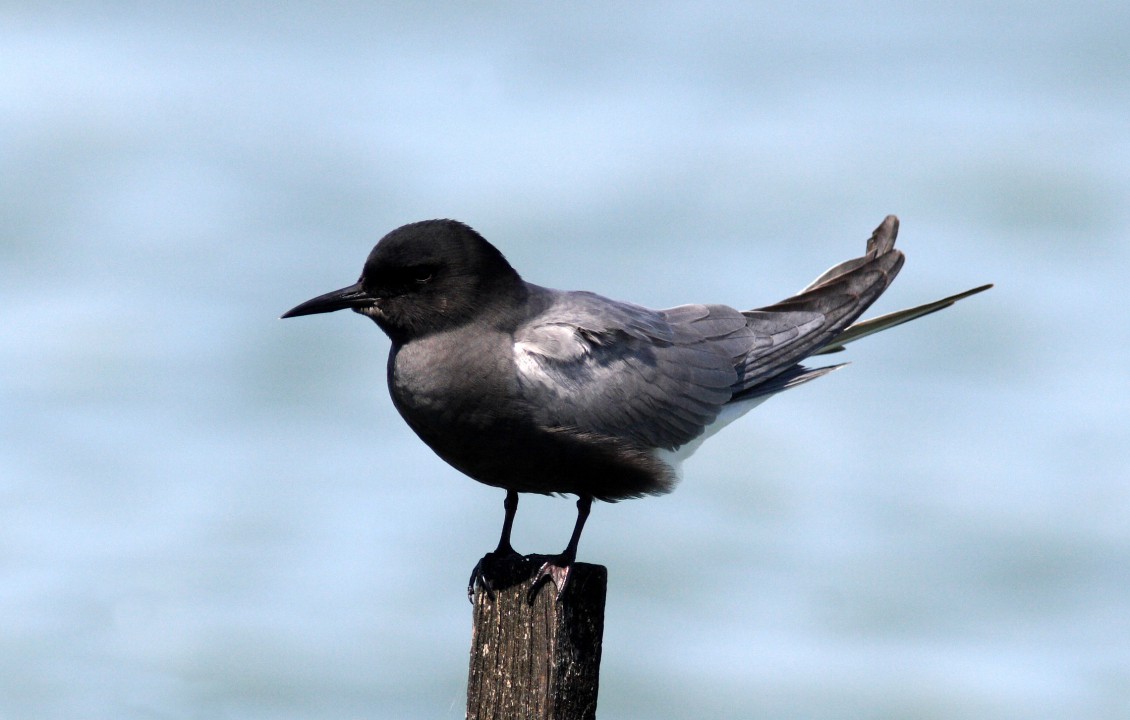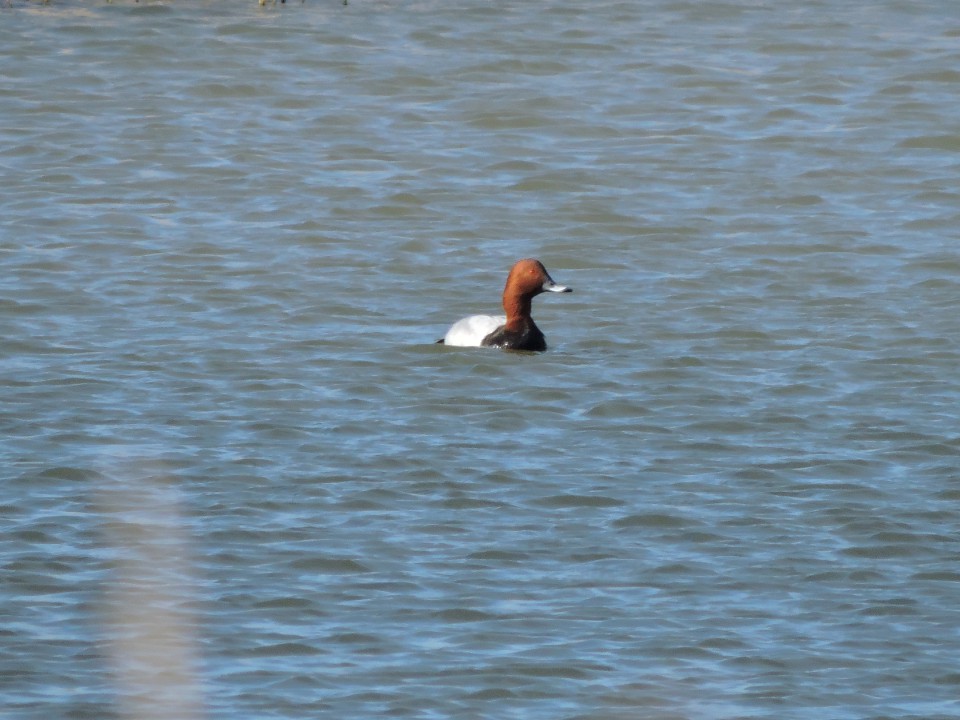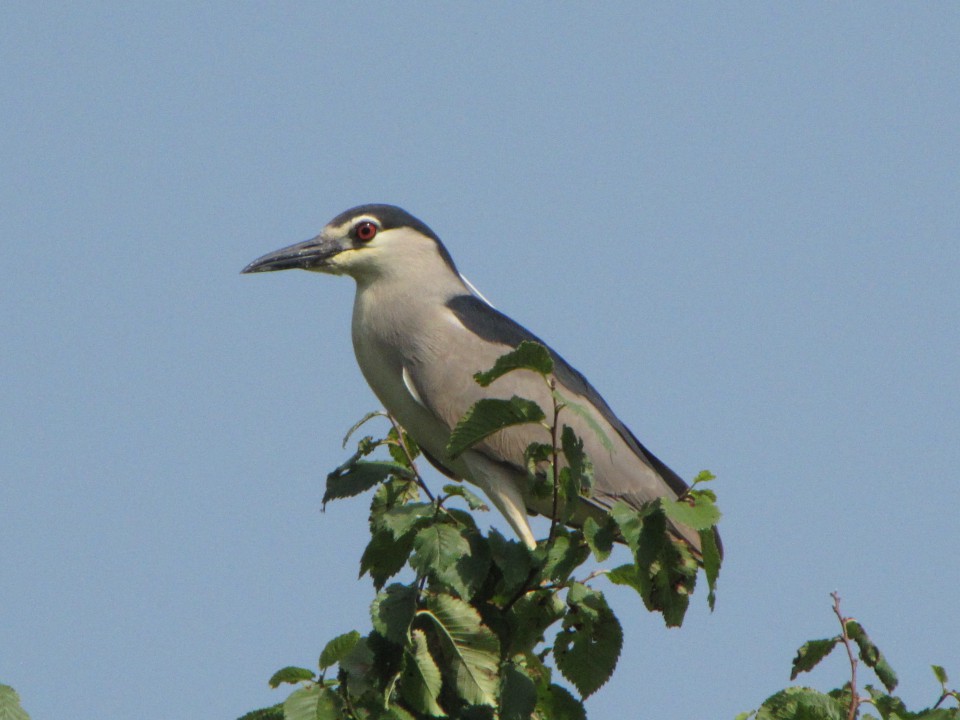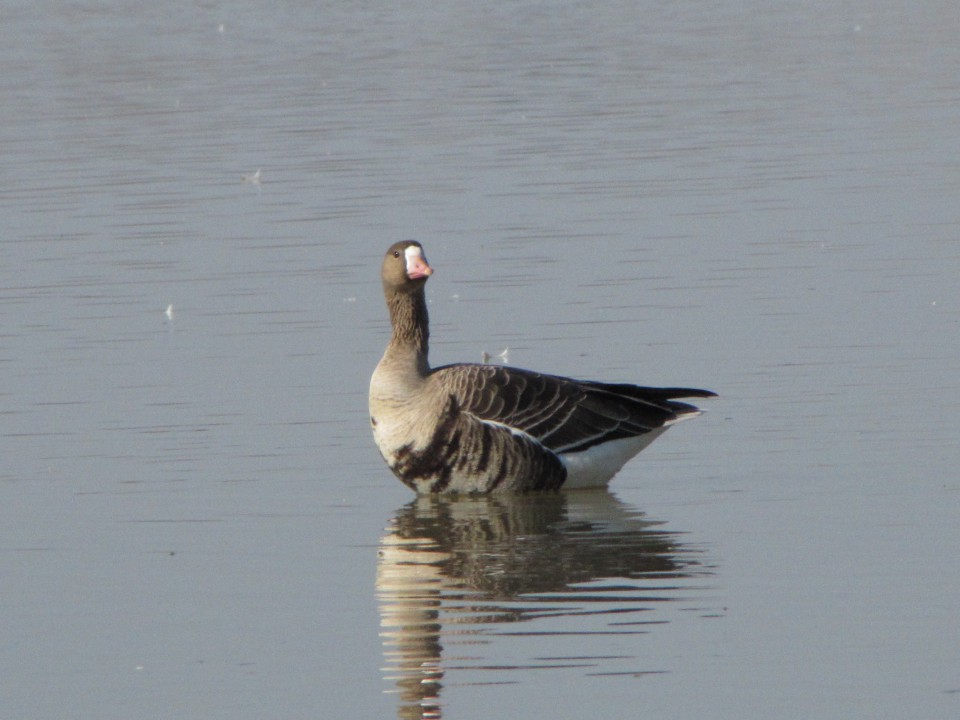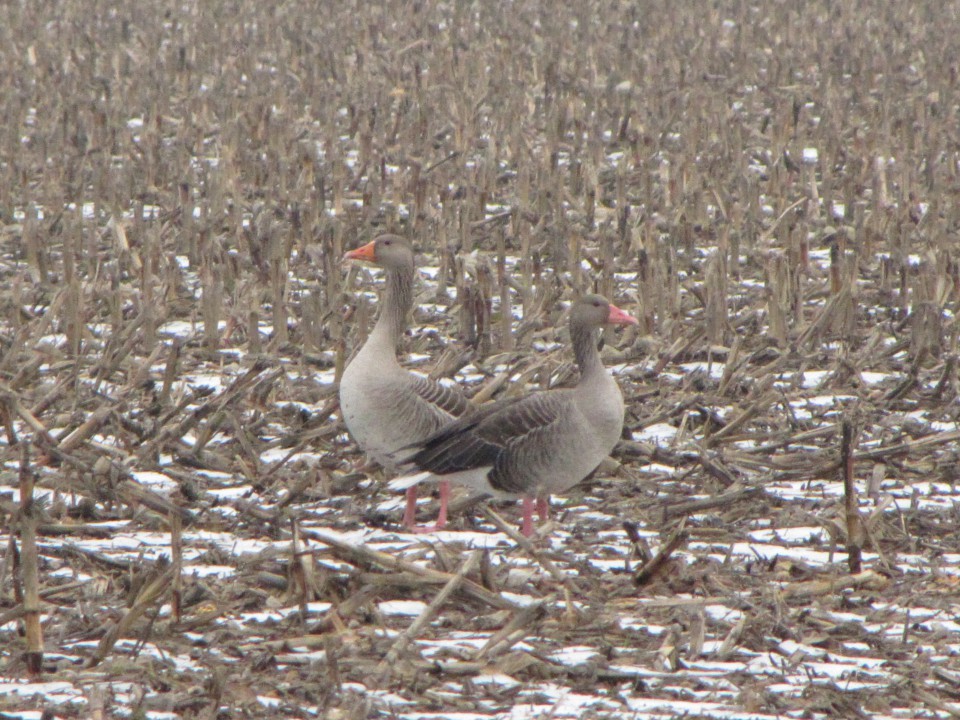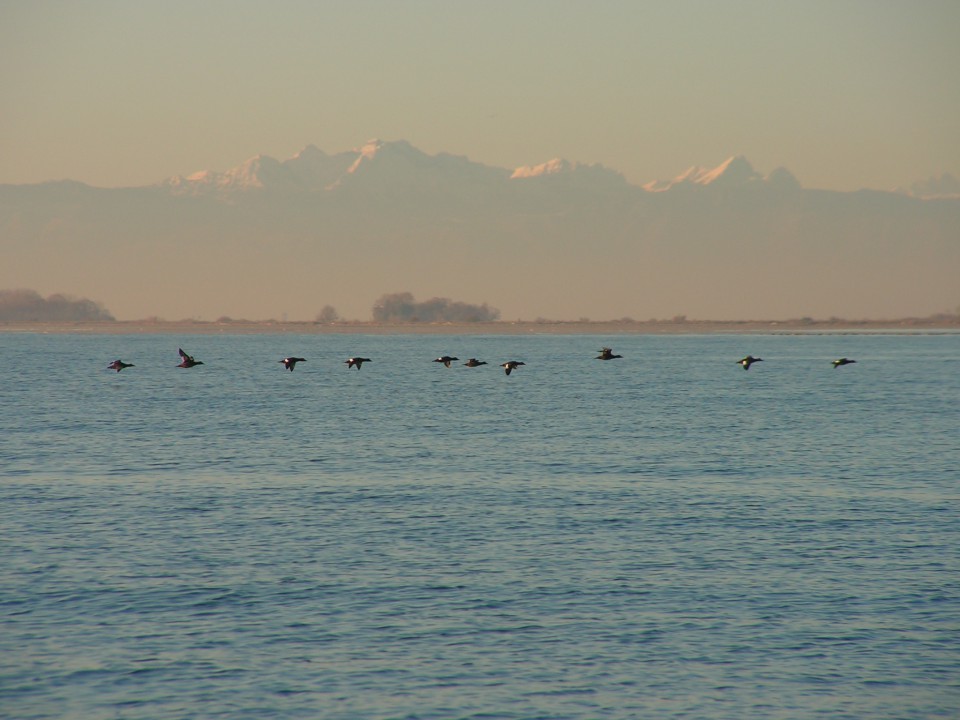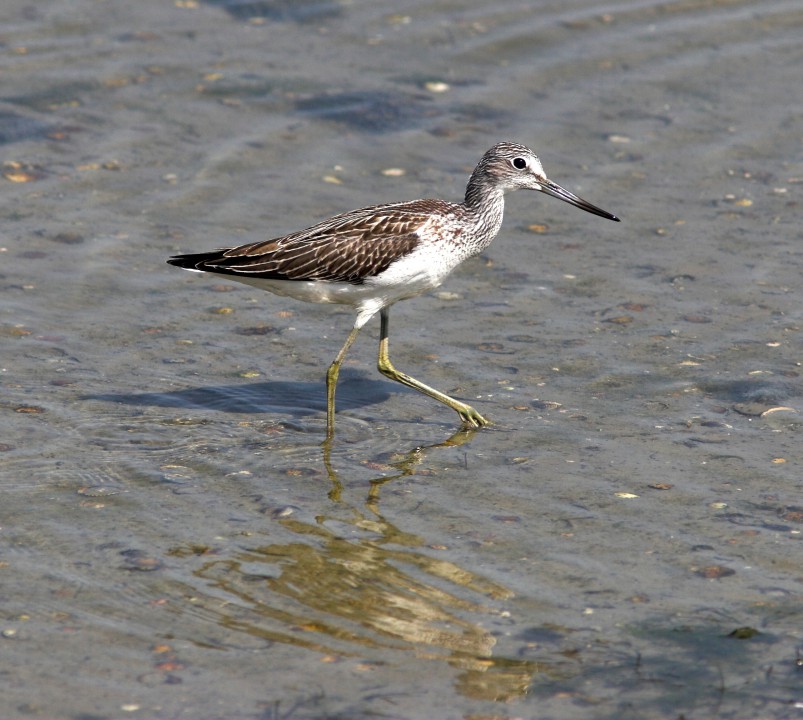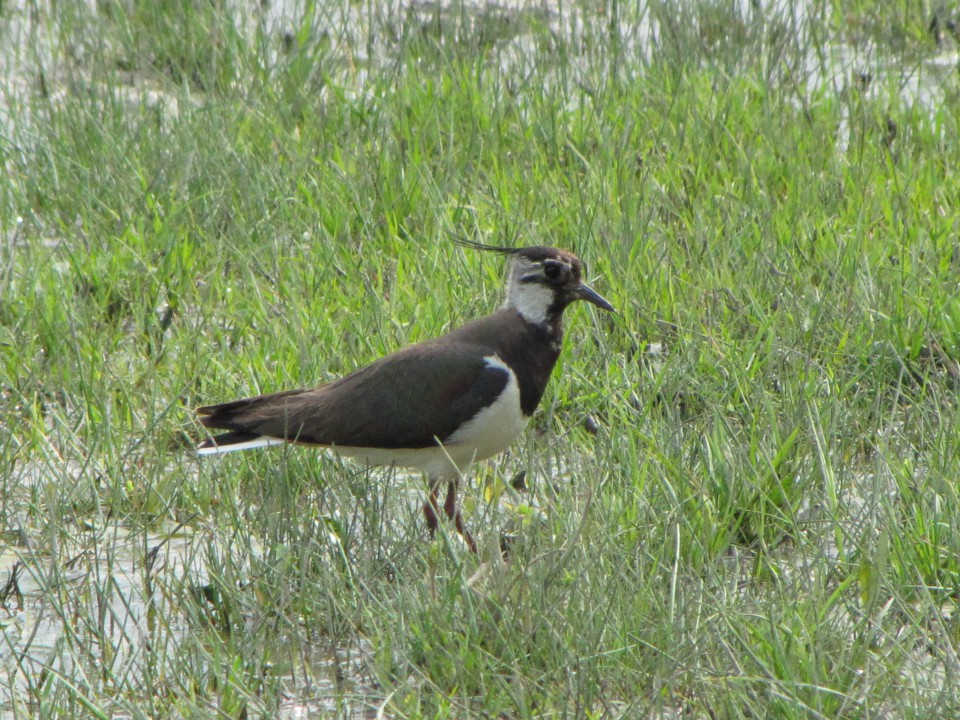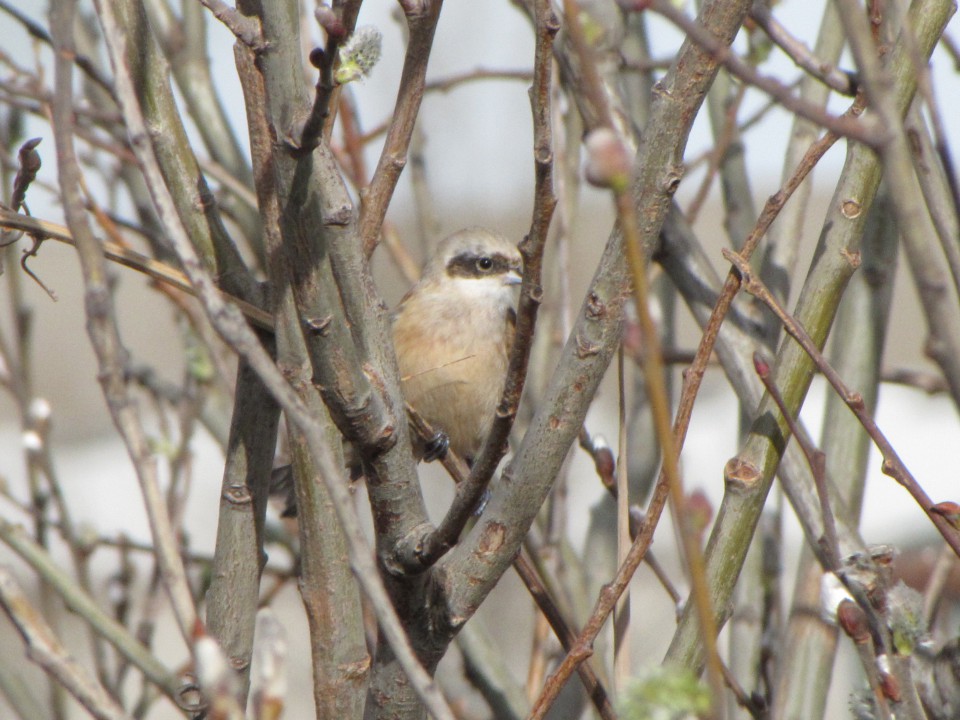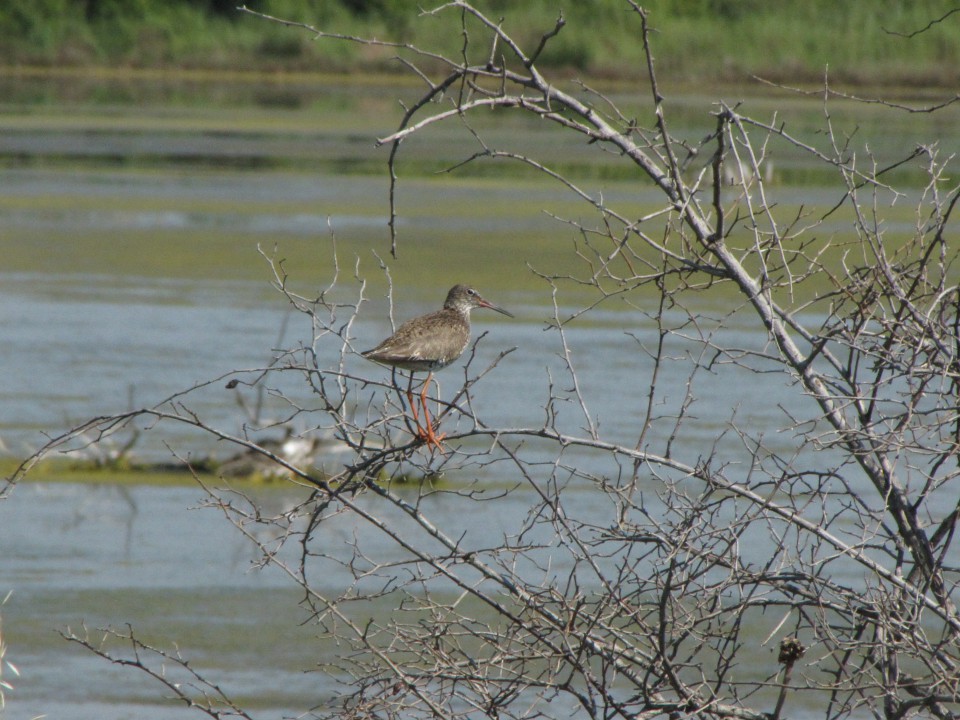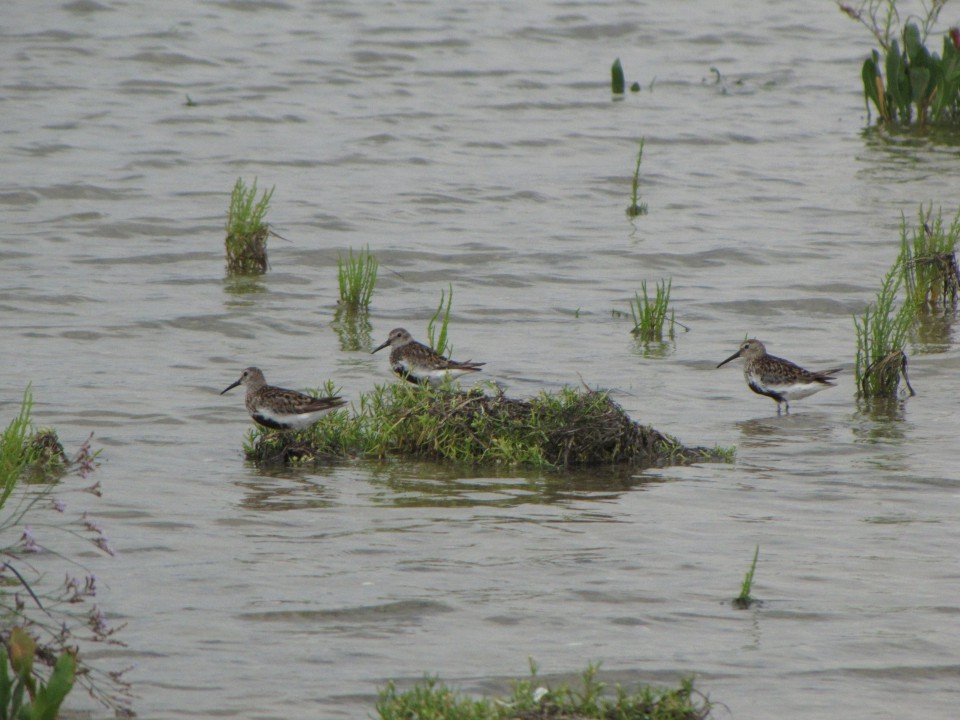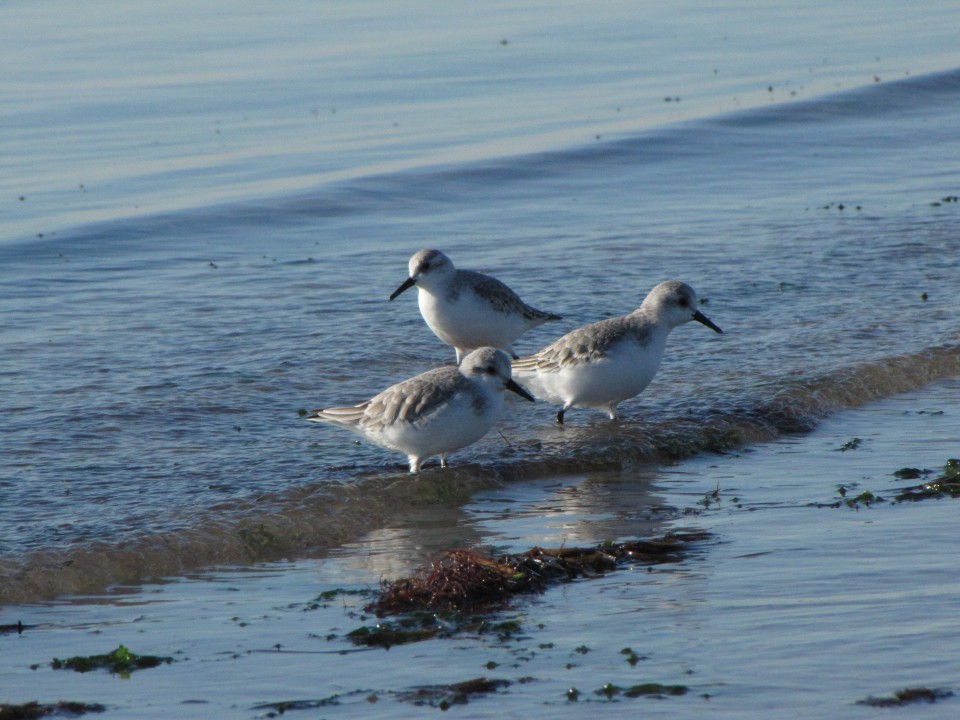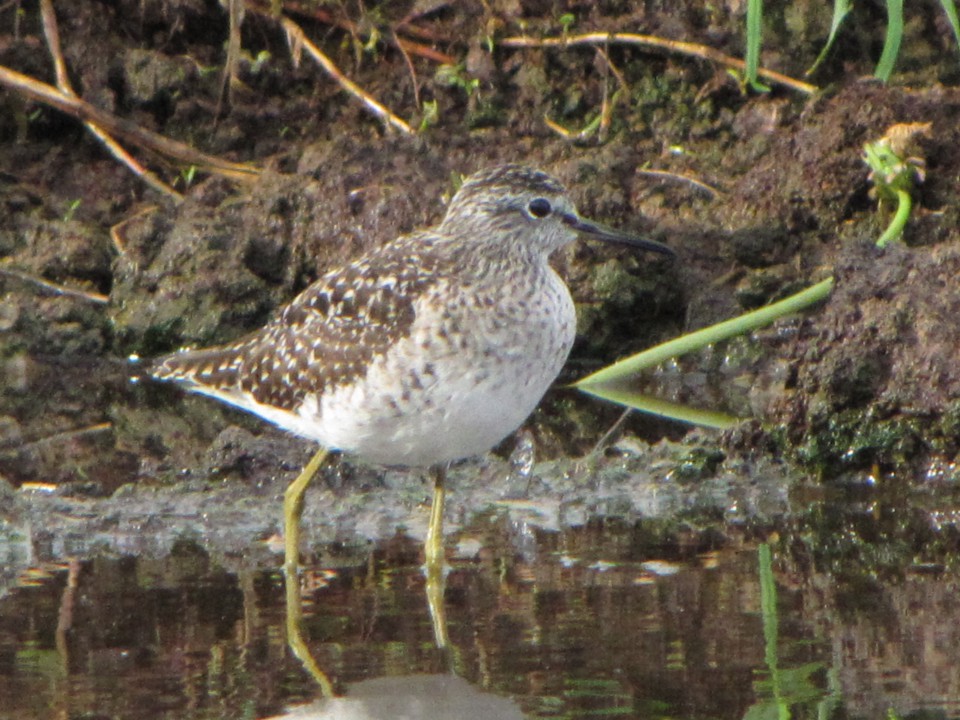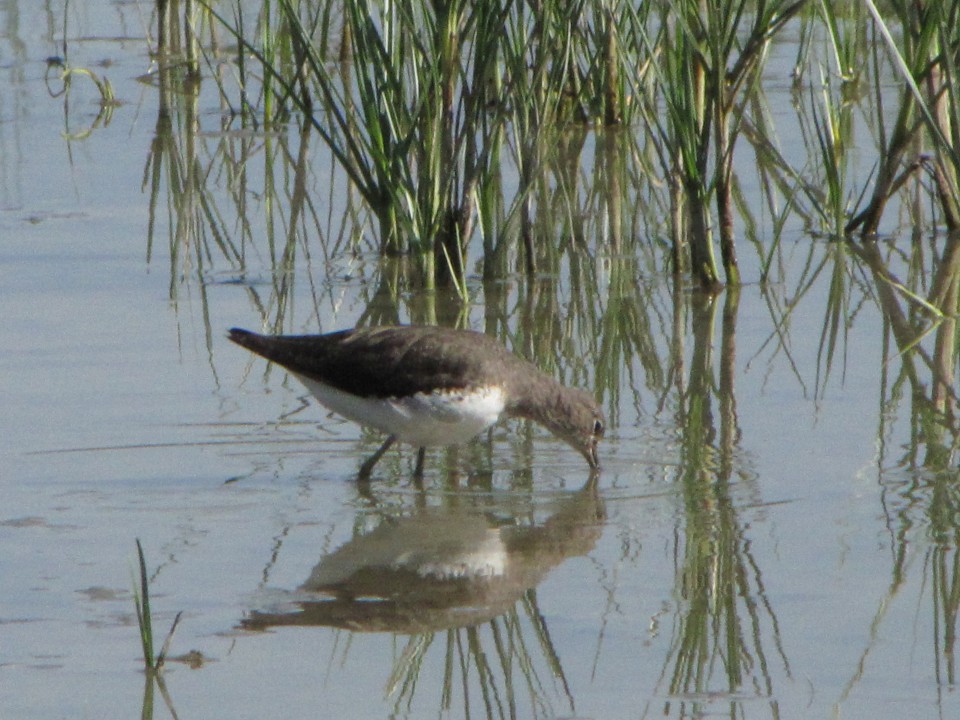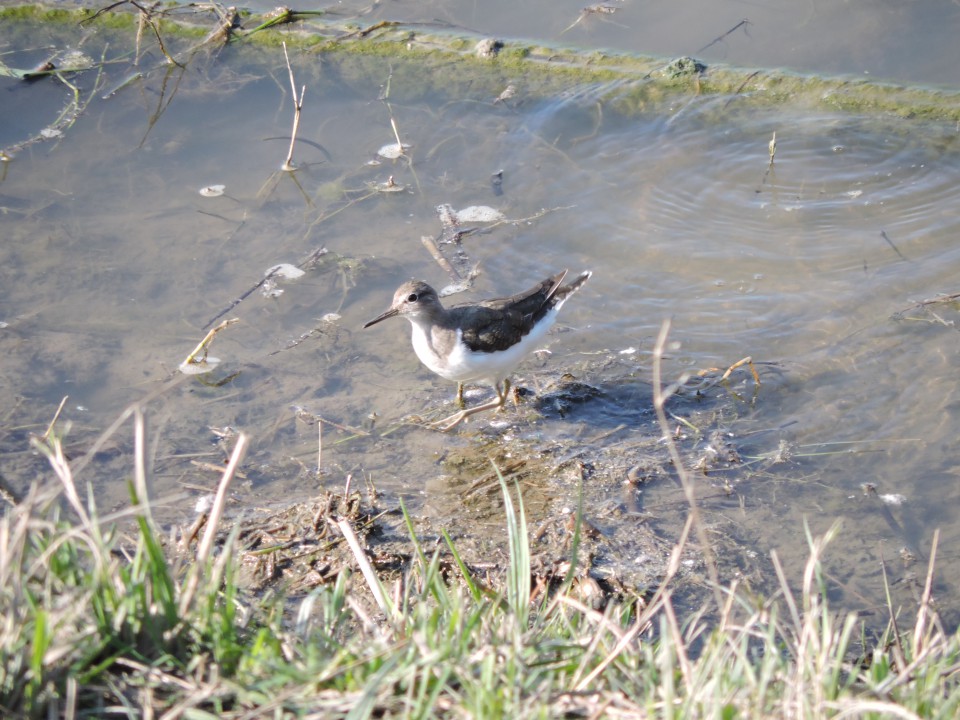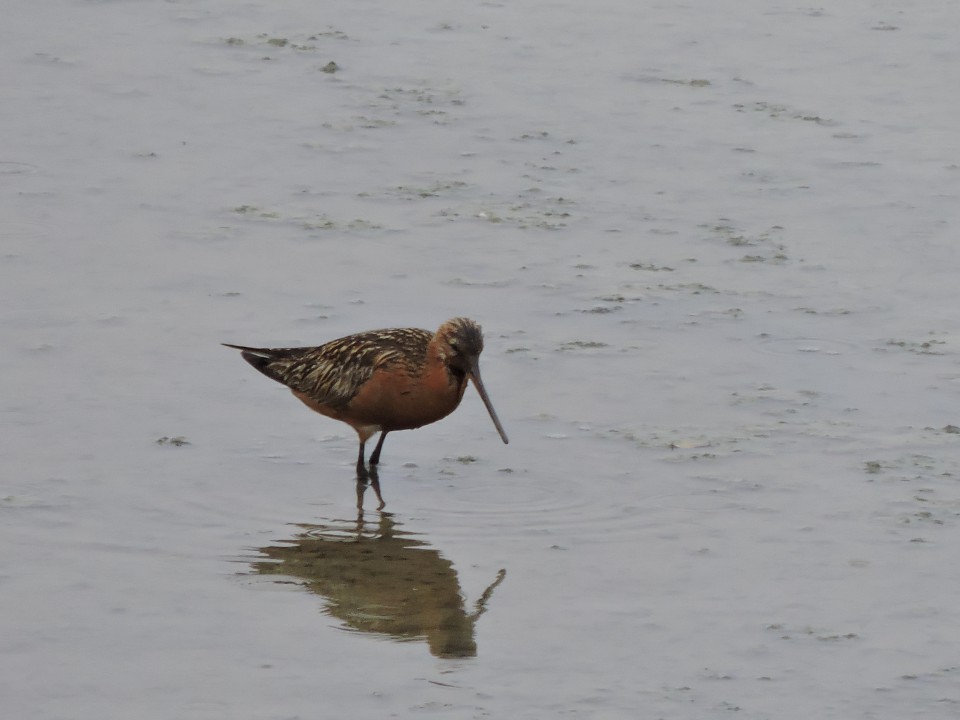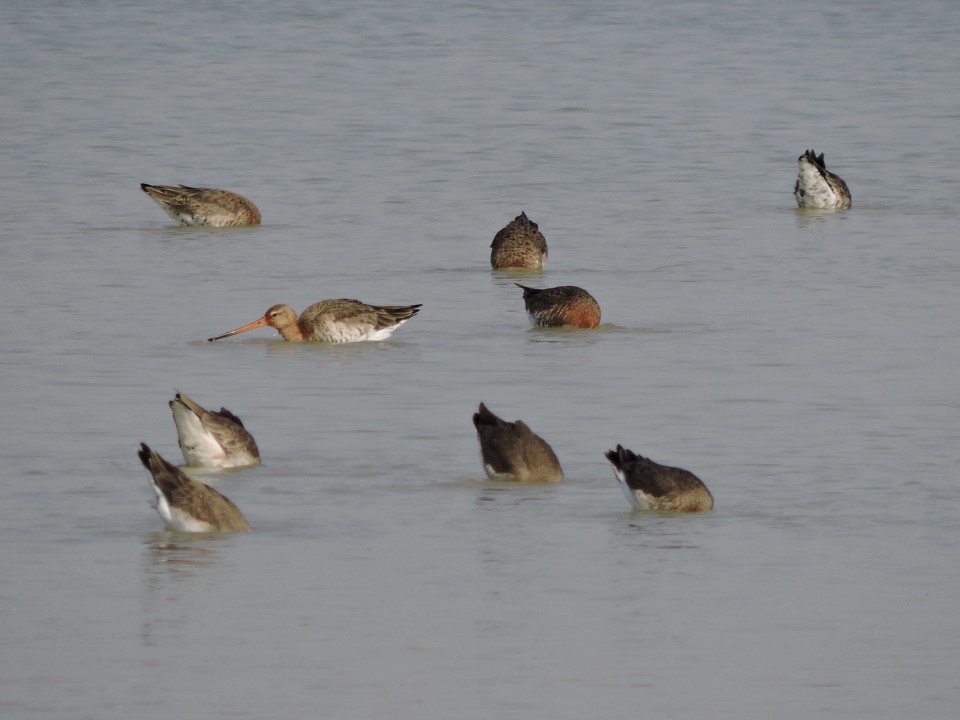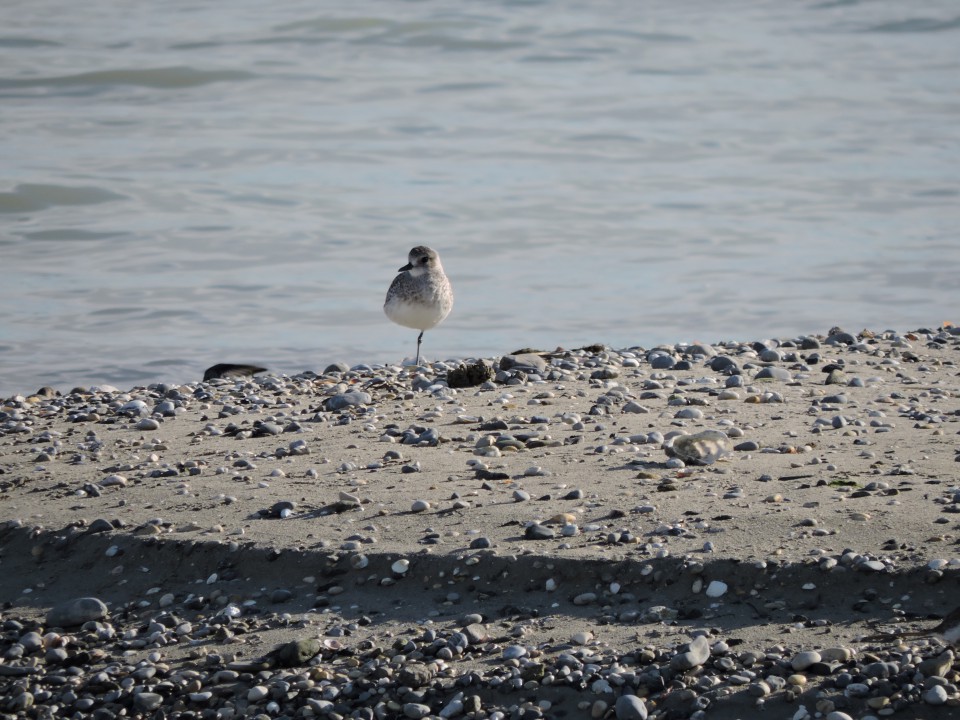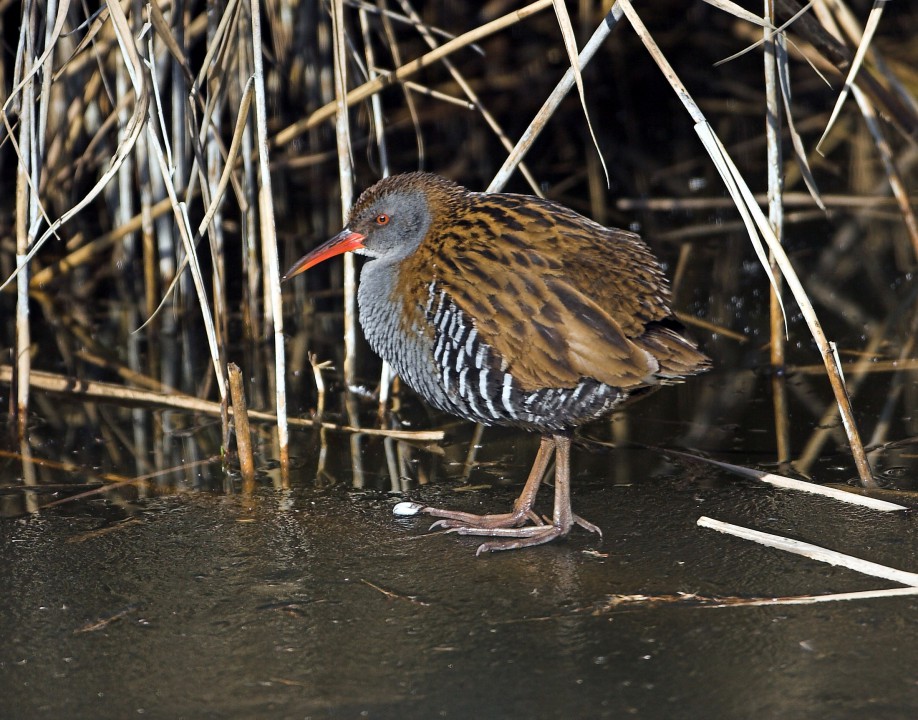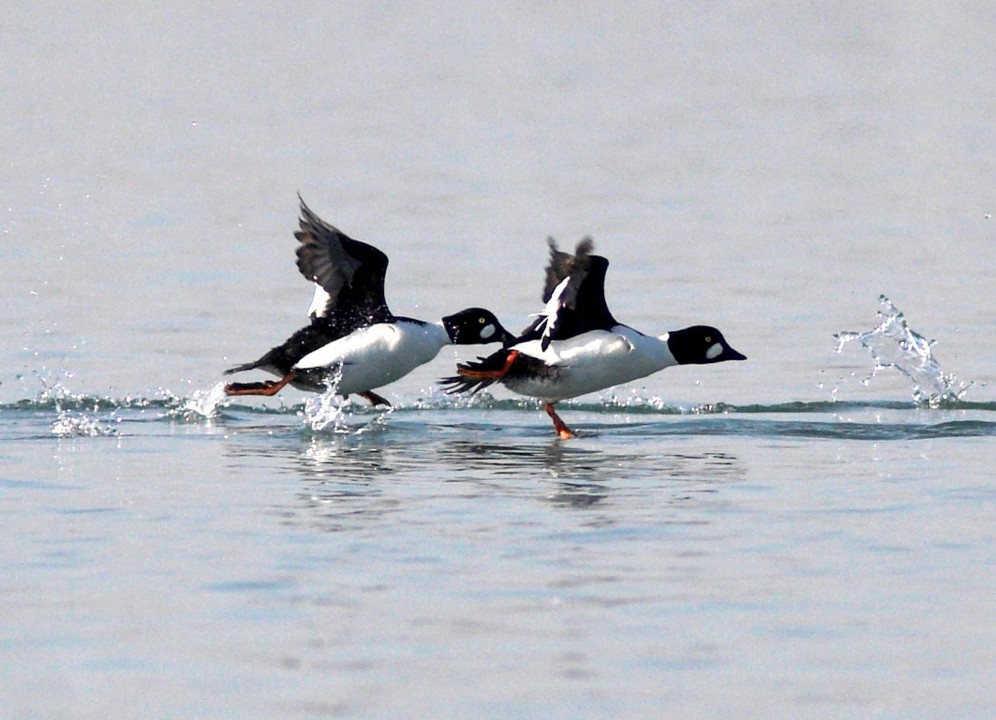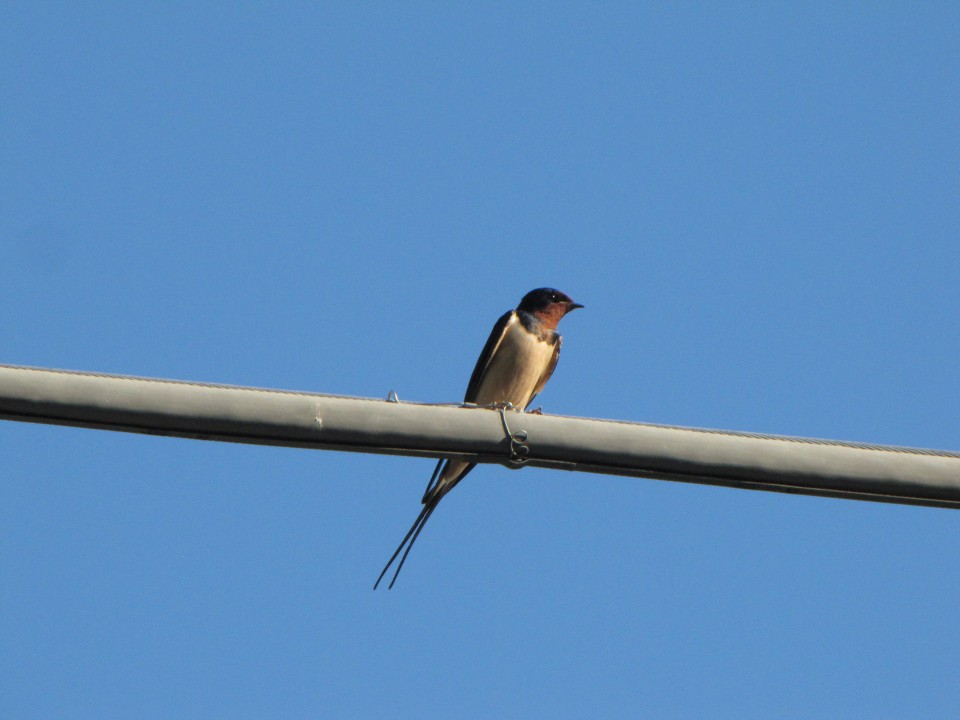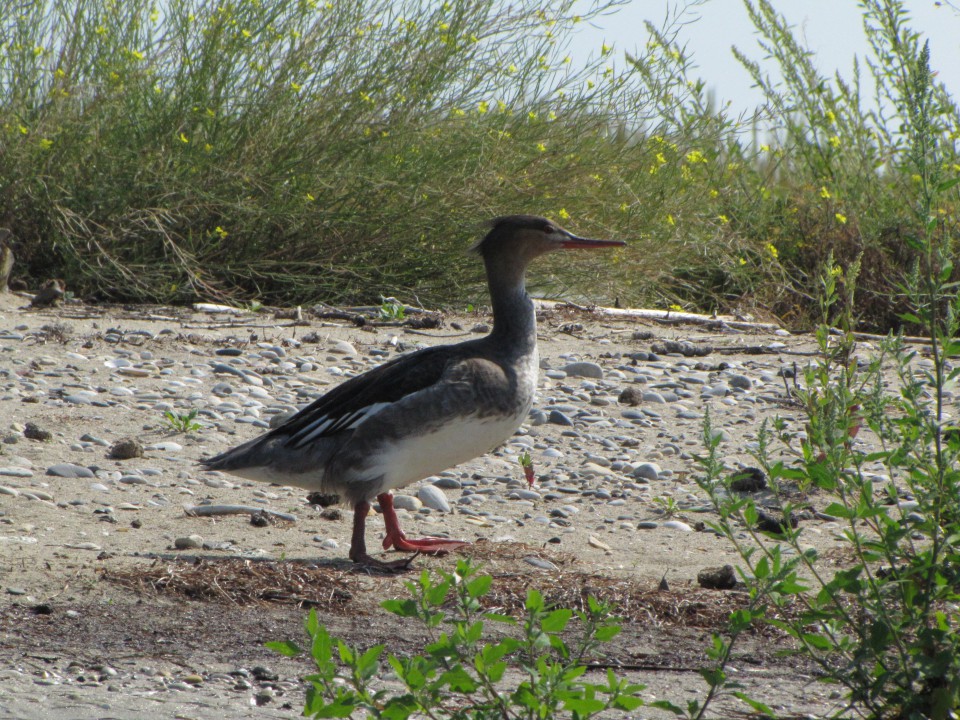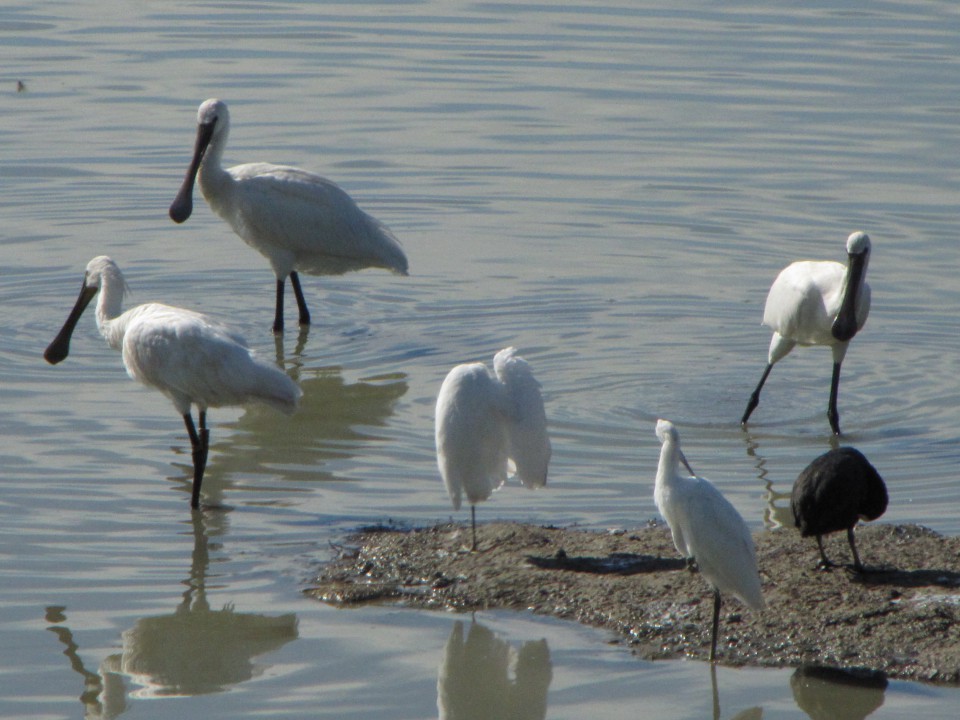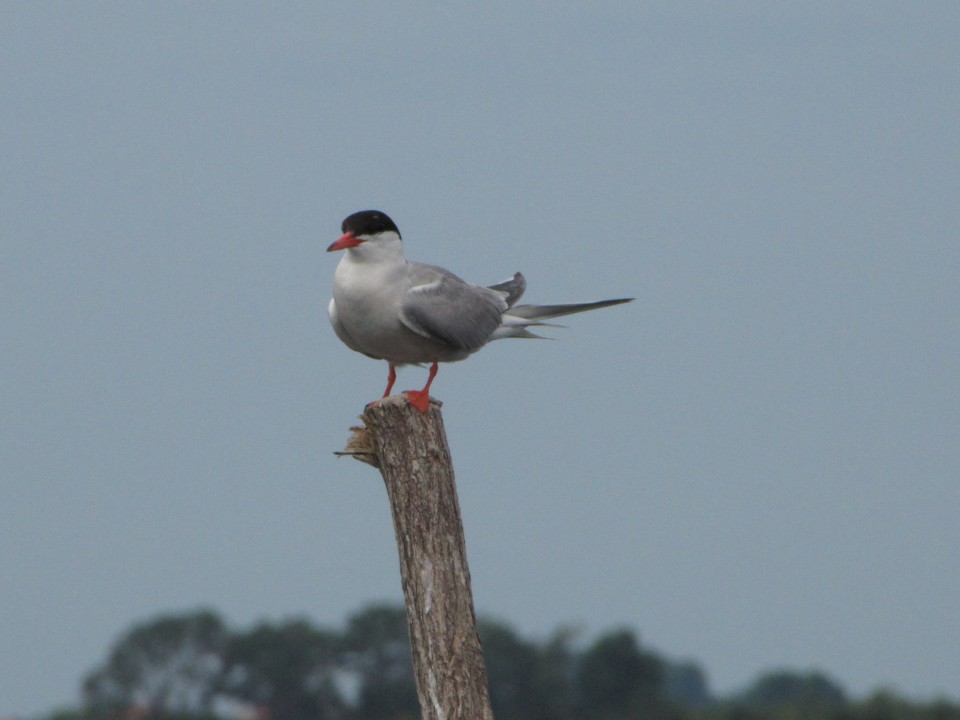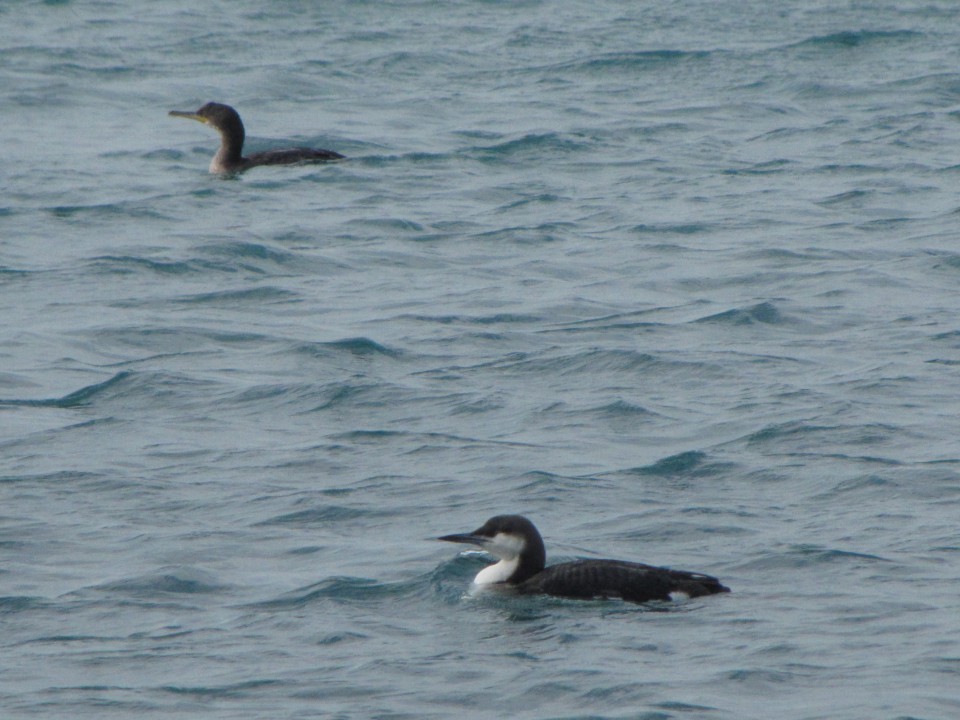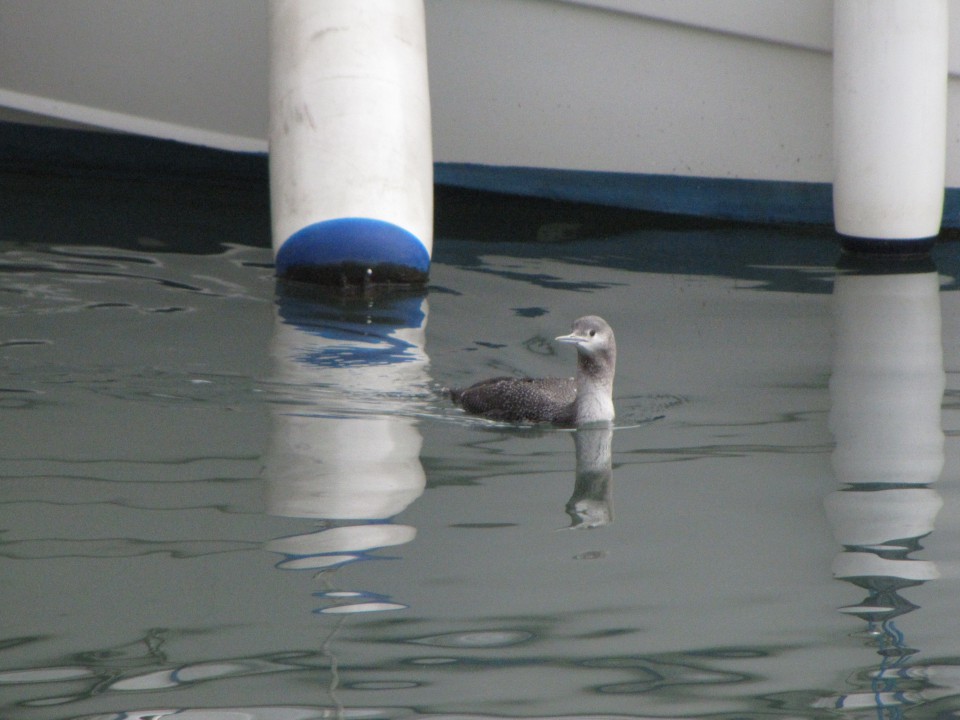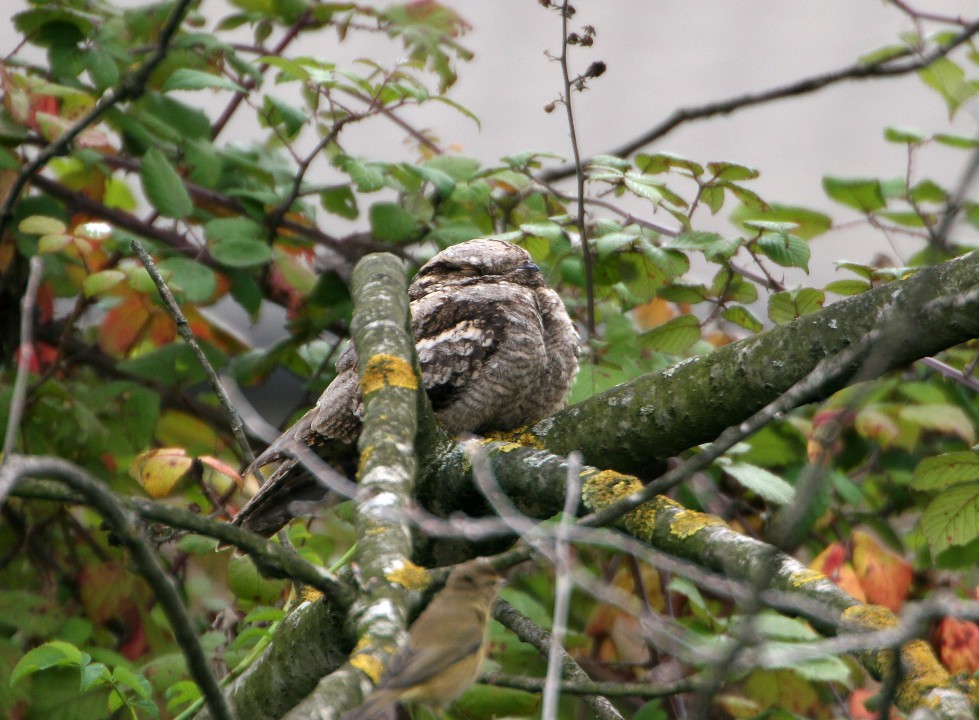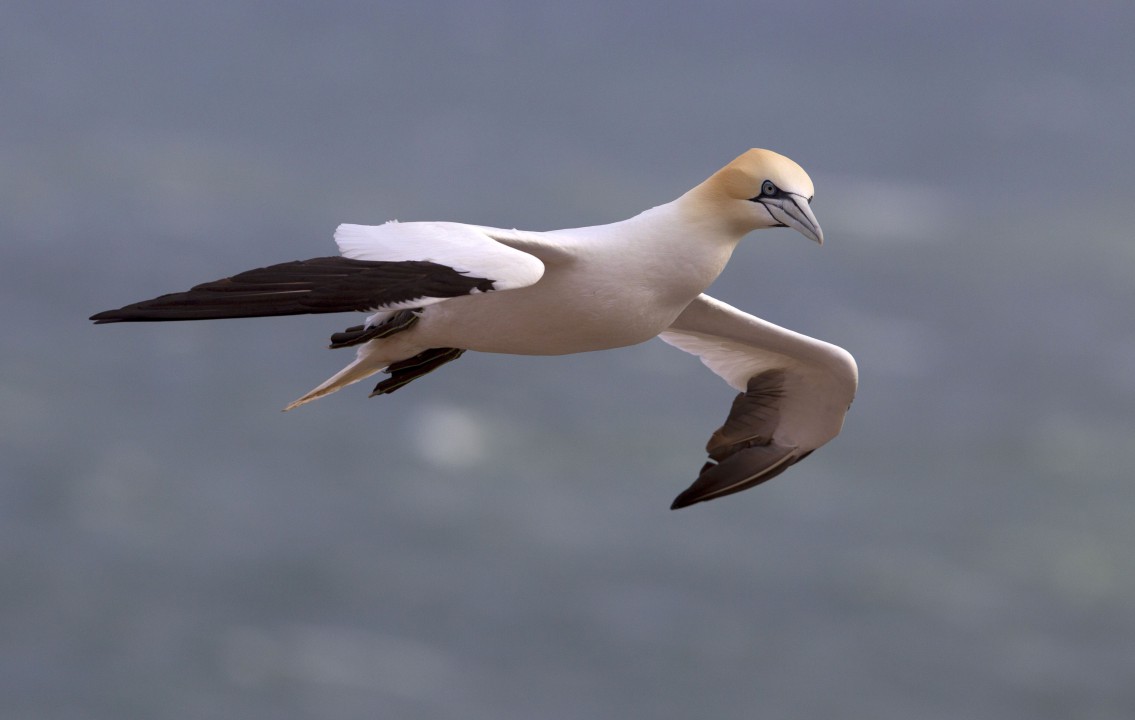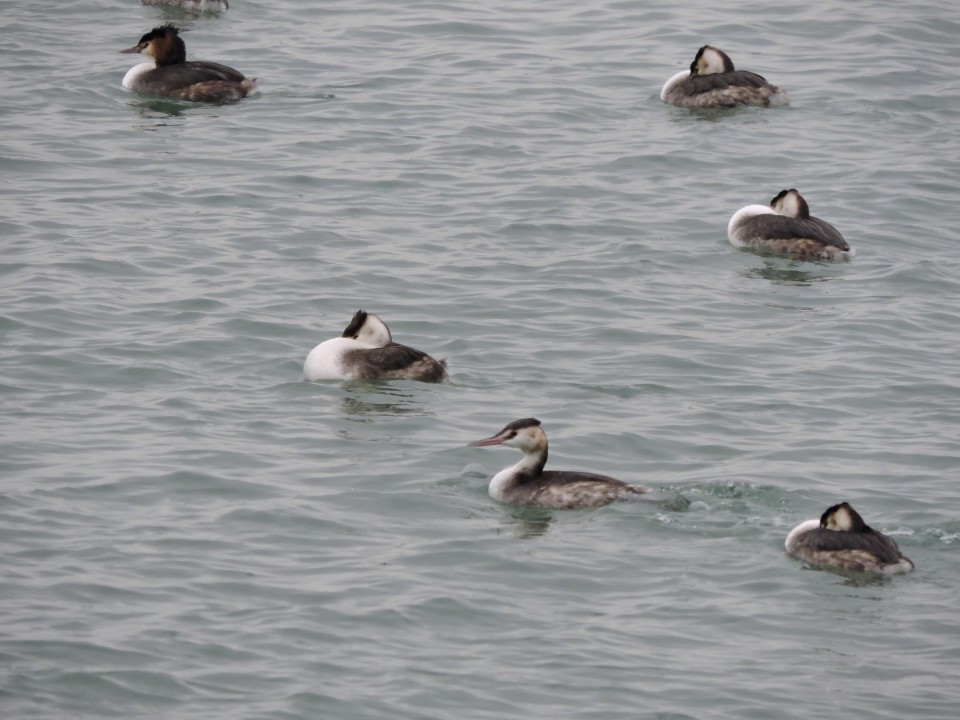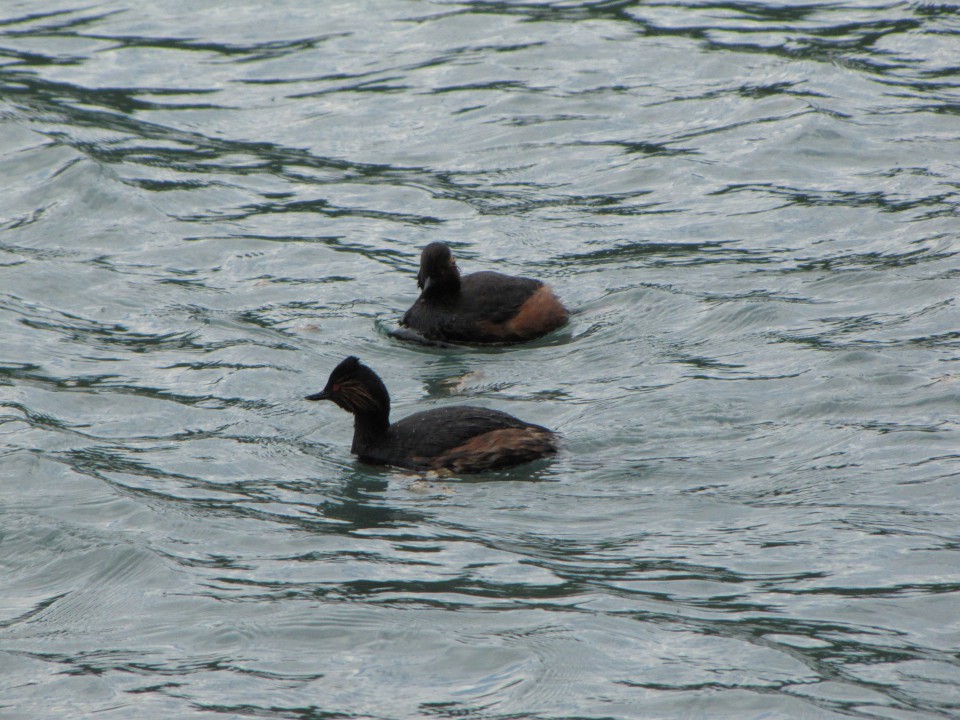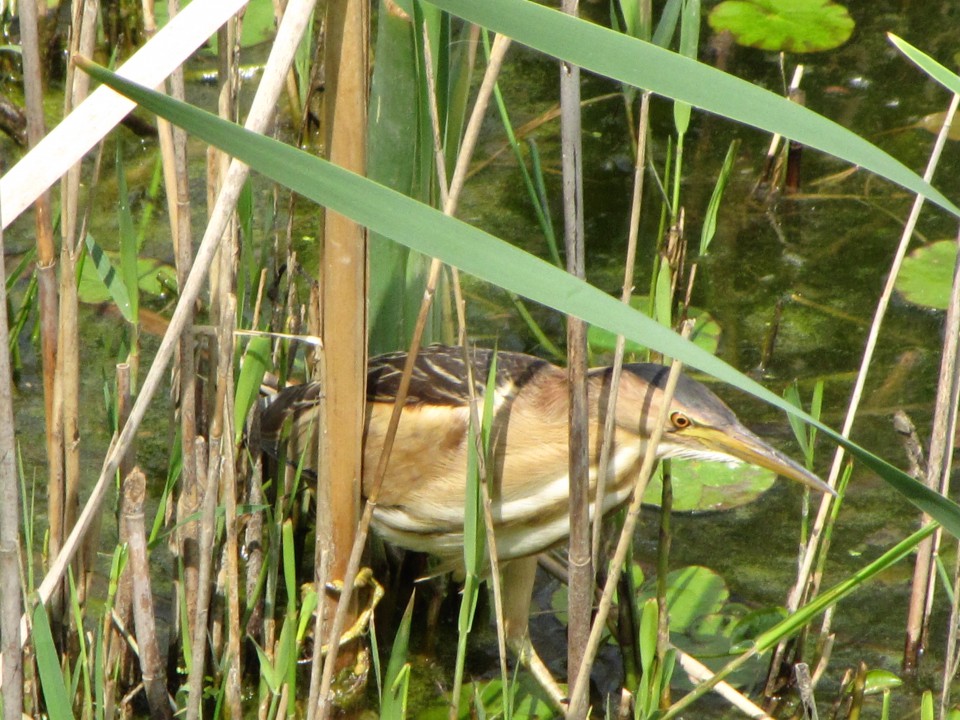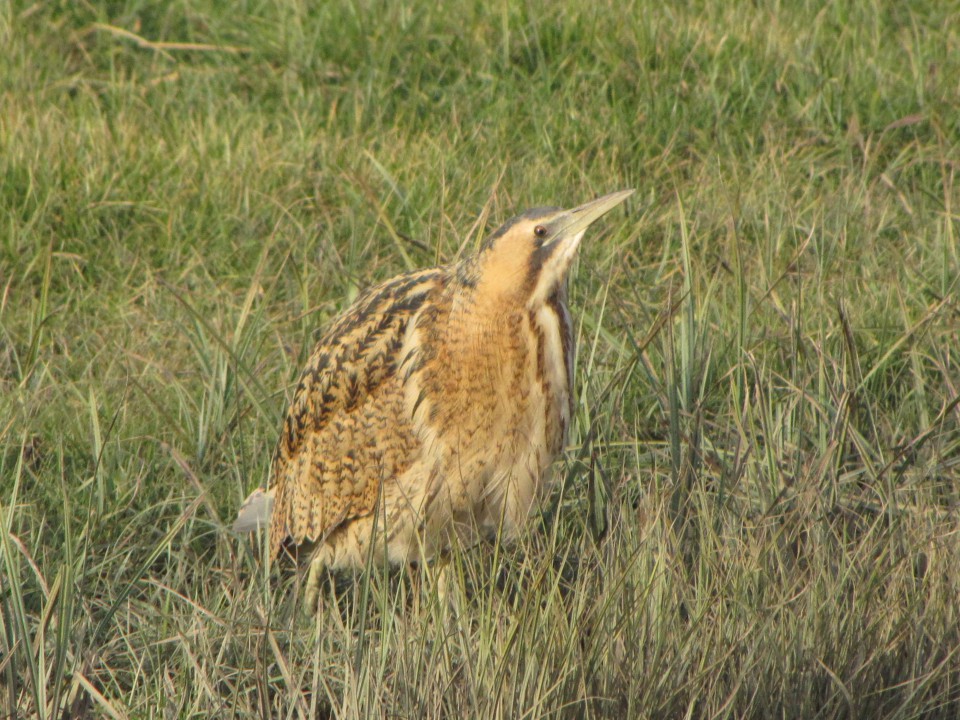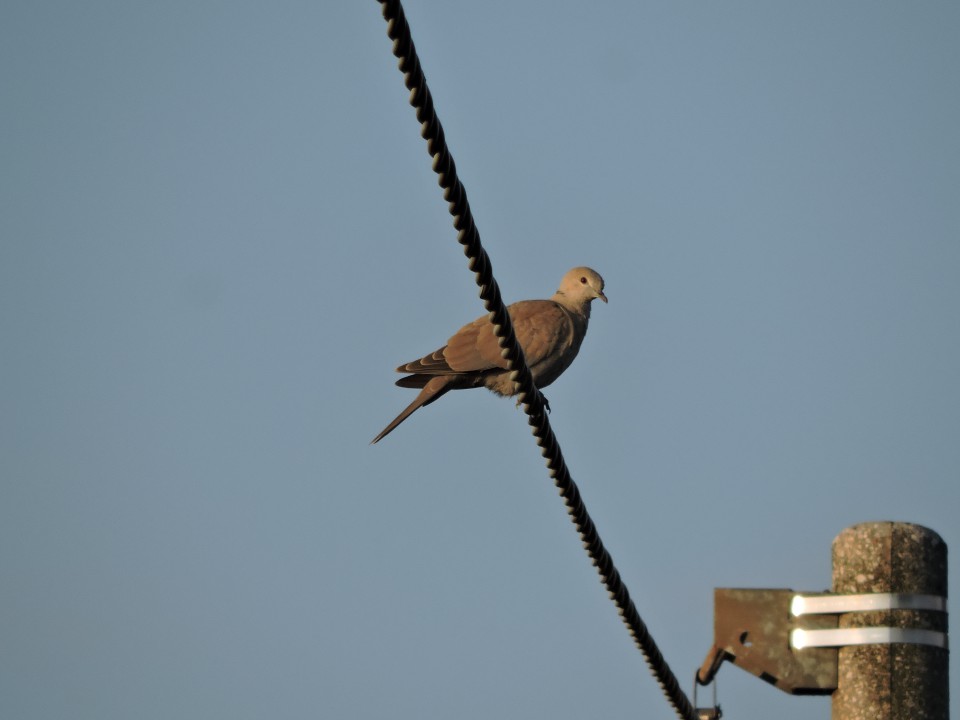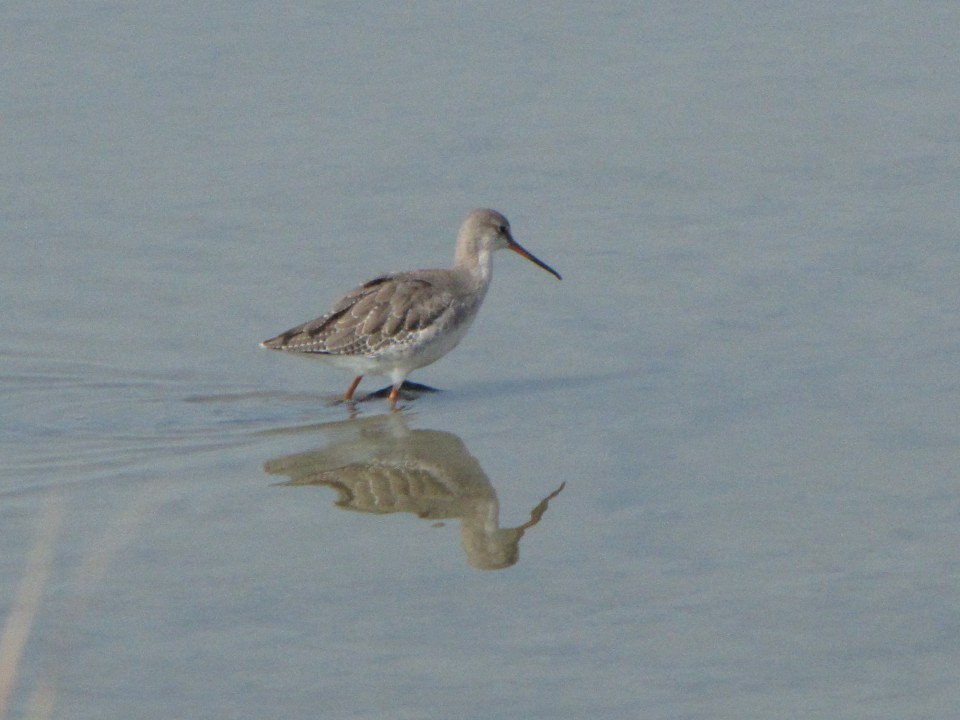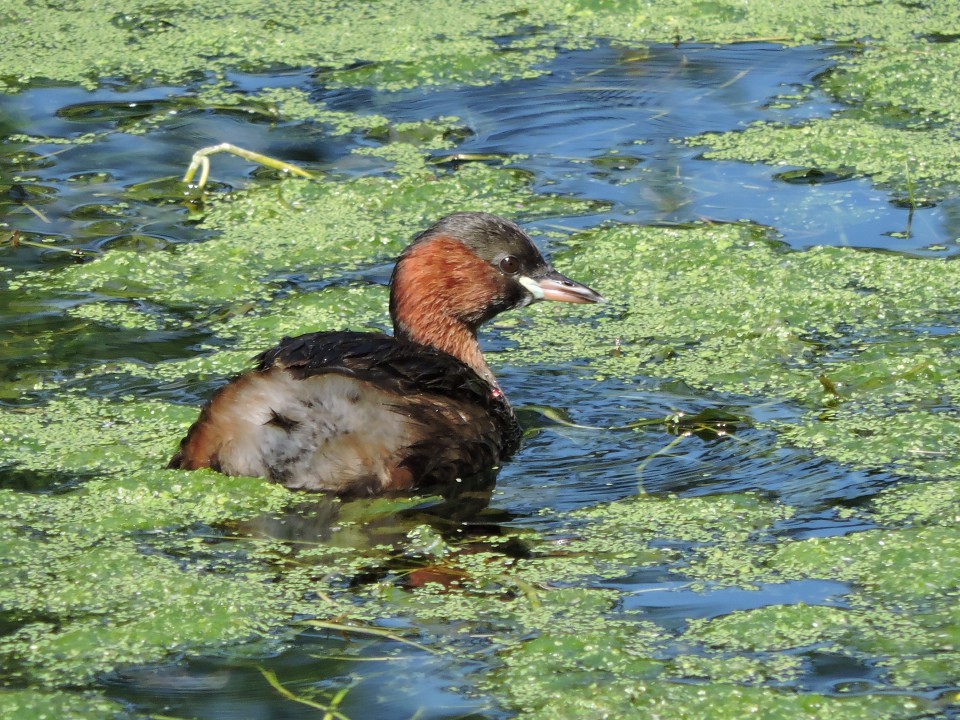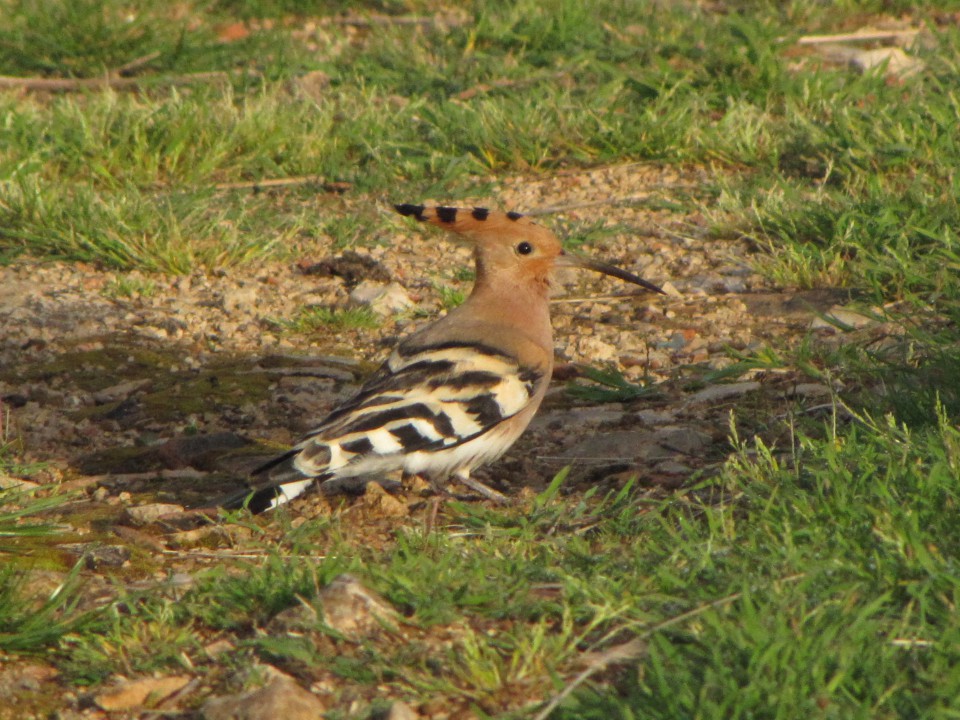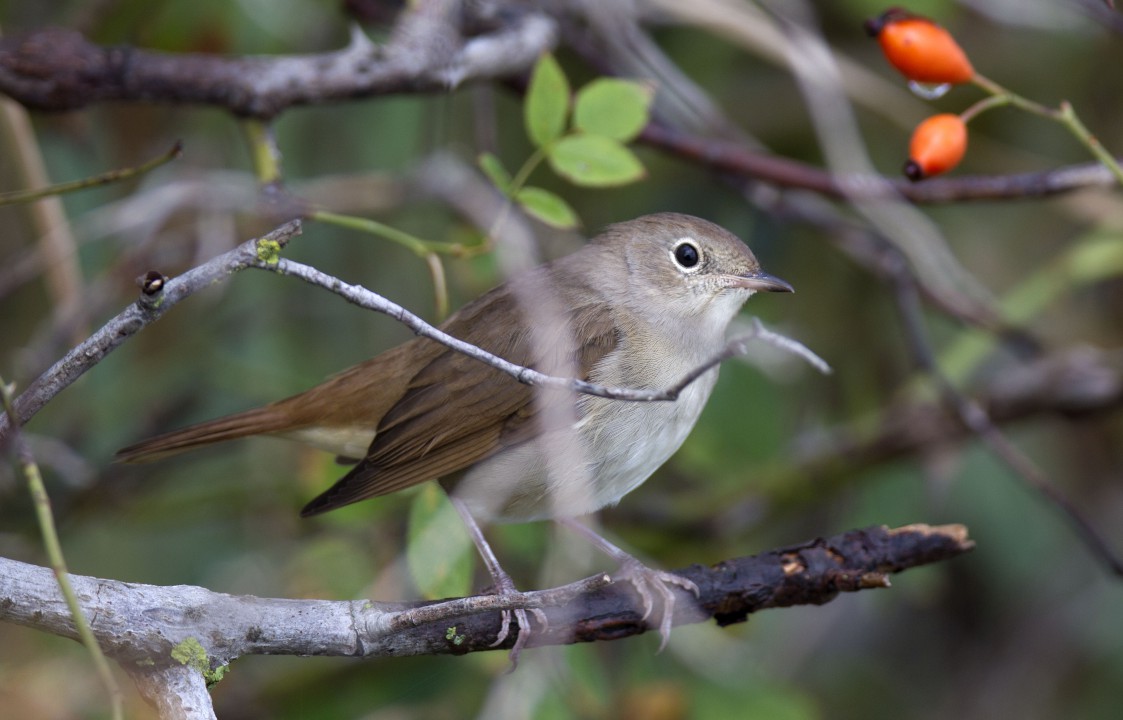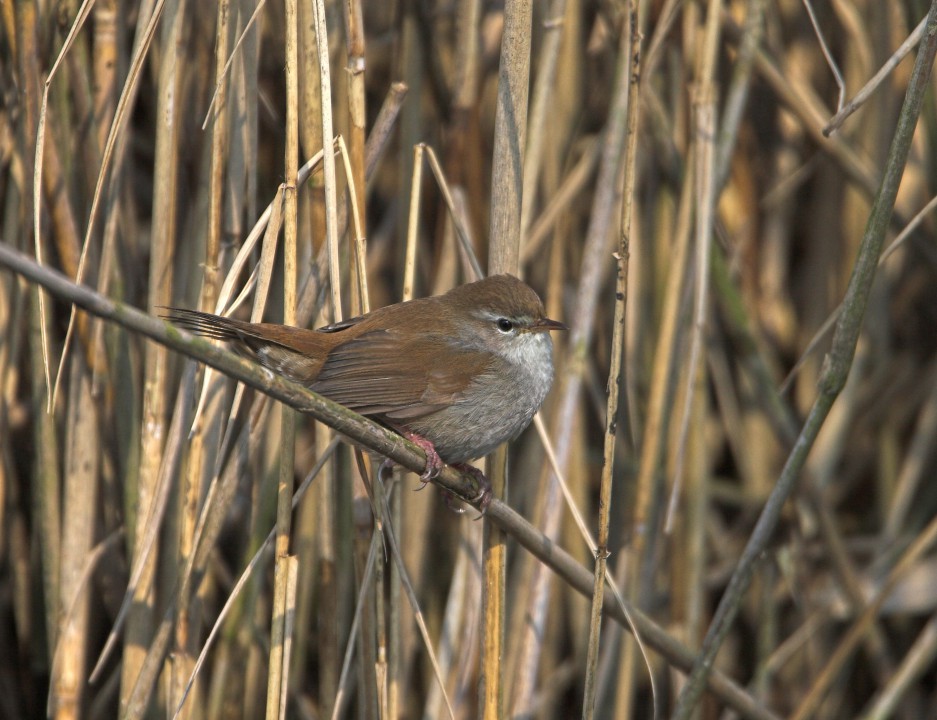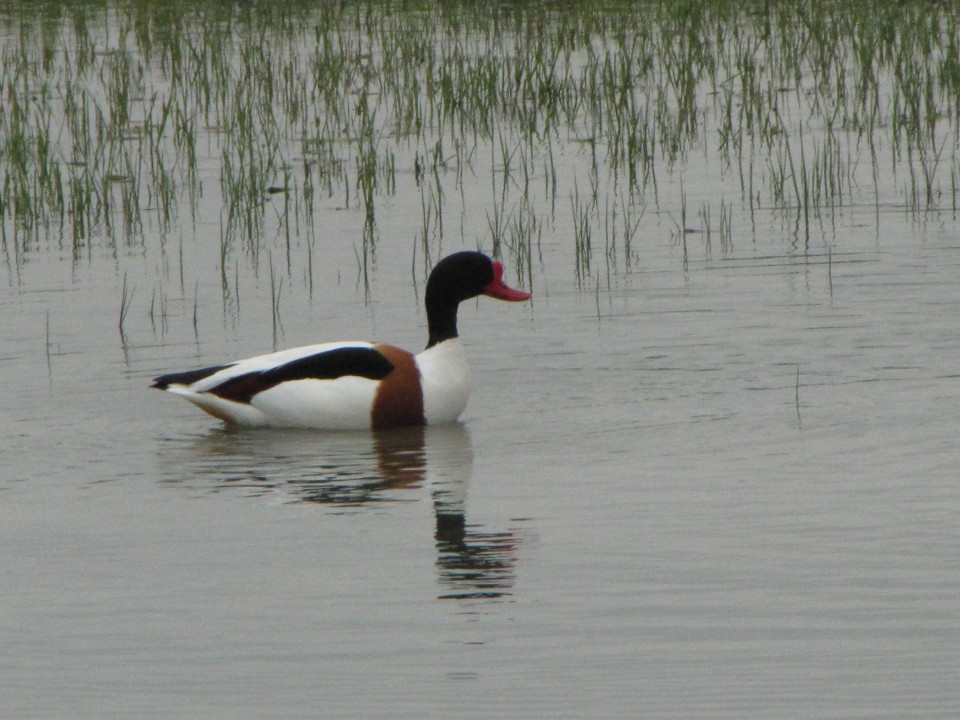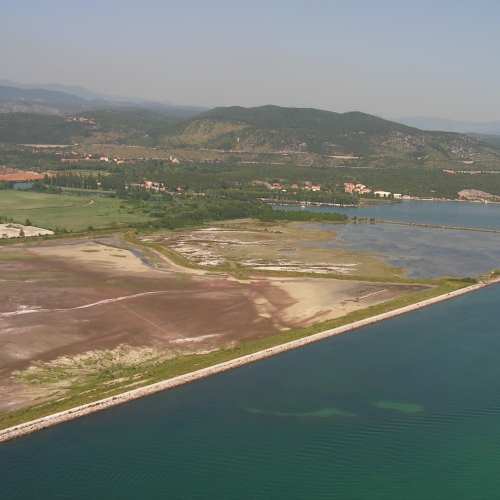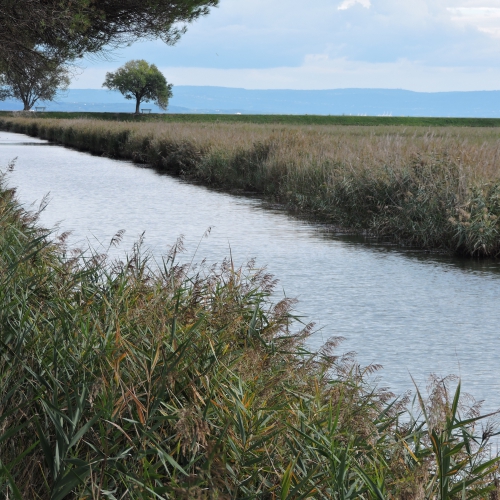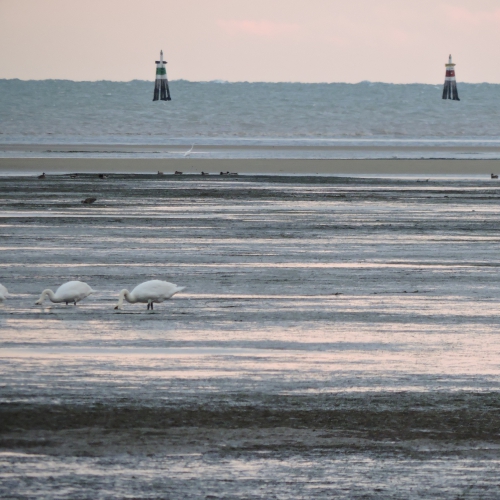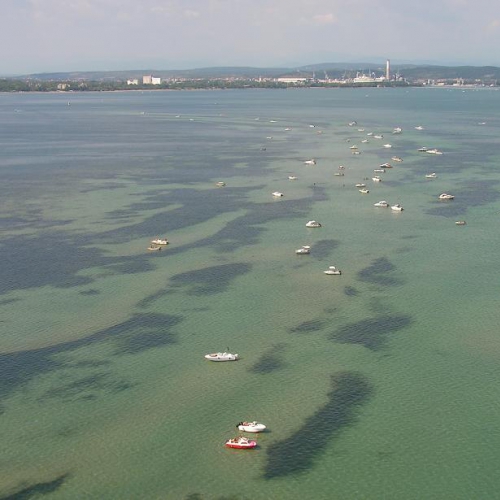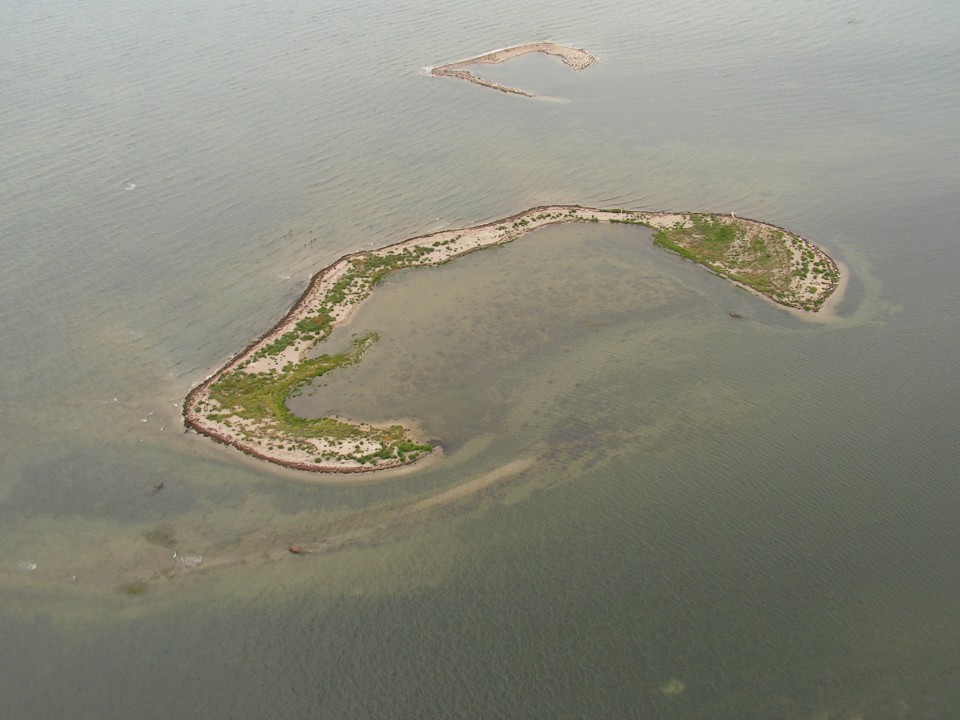
Description
Between the dam of the Litoranea and the lighthouse of Punta Sdobba there is a wide range of habitats: reed beds, tidal flats, sandy-gravelly islets and a vast mudflat that is muddy on the inward side and sandy on the outer side, forming the bar of the Isonzo estuary. The materials transported by the river during floods are deposited in a semicircle where the flow velocity is reduced because the waterway is no longer constrained by the river banks. This territory is a rare natural environment and the habitats evolve freely without direct human disturbance. The area is among the richest in terms of waterfowl and many rare or accidental species have been observed at this site. Part of the area is closed to access to ensure the necessary tranquility for nesting species such as the common eider, the oystercatcher and little tern.
Places of interest
A small fishing village created in the 1930s, it features colourful little houses that are still visited by small fishing boats and...
Fish
The grey mullet is a member of the family Mugilidae, which includes some eighty species of fresh- and salt-water fish. The grey mullet is...
This bivalve mollusc measures around 5-9 cm and filter-feeds on plankton and organic micro-particles. It is very common throughout the Mediterranean,...
The grass goby is a common fish in shallow coastal waters, estuaries and brackish lagoons, on muddy bottoms hosting seagrass meadows, their ideal...
The curled octopus is a mollusc of the family Octopodidae and has no particular preferences as regards substrate, although it appears more widespread...
The gilt-head bream is a bony member of the family Sparidae and can be found in the sea and in brackish coastal waters. The name comes from the...
The white seabream is the most common type of seabream in the Mediteranean and can be found on both sandy and rocky bottoms. It has a high, laterally...
The cuttlefish is a carnivorous and predatory cephalopod mollusc and can reach a length of around 40 cm, with the oval body being dorso-ventrally...
The sole is a flatfish with an oval and extremely compressed body. The head is small with a rounded face and small, arched mouth positioned...
Vegetation
Frequent in the sea at a depth of less than 5 metres and in lagoons, especially where there are fresh water inlets. It colonises tidal flats,...
Frequent in the sea and in lagoons, and like dwarf eelgrass forms extensive fields which are very important for fish and waterfowl.
This is the typical oak of low-lying terrain with deep, humid soil. Found in lowland forests, along rivers and near springs, as well as in...
A tree species common along the rivers and coasts especially on sandy soils. Offering a fine form, it is used to line boulevards and decorate...
Like the white poplar, it is common along rivers and coasts, but is less tied to sandy soils. A hybrid variety is grown in poplar groves for the...
It may be found along rivers, near springs and accompanying the minor waterways of wetlands and peaty terrain. It can form pure forests in...
A shrub or small tree of rounded form normally present along waterways near springs, and amidst reeds on peaty and often flooded soils.
Frequent in many areas even away from water. Together with poplars, it is one of the main species in riparian forests and floodplains.
Frequent in lowland woods where it prefers the wettest locations. Found along rivers and near springs. Quite resistant to salinity, it also grows...
A shrub and small tree, it is resistant to drought and salty soils as mentioned by D’Annunzio in the poem “la pioggia nel...
This forms extensive reed beds, particularly at river mouths. It resists moderate salinity by reducing its size. It is used for trellises, locally...
A very common plant in freshwater wetlands and minor waterways producing the showy yellow blooms of this species in April-May.
It forms exclusive stands around the “mouths” of spring and is present along waterways and in floodplains on perpetually flooded peaty...
This plant with its showy summer flowering is well spread in freshwater wetlands and along minor waterways.
It forms exclusive stands or in association with the common reed at the mouth of rivers, in the presence of slightly brackish water. It used to be...
A halophyte species, it forms populations in salt marshes and in the areas used to trap fish in the presence of moderate salinity. Widespread in...
A halophyte plant to be found in low-lying land behind dunes and in the upper reaches of salt marshes.
A halophyte species forming extensive spreads on sandbanks and very noticeable during the summer flowering.
A halophyte species found on sandbanks and on the reclaimed land of Lisert where it covers extensive areas.
Another halophyte species, this is the first terrestrial plant to colonise the highest tidal flats, enduring long submersion.
A halophyte species that is very common on the sandbanks of the Grado lagoon.
A halophyte species that shows itself most during its summer flowering.
A halophyte species whose yellow flowers colour the summer landscape of the lagoon sandbanks.
Another sand-loving species, this is the first terrestrial plant to colonise a beach towards the foreshore. Small heaps of sand blown by the wind...
This North American species has spread widely in floodplains and along the coasts. It is an exotic, infesting species that greatly modifies the...
A North American species common in cultivated areas and along rivers. Used for poles and firewood.
Traditions
One can frequently see large flocks of swans in front of the mouths of the Isonzo and in the lagoons. Until 30 years ago, it was not so easy to...
In front of the river mouths or lagoon inlets there are some broad sandbars built up from sediment deposited as a result of the decreased speed of...
Habitats
Upstream of the lagoons, there used to stretch a vast forest of oak, hornbeam, elm and ash trees that took on the current range of flora about...
Areas normally above the water in a lagoon are called barene or salt marshes and are characterised by halophilic vegetation typical of...
These form the natural separation between lagoon and sea. Unlike the salt marshes, which are muddy or silty, the barrier islands are sandy and...
In the last century, vast areas of the lagoons and surrounding marshes were drained to obtain new agricultural, industrial and urban land. To...
At the mouth of the Isonzo and in the lagoon of Marano there are large areas of delta with strips of riparian forest and large reed beds that give...
The lagoon system of FVG extends between the mouth of the Isonzo and that of the Tagliamento. Compared to its “big sister”, the...
The coastline that once upon a time (until the 1920s) used to change naturally in response to the rise and fall of the sea level and sedimentation...
One of the largest and most vital underwater meadows of the Gulf lies in front of the mouths of the Isonzo. These are plants with ribbon-like...
Birds
85-100 cm, sexes similar. White plumage, yellow beak which becomes black in the breeding season. Present throughout the year, it does not, however,...
84-102 cm, sexes similar. All year round, nesting in colonies in lagoon groves and other wooded areas inland. Nesting has been noted since 1999. Very...
45-52 cm, sexes similar. Present throughout the year. It reproduces in some lagoon groves associated with other species of herons. Nesting has been...
70-90 cm, Sexes similar. Present from late March to September, nesting in colonies in lush reeds in the lagoon of Marano and the restored areas of...
45-55 cm, marked dimorphism, the male is grey with black wing tips, the female brown, and both have a white rump. Present during migration and...
34-38 cm; this is the smallest duck. Mainly a wintering species, some pairs do nest here and concentrations of teal can be observed in freshwater...
19-21 cm, sexes similar. There is a grey variety and a rufous one. It is a small owl with ear tufts and a characteristic and insistent song. Present...
42-46 cm, sexes similar. White with black stripes and long upward-turned beak. Present throughout the year, but most numerous in winter,...
39-44 cm, sexes similar, White and black with red-orange beak and reddish legs. Present all year round, a recent phenomenon is that during wintering,...
23-28 cm, sexes similar. With well-camouflaged streaked brown plumage, it has a long beak and a characteristic zig-zag flight. Present from July to...
37-43 cm, sexes similar, light grey upperparts, white in the lower parts, with a black cap and a tuft on the head, the beak black with light-coloured...
30-35 cm, sexes similar. Dark above and white lower parts. Aggregates in flocks offshore from spring to autumn; it does not nest here and its...
46-56 cm, with characteristic white speculum. Mainly a wintering species, but some pairs nest here. It frequents freshwater wetlands, the mouth of...
12.5-14 cm, light brown plumage with pale belly. Present from April to September in the reeds where it nests. It is the most common species of...
16-20 cm, sexes similar. Light brown with whitish underparts. Present from April to September in the reeds where it nests. Its loud song...
33-36 cm, sexes similar. Black and white, with long red legs. Present from March to September-October. It nests in the valli da pesca (fishing...
48-57 cm, sexes similar. Brownish with a long curved beak. Present throughout the year but does not nest. Forms flocks during high tide on sandbars...
37-45 cm, sexes similar. Brownish with curved beak, shorter than the curlew, and with characteristic dark streaks on the head. Present during...
140-160 cm, white, grey in juveniles, tubercle at the base of the beak, most evident in males. Present throughout the year, numerous at river mouths...
23-28 cm, sexes similar, greyish. It is the most frequent nocturnal bird of prey and can be observed in agricultural areas often near the buildings...
51-62 cm, an elegant duck with long neck and, in the male, long central tail feathers. A wintering species, it frequents tidal flats, the restored...
38-43 cm sexes similar, grey with white wing bands. Present throughout the year, it commonly nests in the groves of the lagoon islands and in...
22-32 cm, marked sexual dimorphism: the male is much larger and in May sports a typical nuptial plumage that is brownish with lighter underparts. It...
77-94 cm, sexes similar. Like pelicans and boobies, they have the 4 fingers joined by a membrane to facilitate swimming. The species is present...
17-19.5 cm, sexes similar. The largest of the plovers. It is similar to the smaller plover but more massive with bolder markings and a-coloured wing...
15.5-18 cm, sexes similar. Beige upperparts with black stripes on the head and chest, white beneath. Present from March to September, it nests along...
33-36 cm, sexes similar. There is a grey variety of cuckoo and a red one. It has pointed wings vaguely reminiscent of a bird of prey but the head is...
15-16 cm, the male with grey head and white throat in the cinerocapilla subspecies, yellow belly, long tail with white outer feathers. During...
60-70 cm, the male with black and white plumage. A permanent population lives between the mouth of the Isonzo and that of the Timavo. Some pairs have...
43-55 cm, marked dimorphism, with the male more colourful while the female is dark with pale-yellow head and shoulders. Present throughout the year,...
38-45 cm, sexes similar. Uppers grey-brown in juveniles, white underparts barred, pointed wings and fast flight. Present throughout the year, it...
52- 60 cm, the upperparts dark, white underside, long wings. Present during migration, especially in April-May and August-September. Relatively...
120-145 cm, adults with a typical red-pink plumage while the young are grey. Present throughout the year but with very numbers ranging from a few...
42-50 cm, the male with a characteristic white spot on the wing coverts. A very numerous wintering species from September to March, some individuals...
36-42 cm, sexes similar. Sooty black in colour with white beak and frontal shield. It runs over the water to take flight. Present throughout the...
21-25 cm, sexes similar. This is the smallest of the terns, and has a very high rate of wing beats. It fishes with continuous hovering movements...
15-17 cm, the male with a rufous neck and black stripes visible on the top and sides of the chest. The female has the same pattern but in grey....
35-39 cm, sexes similar. In February, it gains the dark brown cap for the breeding season, which it then loses in July-August. Present throughout the...
37-40 cm, sexes similar. Compared to the black-headed gull, the beak is more massive and coral-red, it has a black head – during nesting – and...
52-58 cm, sexes similar. Grey upperparts, white lower parts. Present throughout the year and abundant, nesting in the lagoon, on the roofs of houses...
27-31 cm, sexes similar. Dark with tail in part white and red and yellow beak. Present throughout the year, it nests in freshwater and brackish...
55-65 cm, sexes similar. White plumage with long feathers on the neck and back during the breeding season. Present throughout the year round, nesting...
40-46 cm, sexes similar. It is smaller than the black-headed gull. Present from November to April, numerous in some winters, it frequents the sea,...
50-60 cm. With marked dimorphism, this is the ancestor of the domestic duck. Present throughout the year, it is very adaptable, frequenting both...
31-37 cm, the male with a grey head and tail, rufous upperparts, the female with rufous barred tail. Present throughout the year, it nests in the...
96-119 cm, sexes similar. Grey with black and white head and the tips of the wings black. It flies with outstretched neck, unlike herons which fly...
25-29 cm, sexes similar. A very colourful bird, it has a distinctive flight suited to capturing large insects in flight. It perches on leafless...
37-44 cm, sexes similar. It has several colour morphs, a dark one – almost totally dark brown – and a light one with dark cap and whitish...
29-35 cm sexes similar, dark uppers, with speckled chest and lower parts red. Present from April to October, it nests in the riparian forests along...
68-78 cm, sexes similar. It has a short tuft that appears in adults in winter and early spring. Present throughout the year, it becomes rare in...
45-55 cm, sexes similar. It is present throughout the year and nests in colonies, associating with various species of herons in some groves of the...
17-19 cm, sexes similar. Blue upperparts, red underparts with large, dark beak dark and very short tail, which in flight makes it resemble a...
37-41 cm. The male has a characteristic white stripe from the eye to the nape. A migratory species, it is present from March to September. It...
44-52 cm; the male this a distinctive white chest. Mainly a wintering species, some pairs breed here. It frequents wetlands with low salinity and the...
13.5-15.5 cm - the male in wedding dress has a black head. In winter, the plumage of both sexes are the same, of a brownish coloure and with...
55-65 cm, sexes similar. This is the only European ibis apart from the African sacred ibis (which was introduced) and the Northern bald ibis, extinct...
22-26 cm, sexes similar. Dark grey on the wings and blackish body, with pointed wings. Present from April to September, does not nest. It frequents...
40-47 cm, the male with distinctive black and white plumage. A diving duck, it is present predominantly during winter. It has in the past nested in...
42-49 cm, the male with a reddish head. A diving duck, it is present especially during the winter, while some pairs nest in the lagoon of Marano. The...
58-65 cm, sexes similar, the adult black and grey, the juveniles brown. Present from spring to autumn, rare in winter. It nests in colonies...
64-78 cm, characteristic black stripes on the abdomen and white front. A wintering species, it forms numerous flocks, sometimes associated with other...
74-84 cm, grey, in flight, the light-coloured wing coverts are obvious. This is the progenitor of the domestic goose. Present throughout the year, it...
51-58 cm, dark plumage, black in the male, with distinctive white speculum. Present during the winter and migration at sea and in the deeper lagoon...
30-34 cm, sexes similar. Grey above, whitish beneath, slightly upturned and relatively large beak. Present throughout the year, scarce from mid-May...
28-31 cm, sexes similar, iridescent black uppers, white under parts with characteristic tuft on the neck and rounded wings. Present throughout the...
10-11.5 cm, sexes similar. Grey head with a black eye streak. “Theoretically” present throughout the year in reed beds and riparian woods, now...
24-27 cm, sexes similar. Grey-brown uppers, lighter beneath with evident white bar on the wings, darker in breeding season; red beak and legs....
17-21 cm, sexes similar. Characteristic black belly and rufous uppers, grey in winter. It is the most numerous wader during wintering and forms large...
18-31 cm, sexes similar. Light grey uppers and white lower parts, the beak shorter than the similar sandpiper. Present from August to May, it does...
18.5-21 cm, dark and mottled with lighter colour on uppers, lighter underneath. Present from March to September, rare in June, does not nest. It...
20-24 cm, dark upperparts, white beneath, in greater contrast than the similar wood sandpiper. Present throughout the year but does not nest. It...
18 to 20.5 cm light brown uppers. white on the lower parts. The wings have a narrow light-coloured bar and are often blocked briefly in flight....
33-41 cm, sexes similar. Grey brown, with whitish underparts during wintering, red in breeding season. Long and slightly upturned beak. Present...
37-42 cm, sexes similar. Grey-brown with whitish underparts outside the breeding season, rufous in breeding season. More elongated and with longer...
26-29 cm, sexes similar. Grey plumage, black and white on the under parts during the breeding season. Grey in winter with characteristic black...
48-56 cm, sexes similar, plumage varies widely, generally brown with light patches. Present all year round, most numerous even in the largest lagoon...
23-26 cm, sexes similar. Grey under parts, brown stripes on uppers, long, curved beak. Present throughout the year, it is more numerous in winter and...
Bucephala clangula (local names: moro, moreto, quatro oci) 40-48 cm, the male with a black head and characteristic white patch below the eyes....
17-21 cm, sexes similar. Black upperparts, red throat and whitish belly. Present from March to April and from September to October, it nests in rural...
52-58 cm, the male with dark green head and white neck, the female with reddish head. Present during wintering, it is frequent during the spring...
80-93 cm, white plumage and flat beak, wide at the tip. Present throughout the year, with lowest numbers in autumn. Very localised in in the restored...
34-37 cm, sexes similar. Light grey upperparts and white underparts, with black cap and red beak. It is the classic tern, frequent from April to...
63-75 cm, sexes similar. In winter the plumage is dark grey above, whitish underneath; the beak is more massive and held flat compared to the...
55-67 cm, sexes similar. In winter, the plumage is grey, and whitish underneath. Present in winter at sea and in the deepest areas of the lagoons....
24-28 cm, sexes similar. Well-camouflaged, recalling a carpet of dead leaves. Of crepuscular and nocturnal habits, it can be observed in flight while...
85-97 cm, sexes similar, the adults being black and white and juveniles all black: this is the largest seabird normally observed in the...
46-51 cm, sexes similar. Grey upper part, whitish beneath, while in its nuptial plumage it reveals obvious tufts on the head and below the eyes....
28-34 cm, sexes similar. Grey and off-white in winter, in March it has a black neck and a yellow tuft behind a red eye. Present from August to April,...
22-28 cm, the male yellowish and black on the head, back and wings, the female similar but with brownish instead of black. It is the smallest...
69-81 cm, sexes similar. Camouflaged plumage. Present during wintering and migration. It nests here occasionally. Frequents freshwater wetlands with...
29-33 cm, sexes similar. Plumage light beige with black collar. Present all year round, often associated with human settlements in cities, towns and...
29-33 cm, sexes similar, blackish breeding plumage, after which it becomes whitish below and grey on the upperparts, thin beak and orange legs. It...
23-29 cm, sexes similar, brown in winter, black with rufous cheeks in the breeding season. Present throughout the year, it nests in freshwater...
25-29 cm, sexes similar, orange plumage striped with black, erectile crest on the head, flickering flight. Present from April to September and fairly...
15-16.5 cm, sexes similar. Reddish brown upperparts, and light in underparts. Present from April to September. It nests in coastal and riparian...
13-14 cm, sexes similar. Reddish brown plumage, loud, crackling song, especially when a human intrudes on the territory of a male. Present throughout...
55-65 cm, white in appearance with a dark red beak with tubercle in the male. Present throughout the year, it frequents areas subject to tide and...


